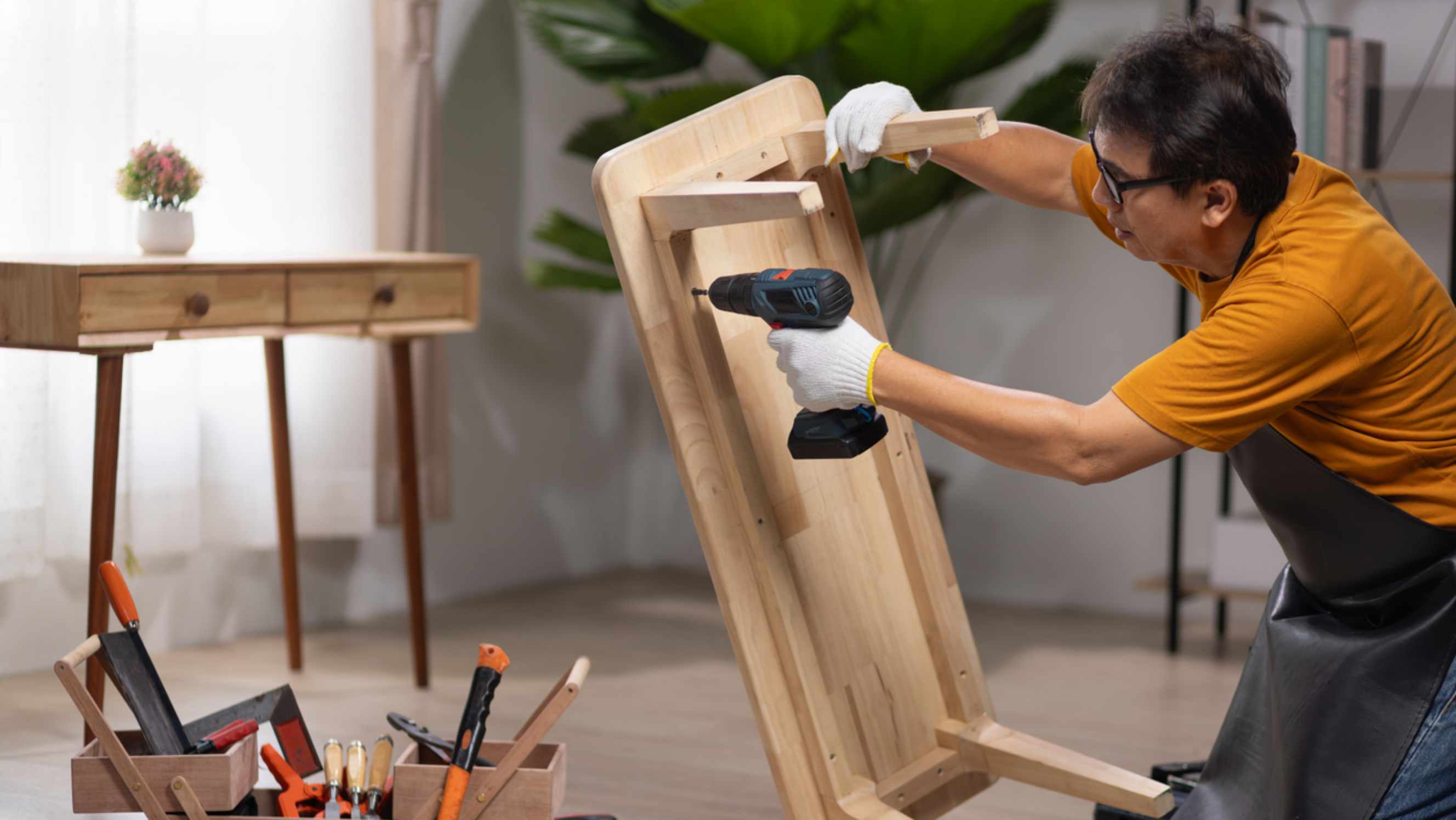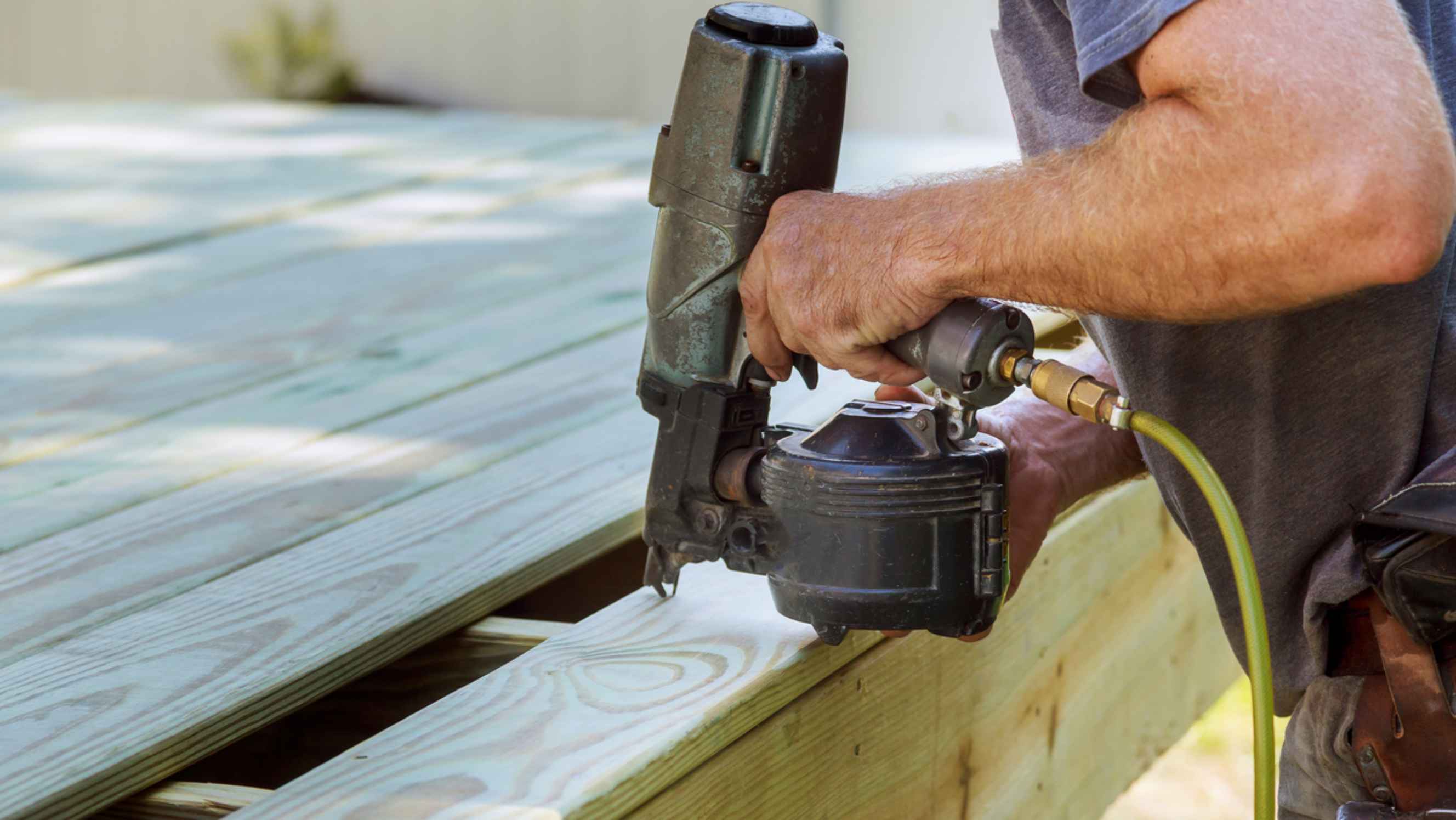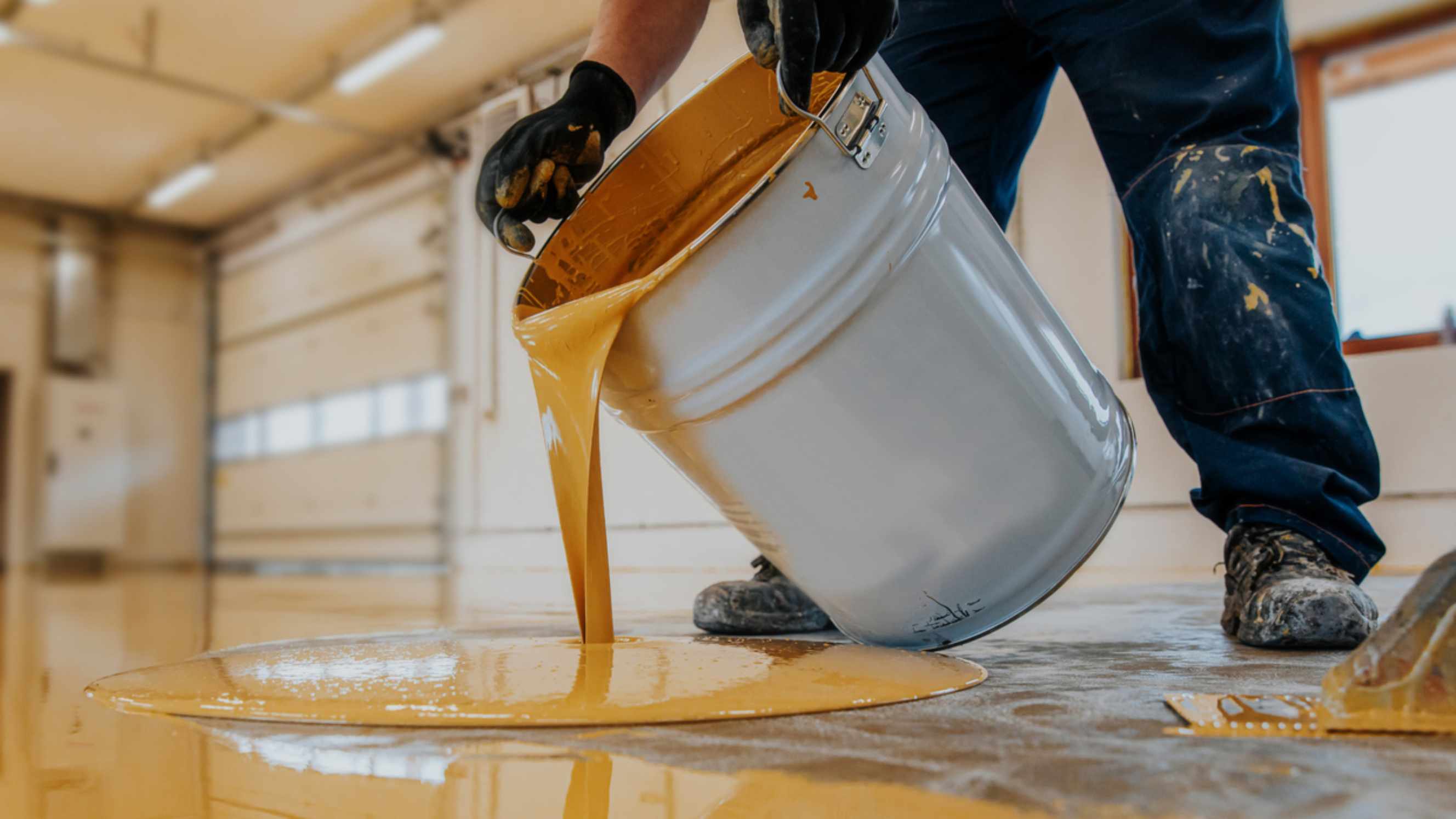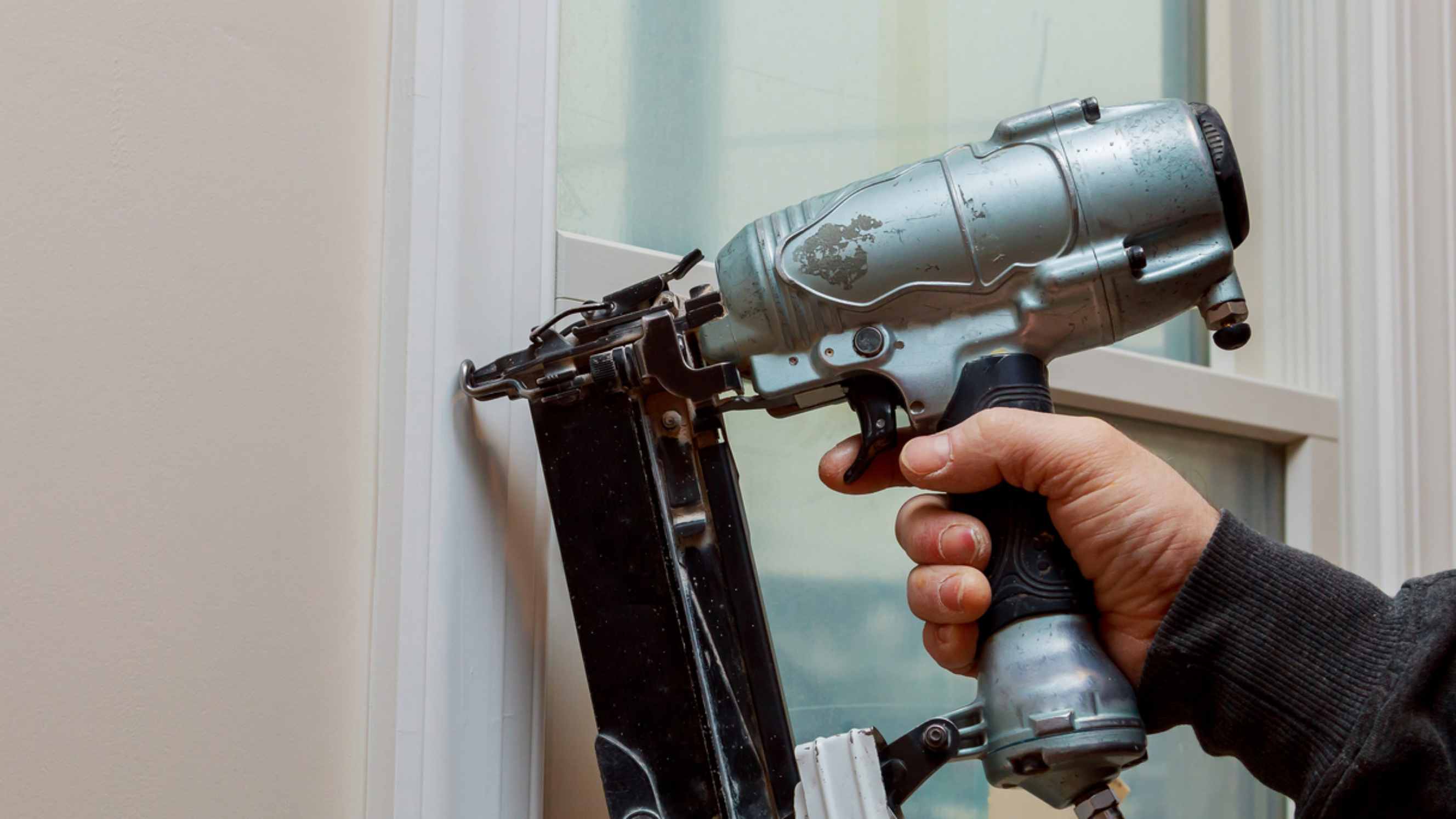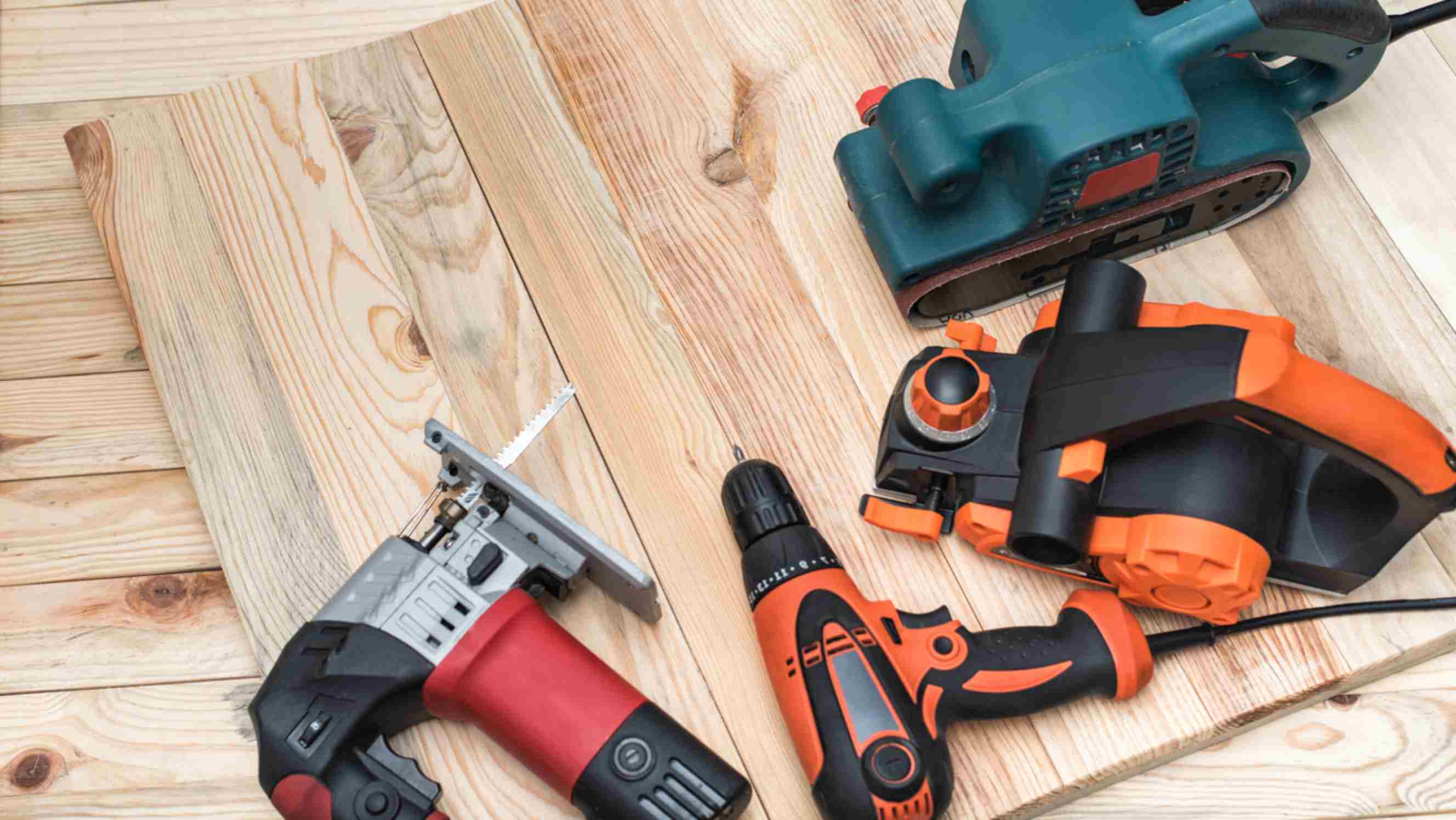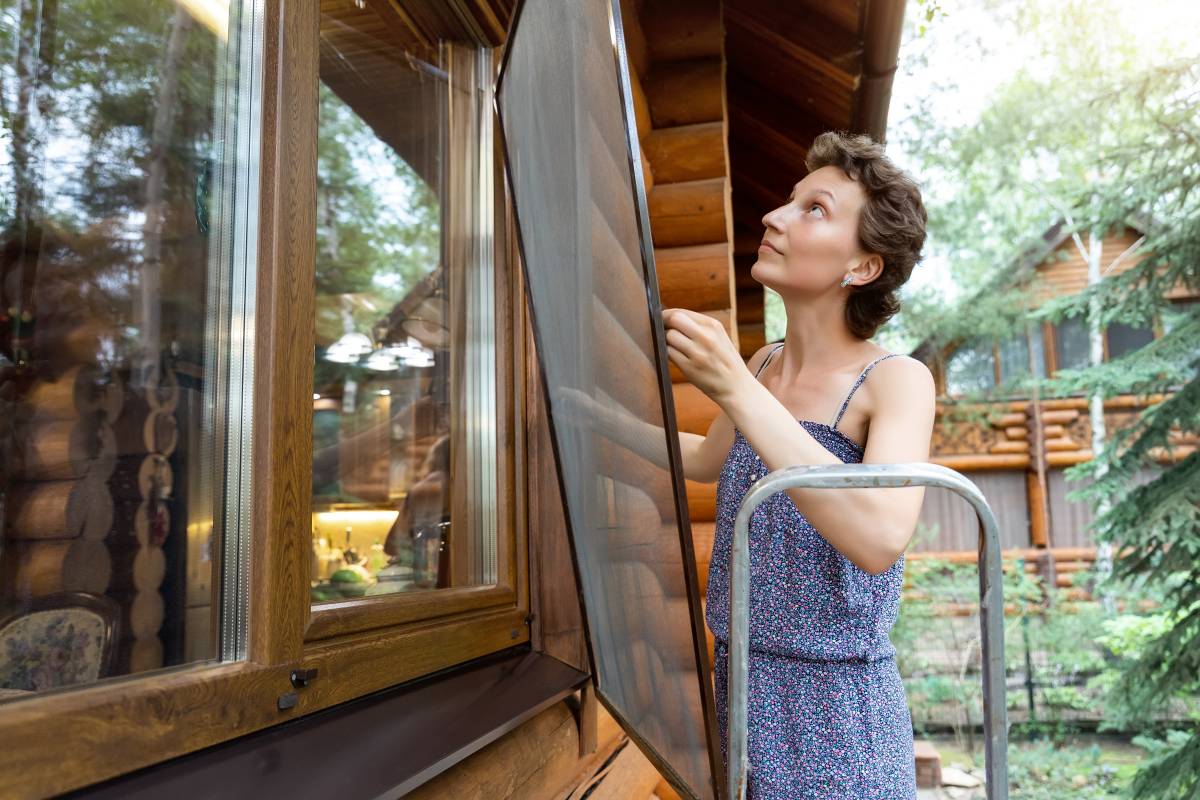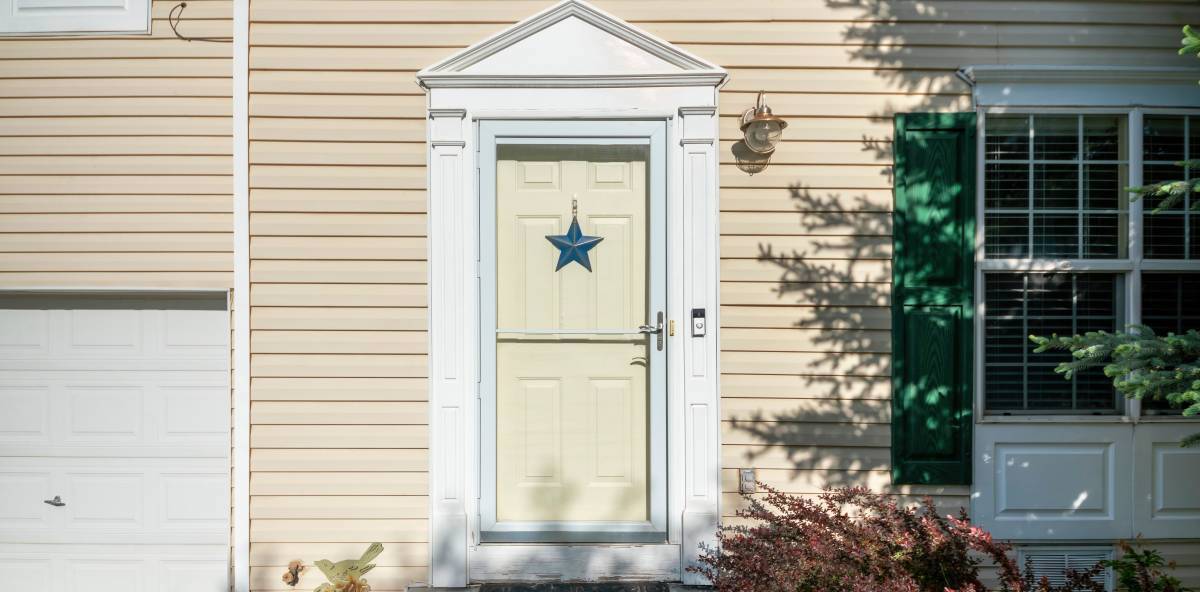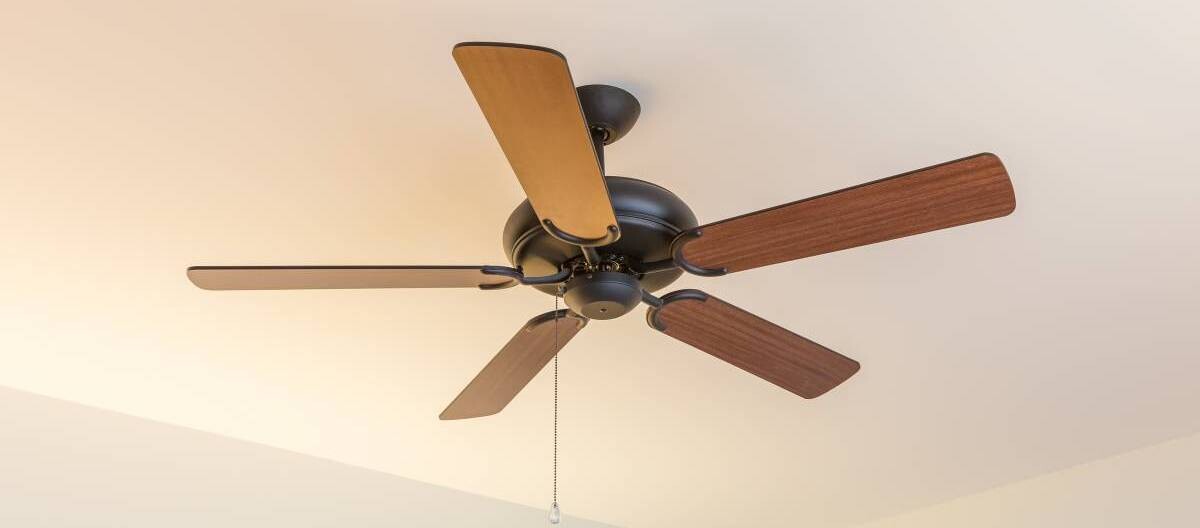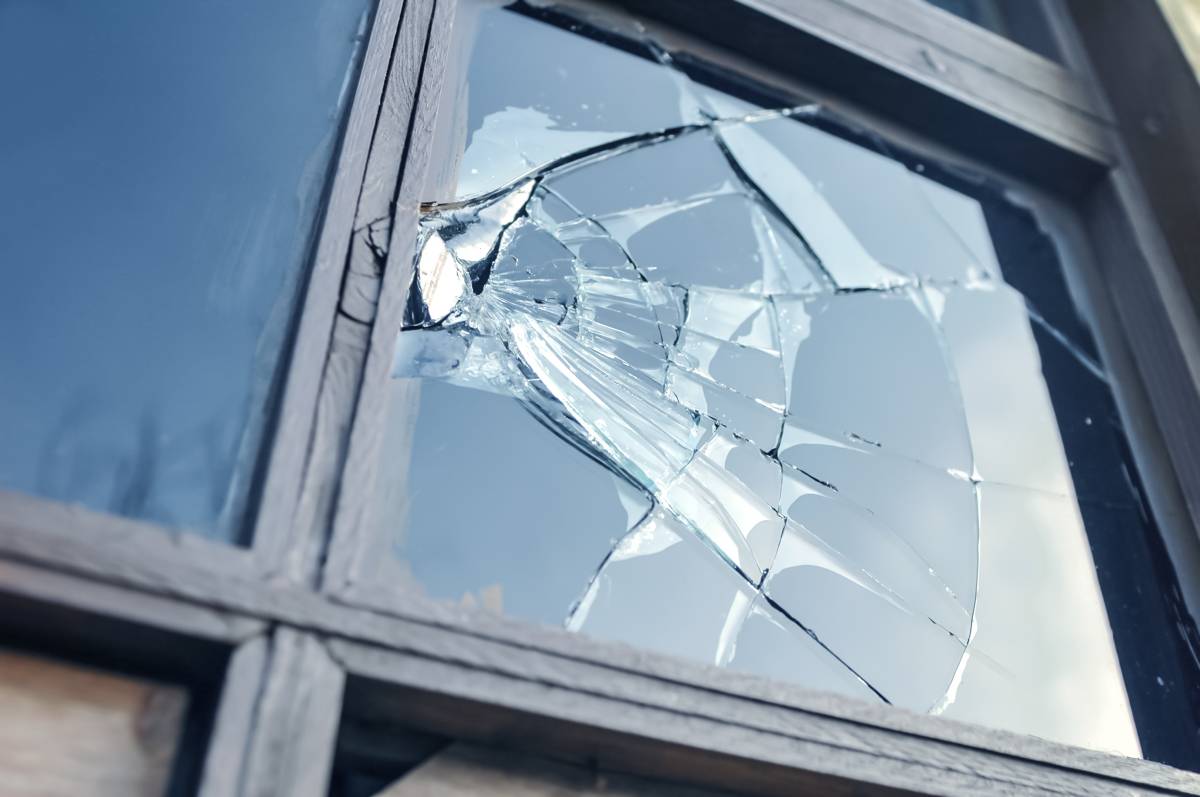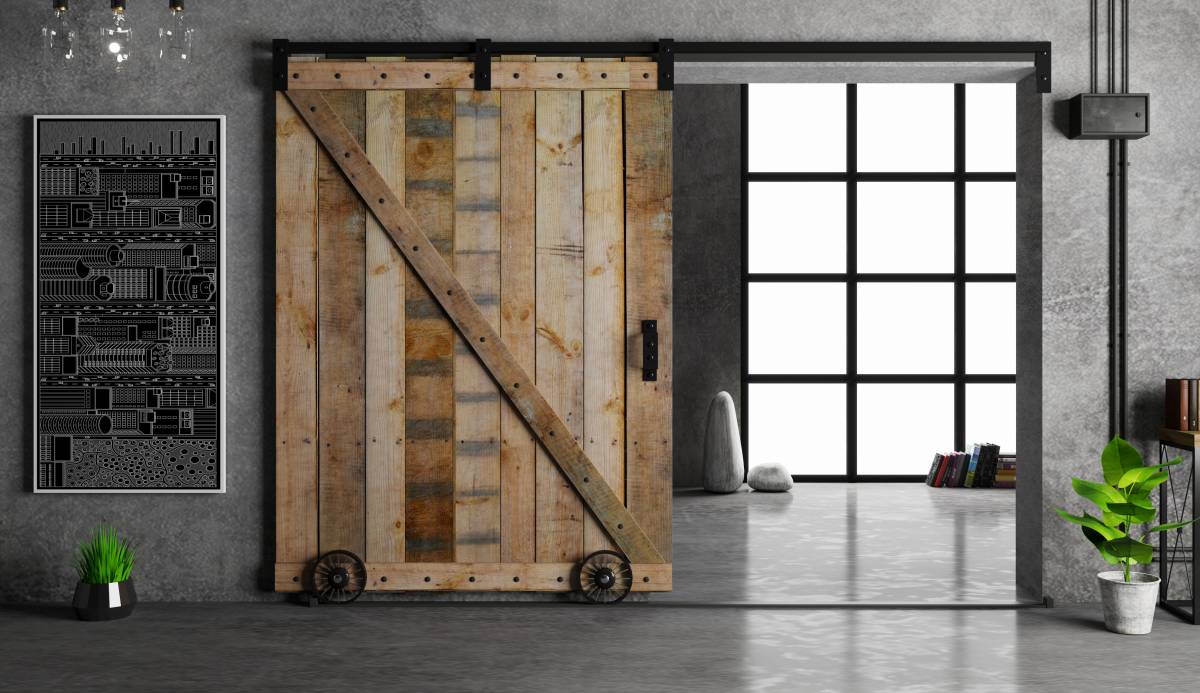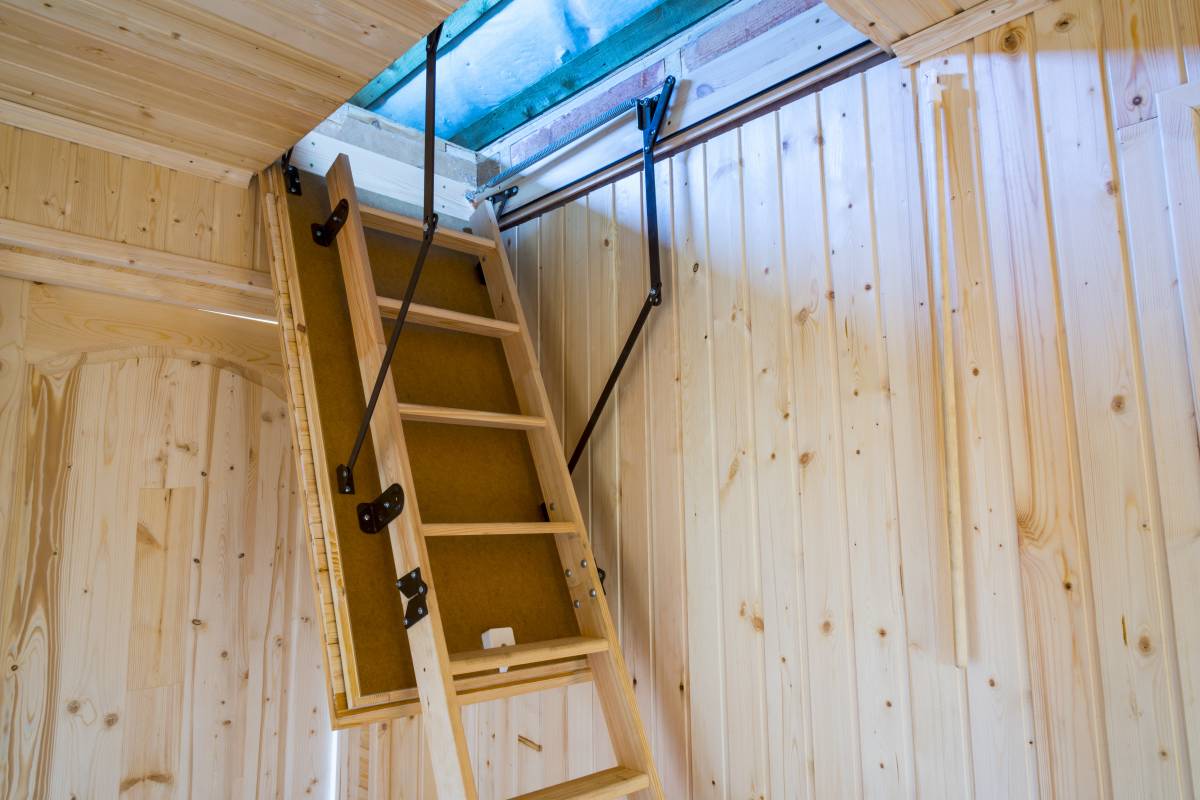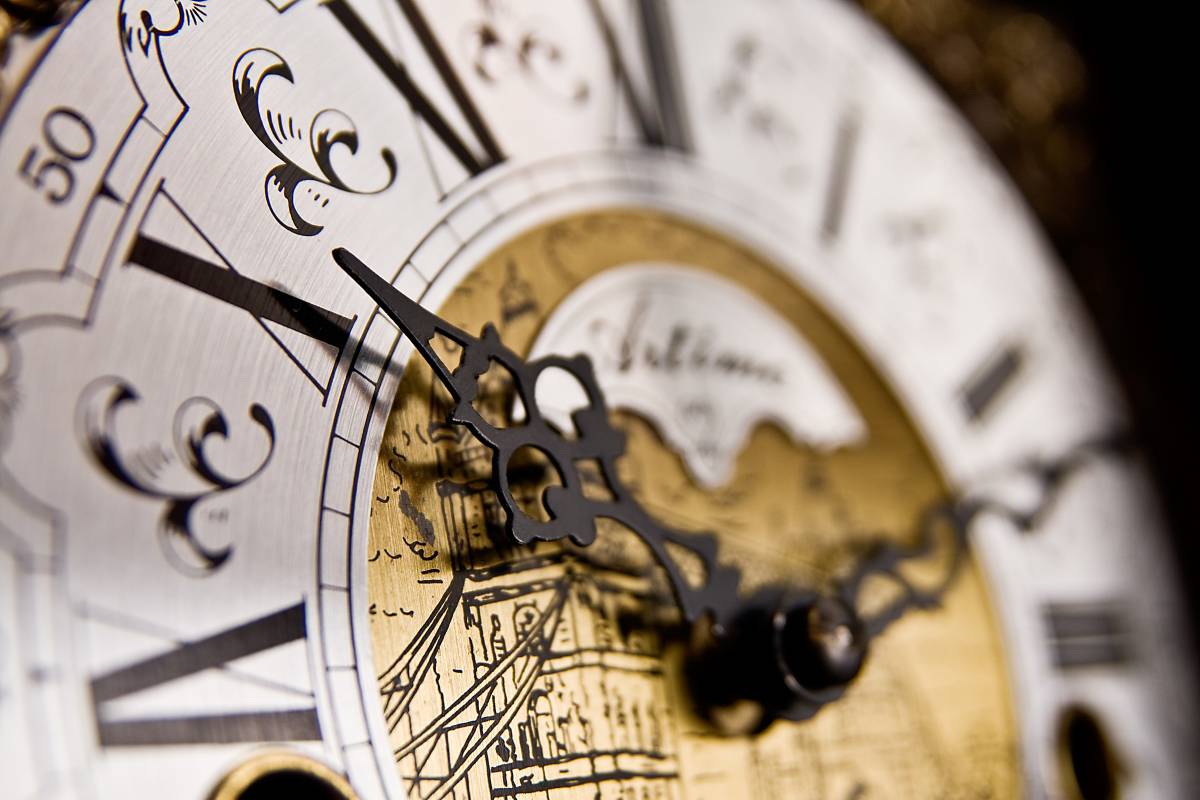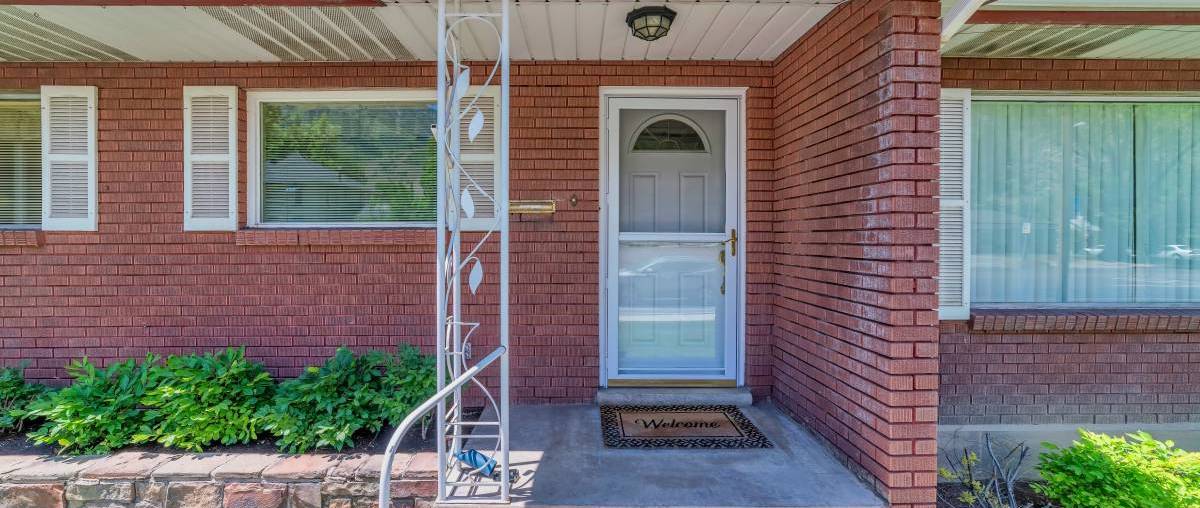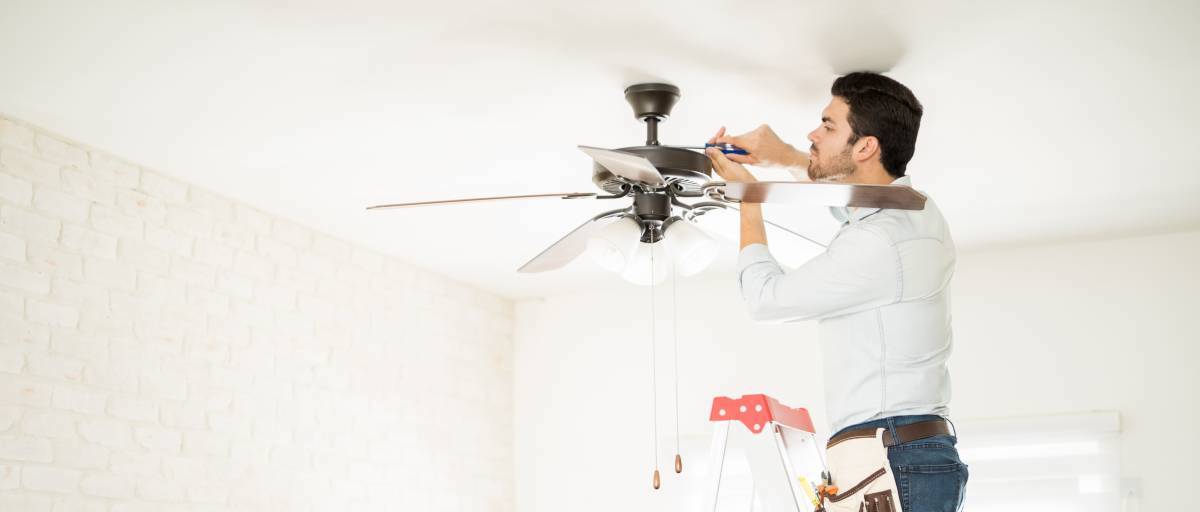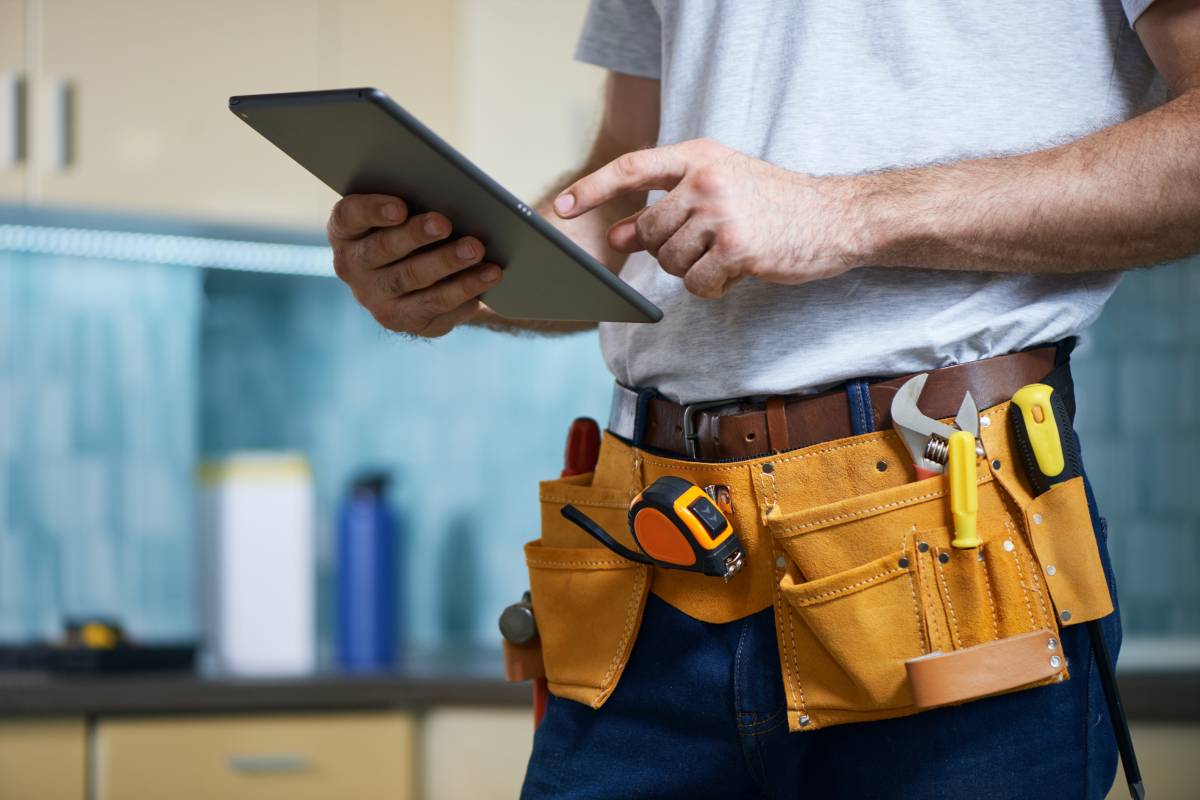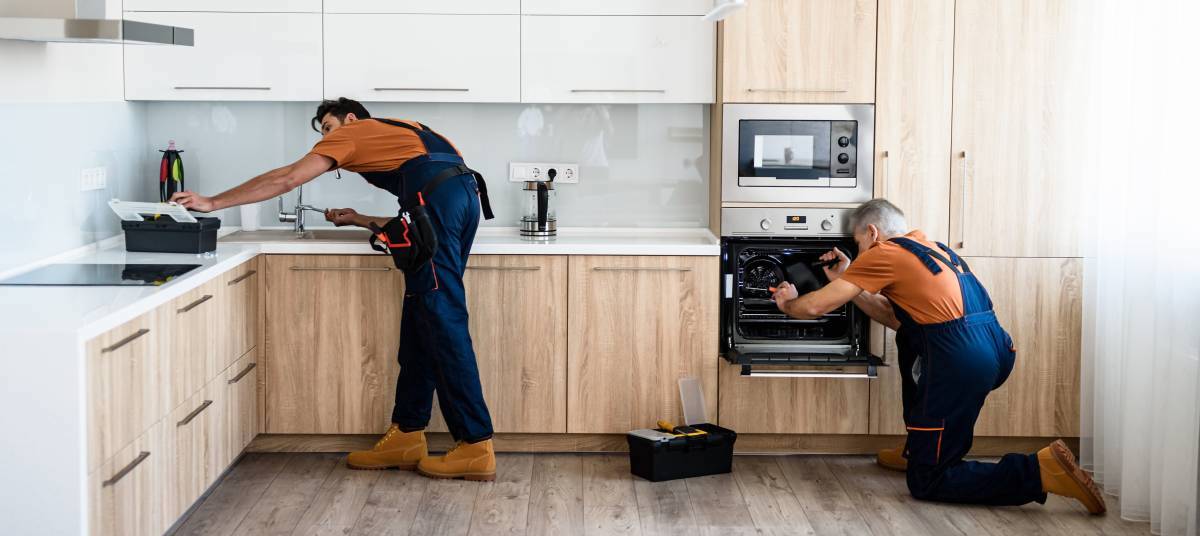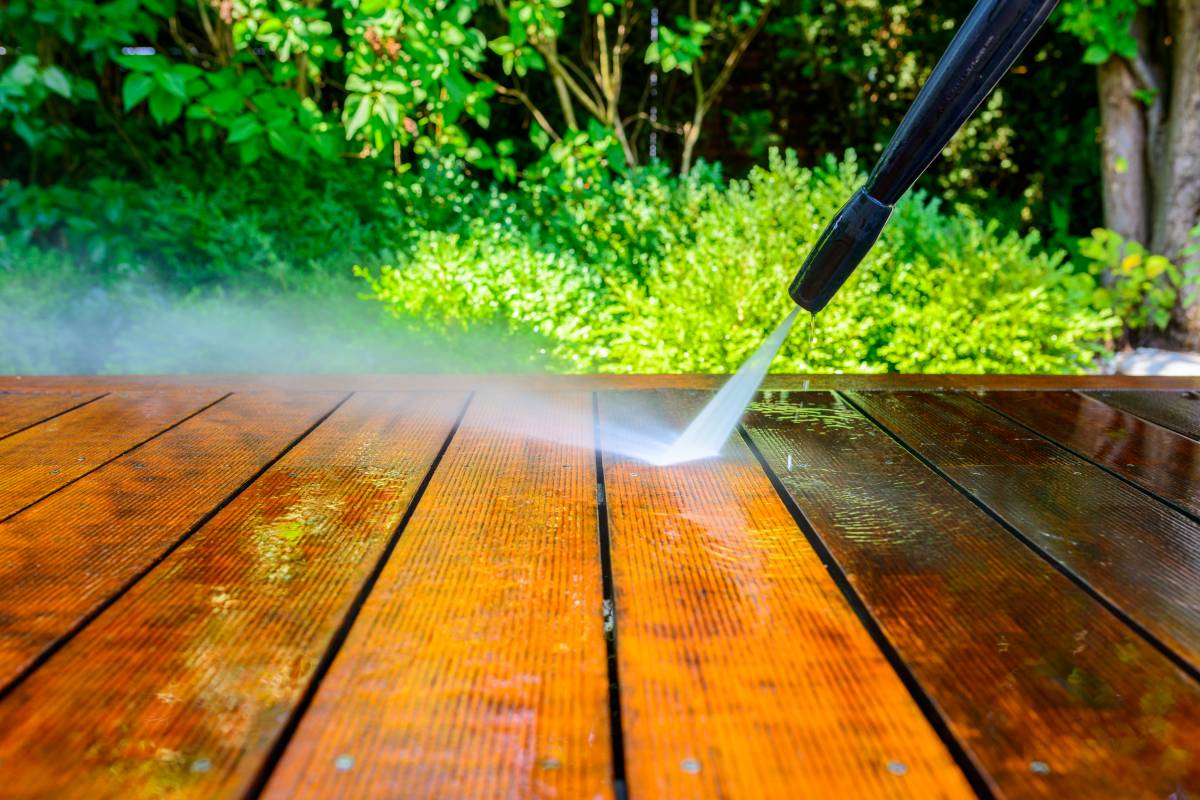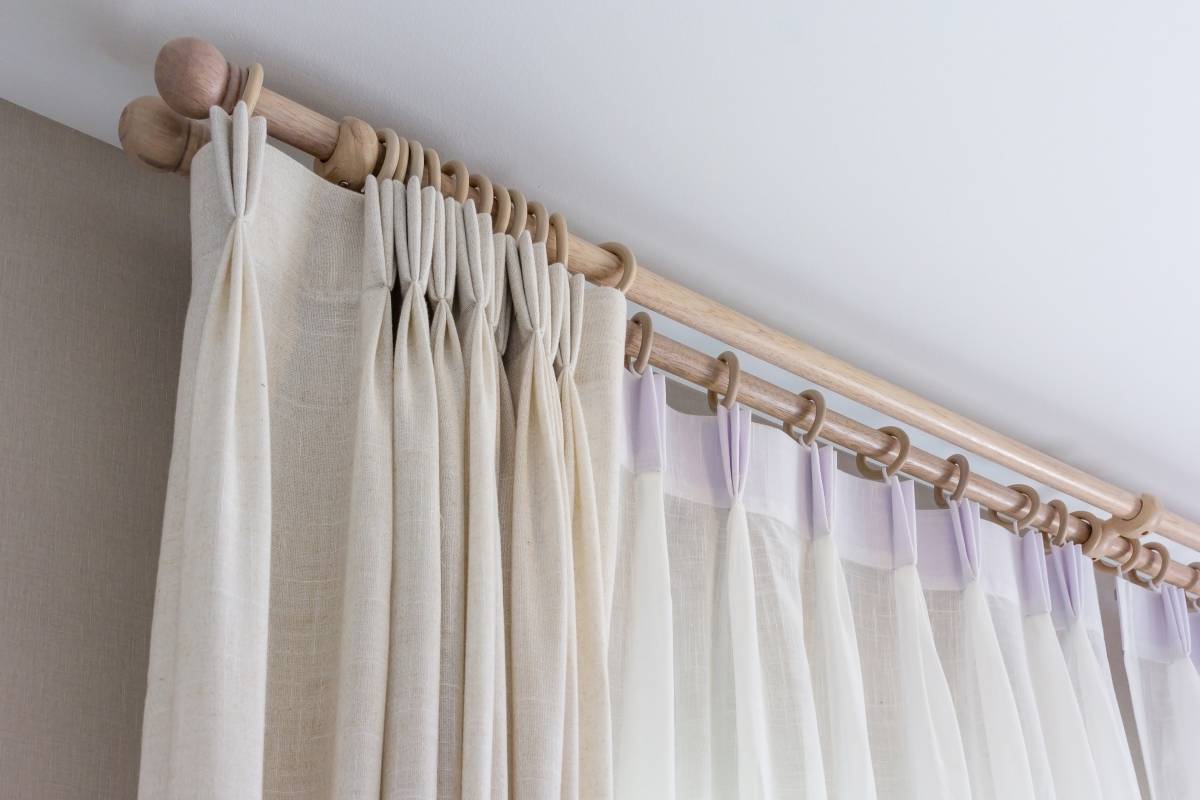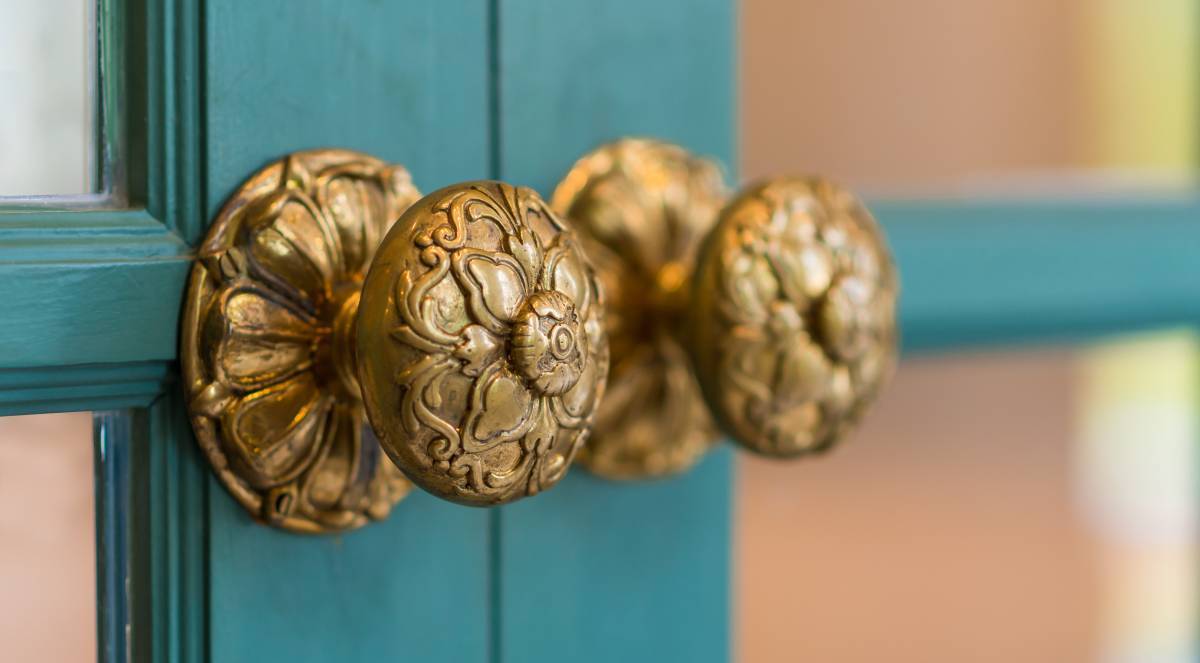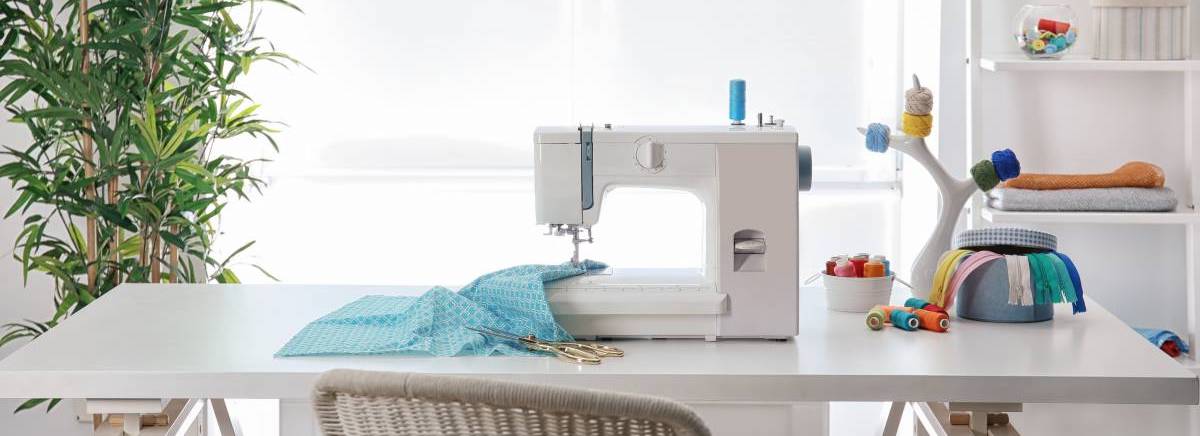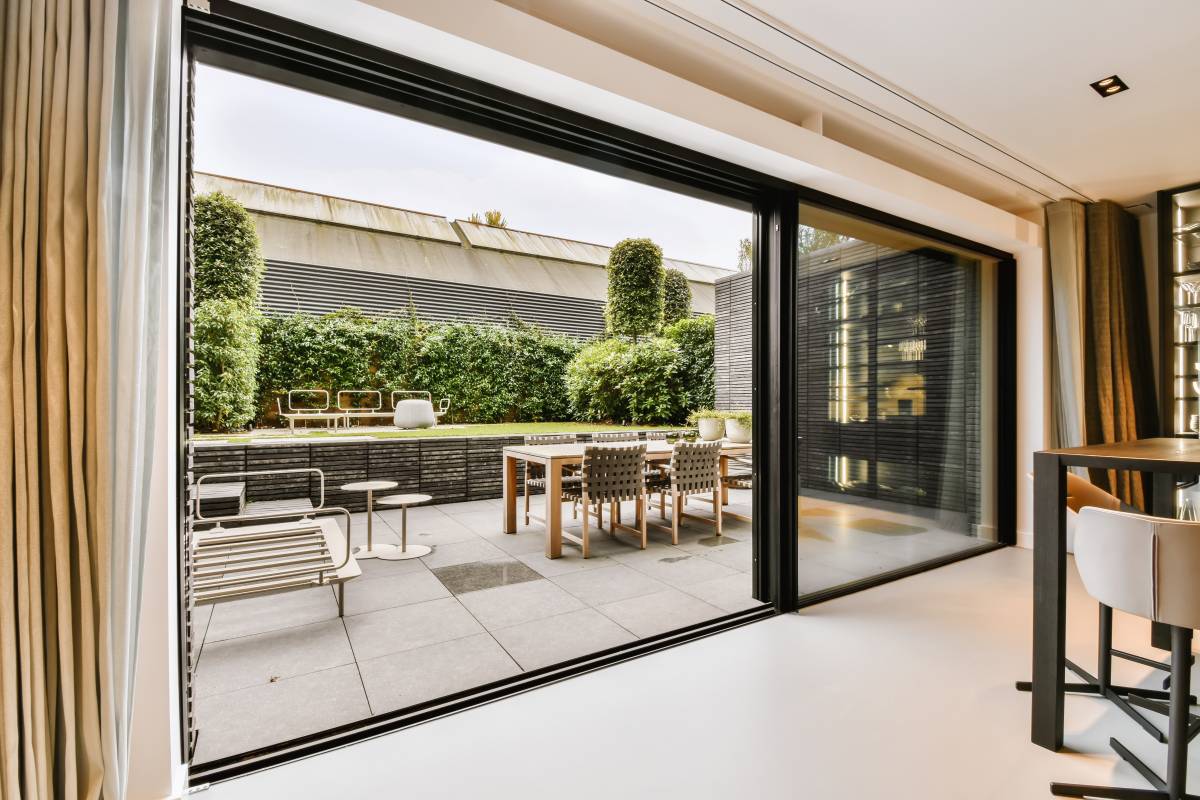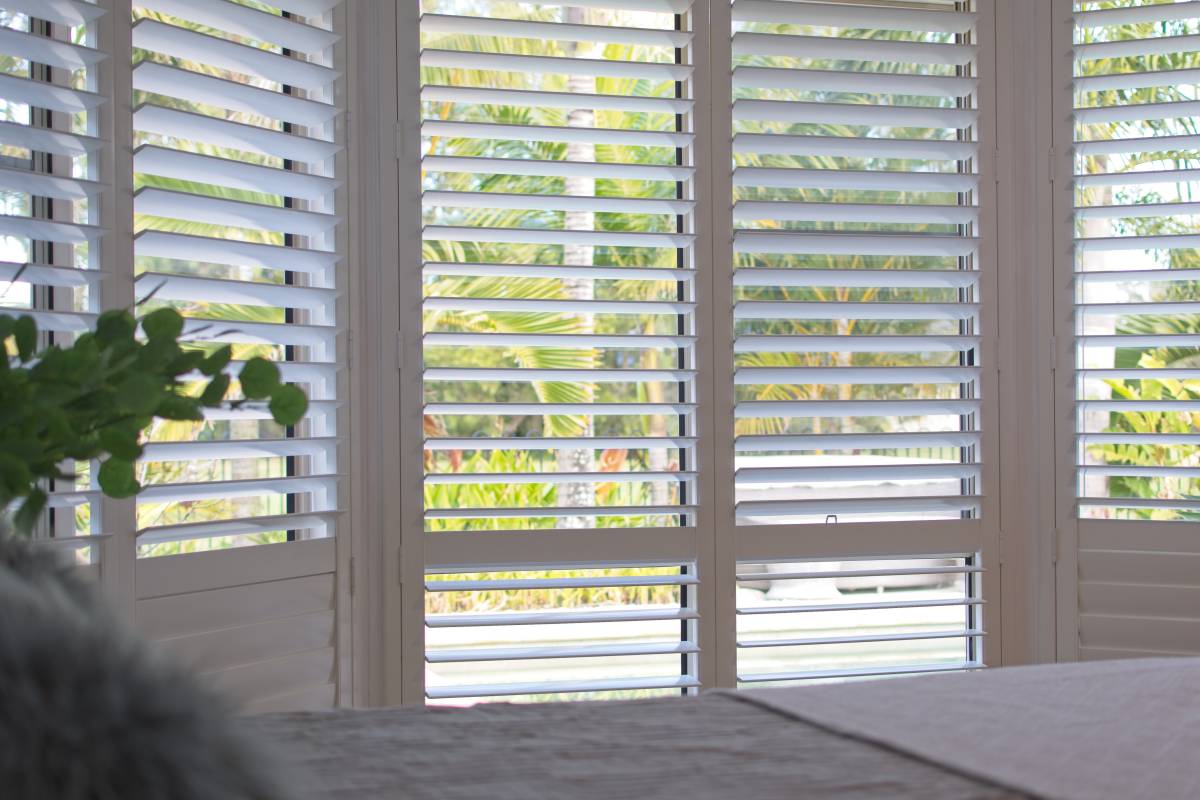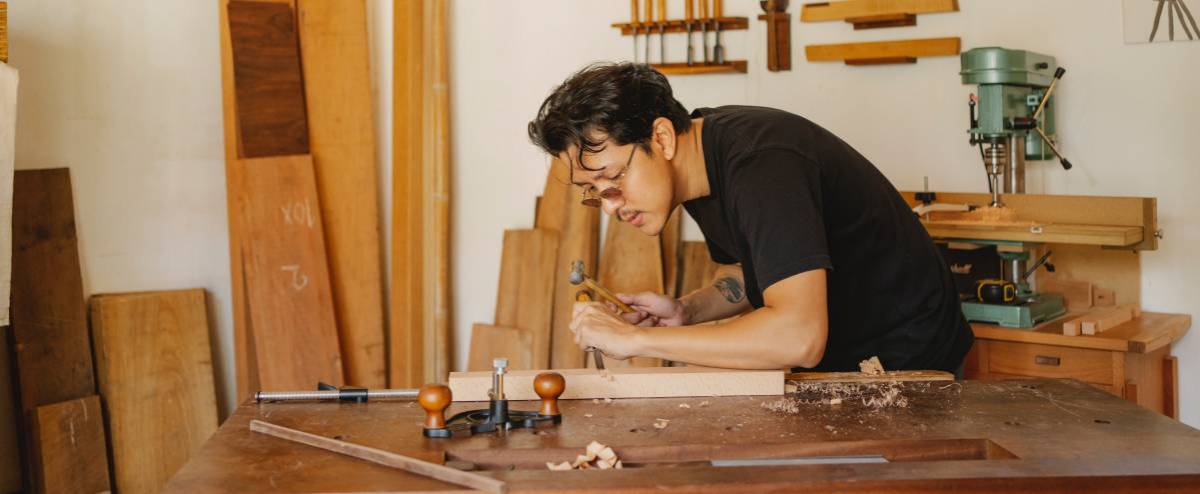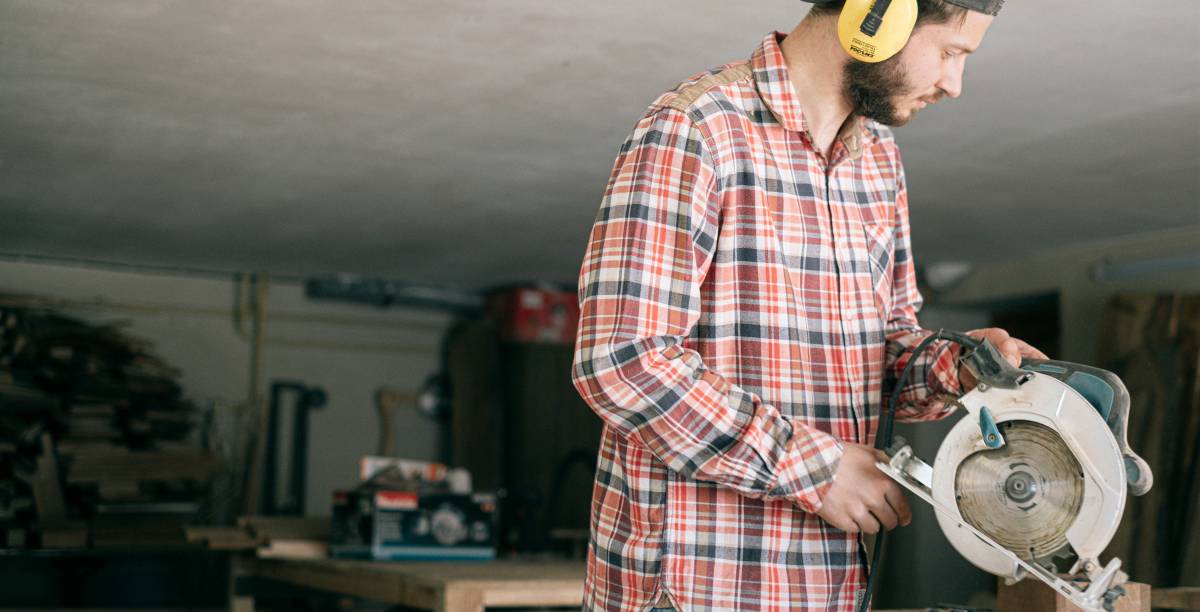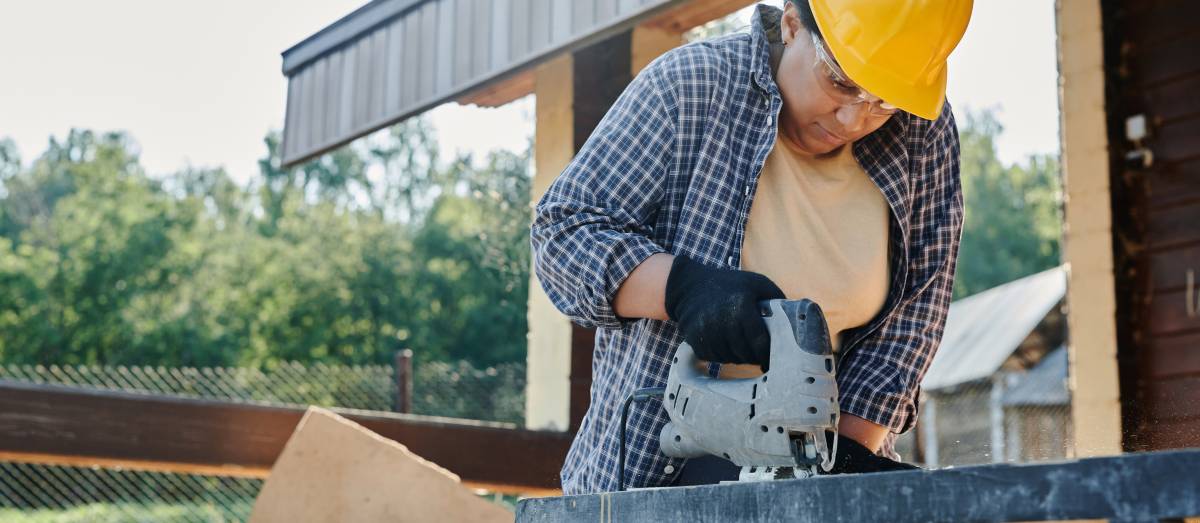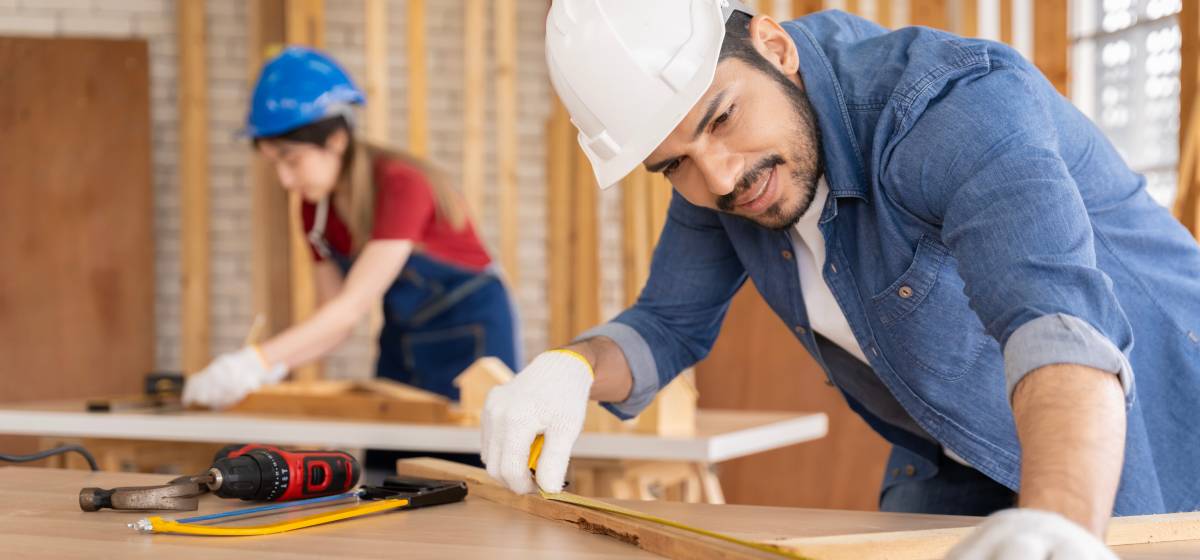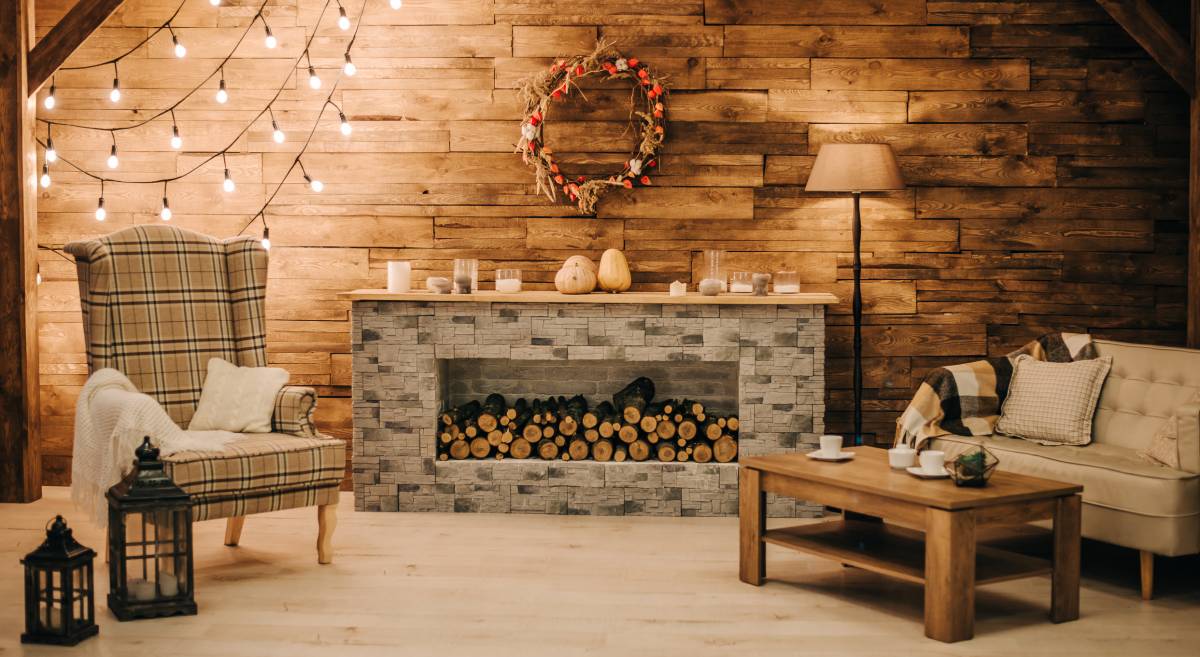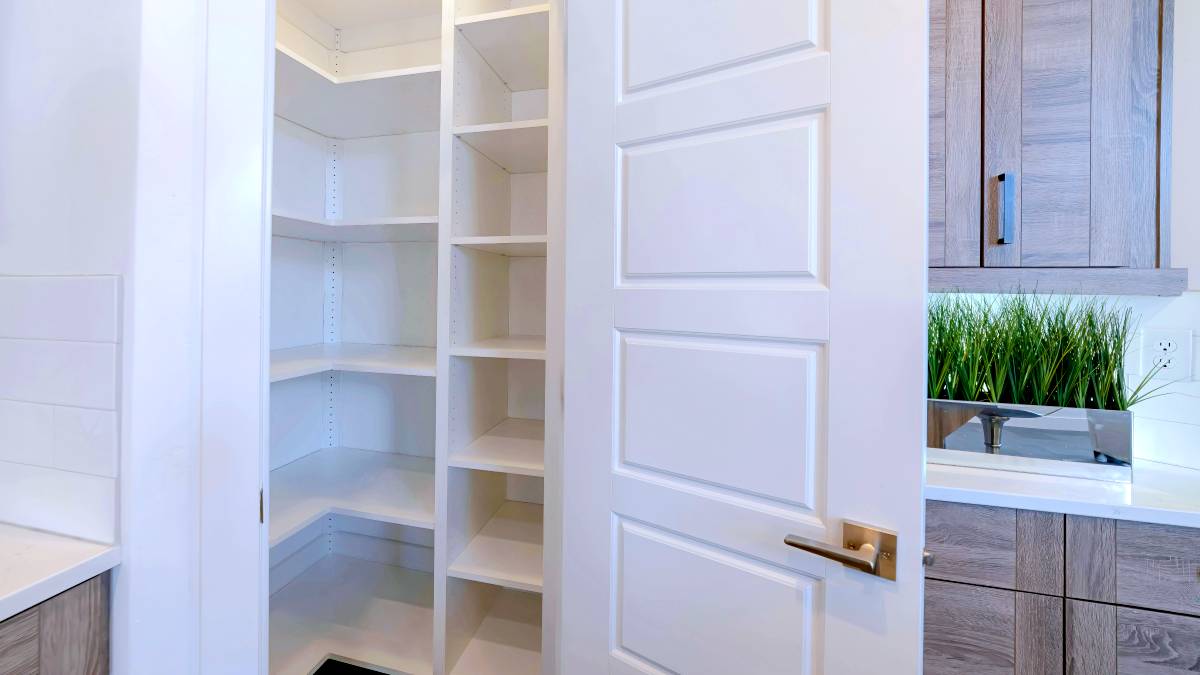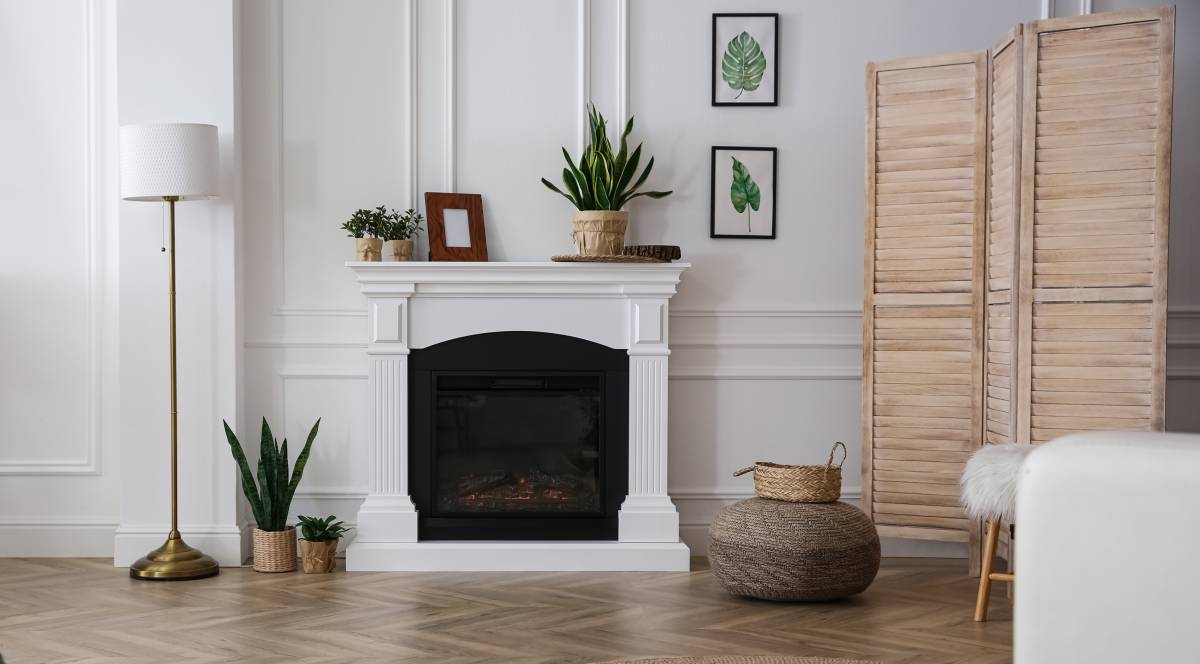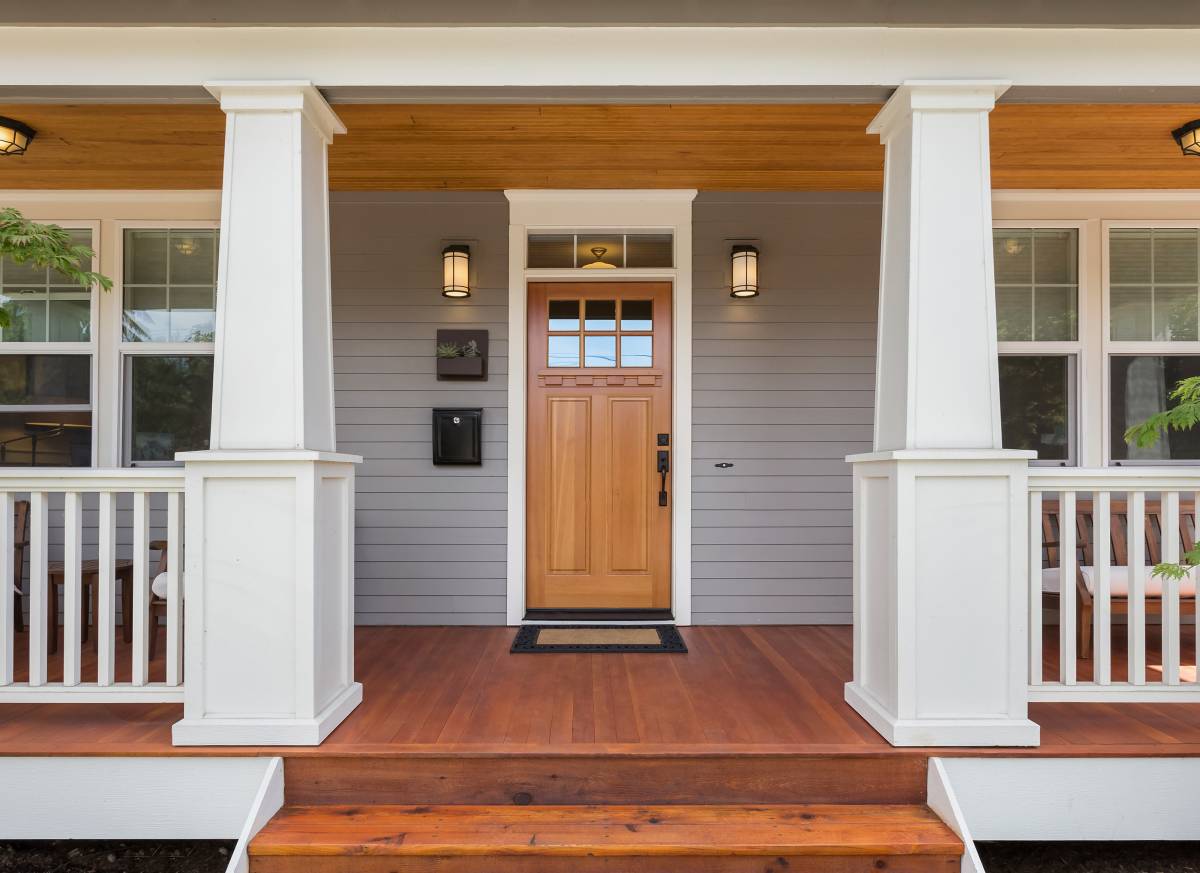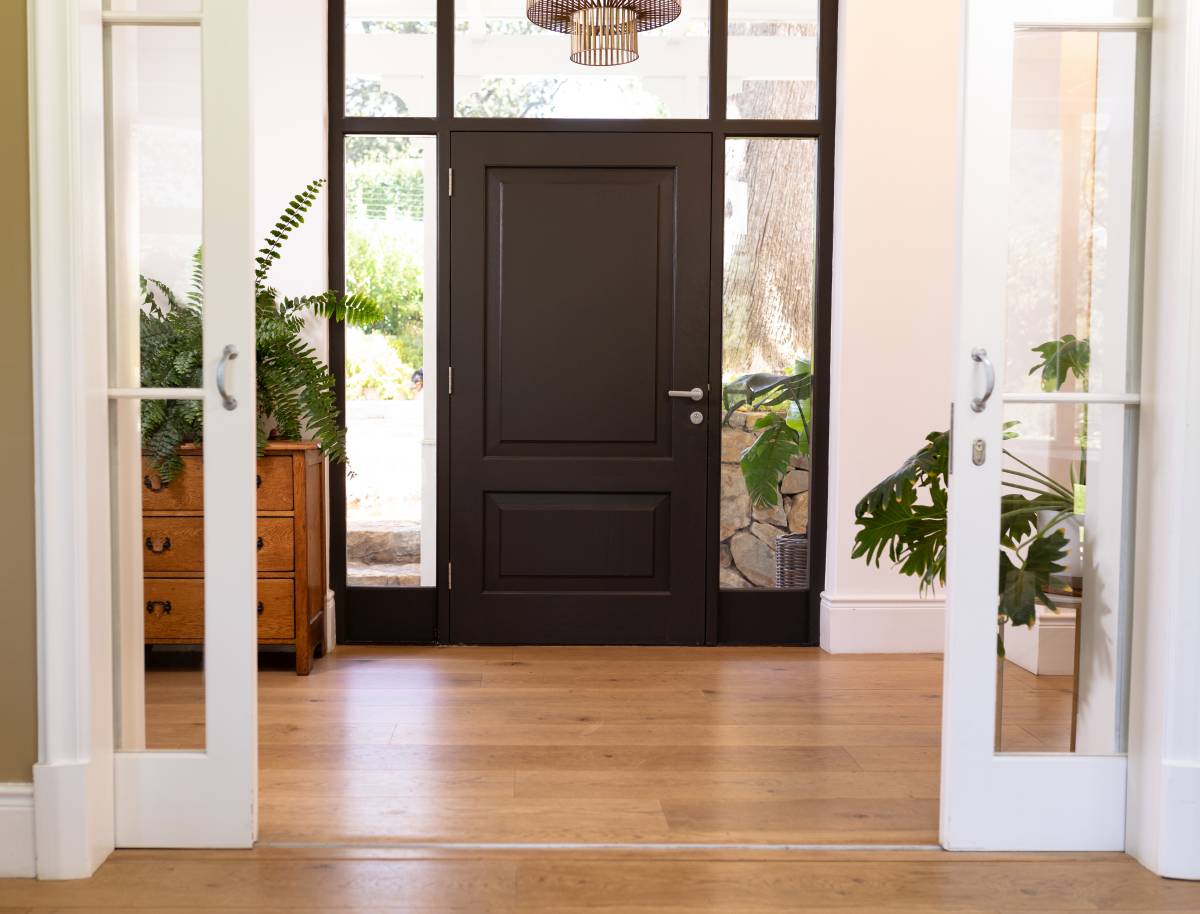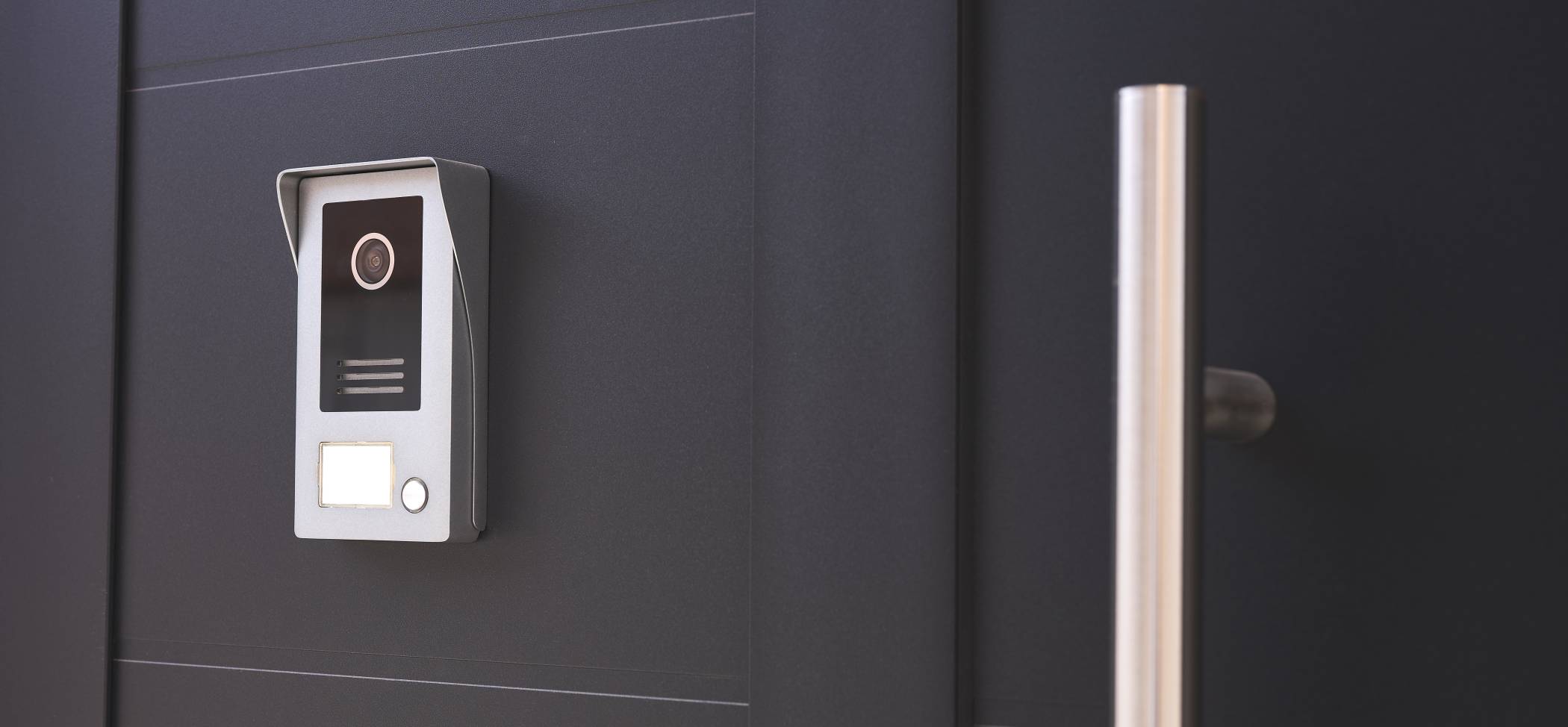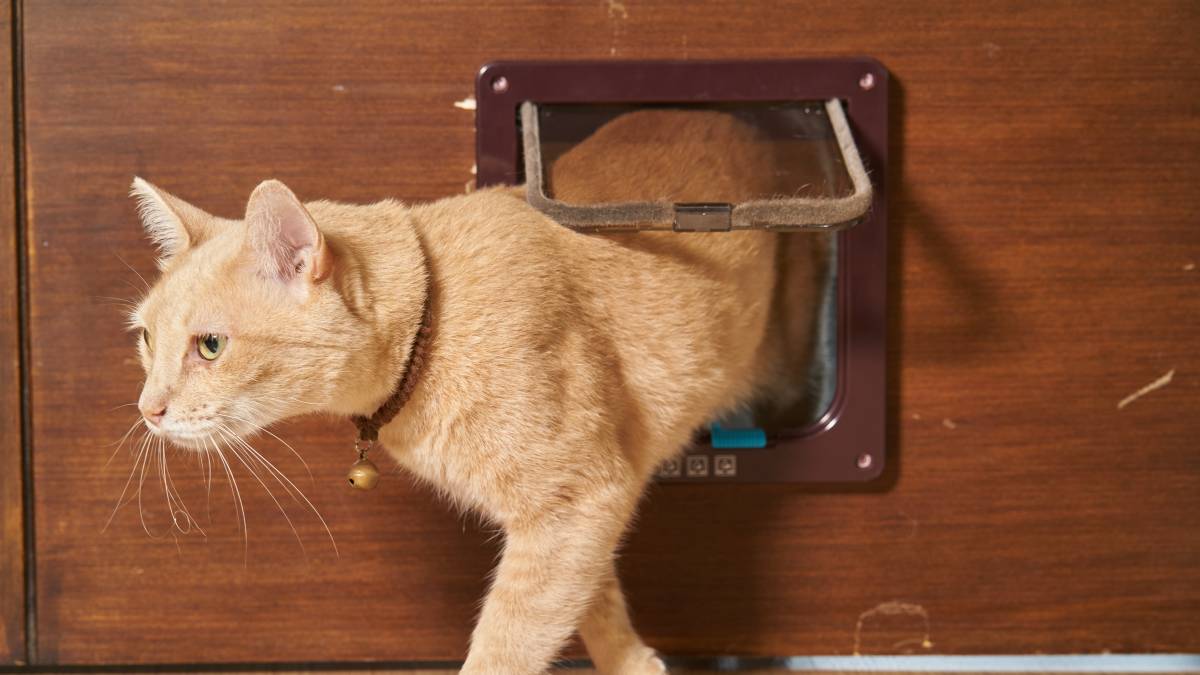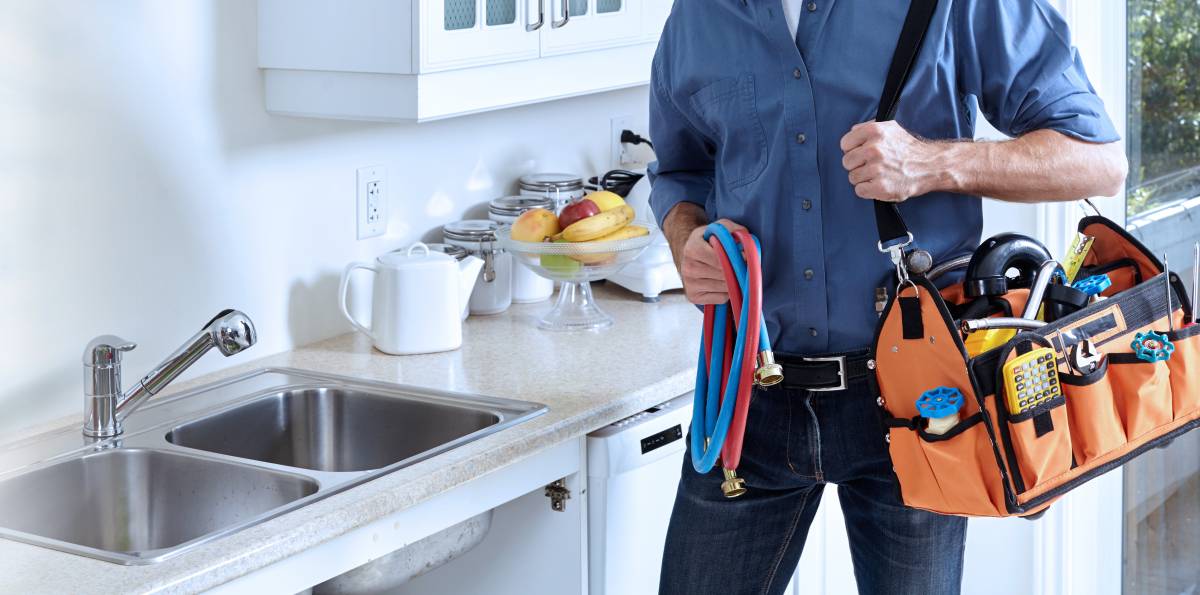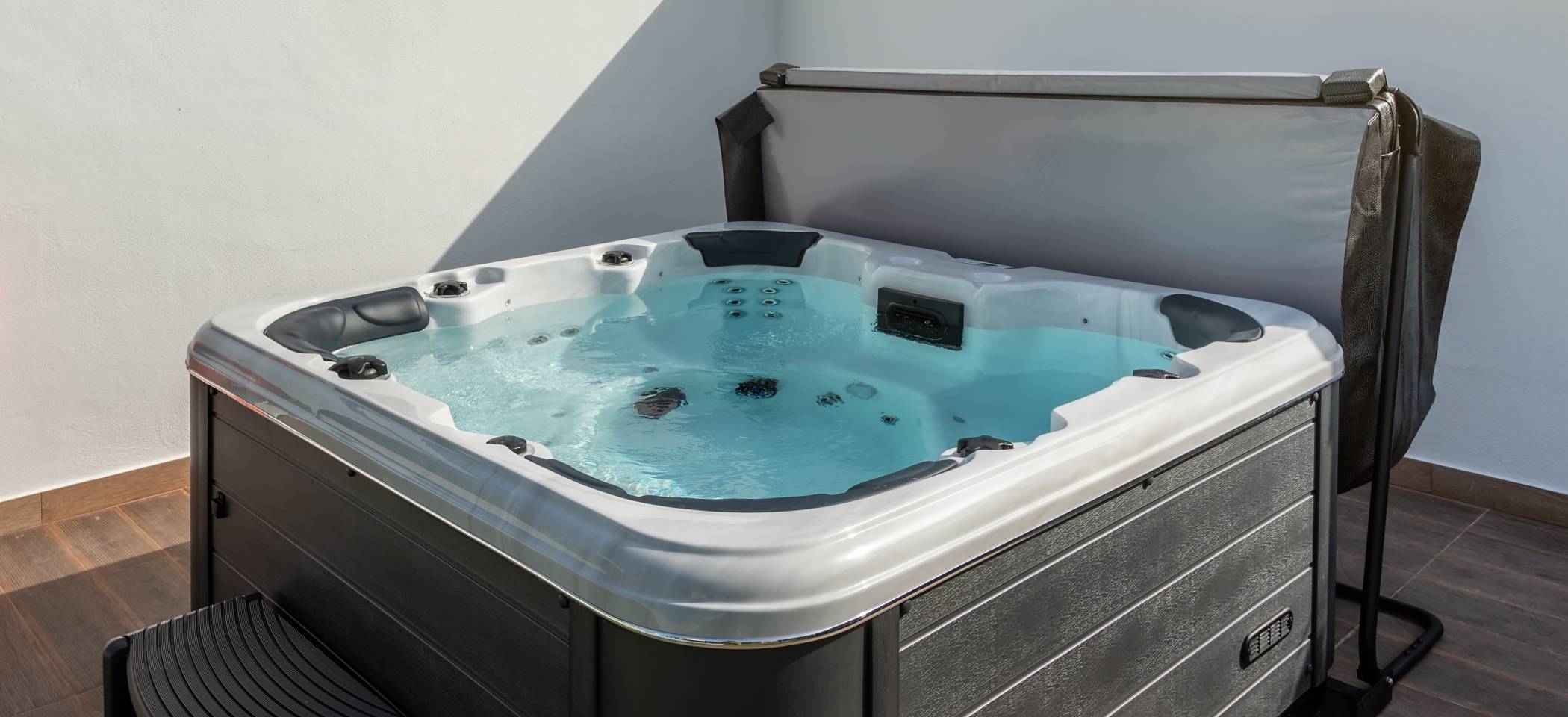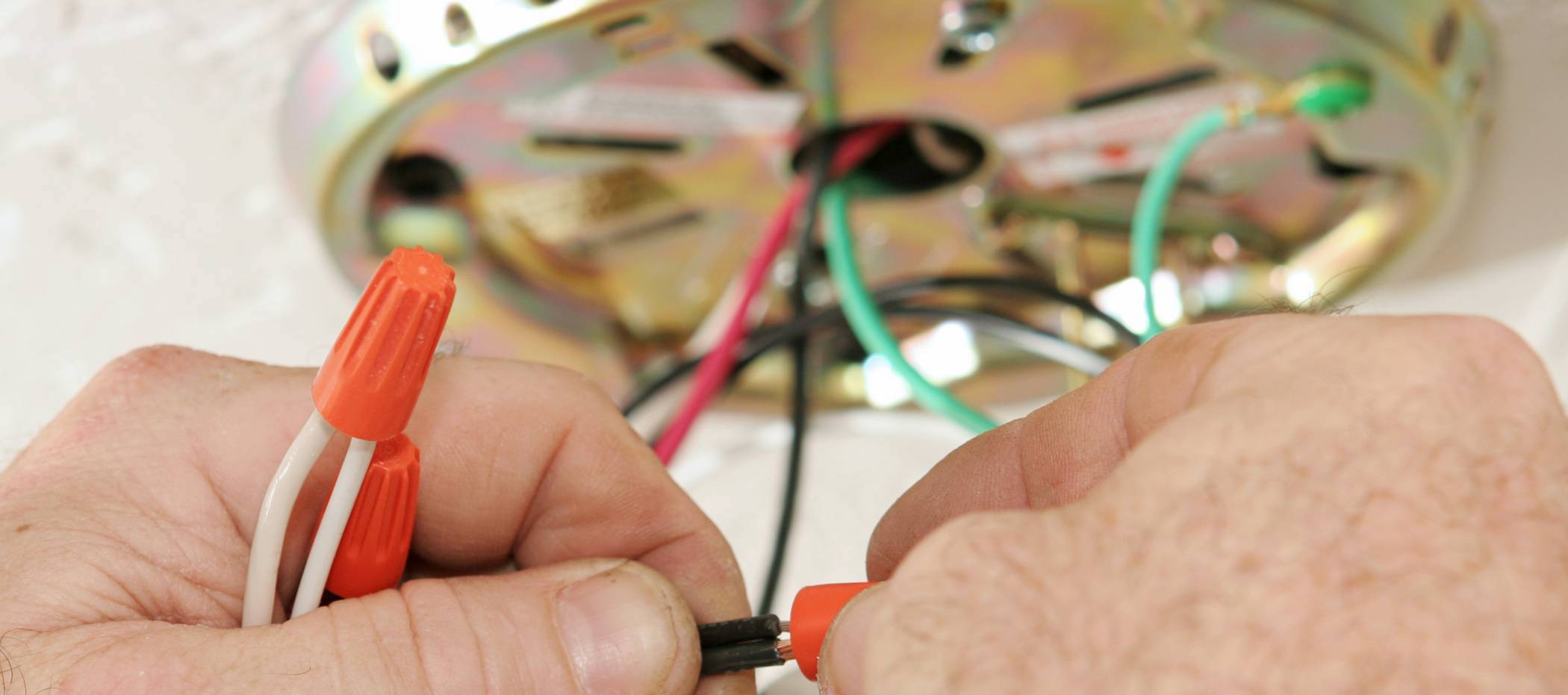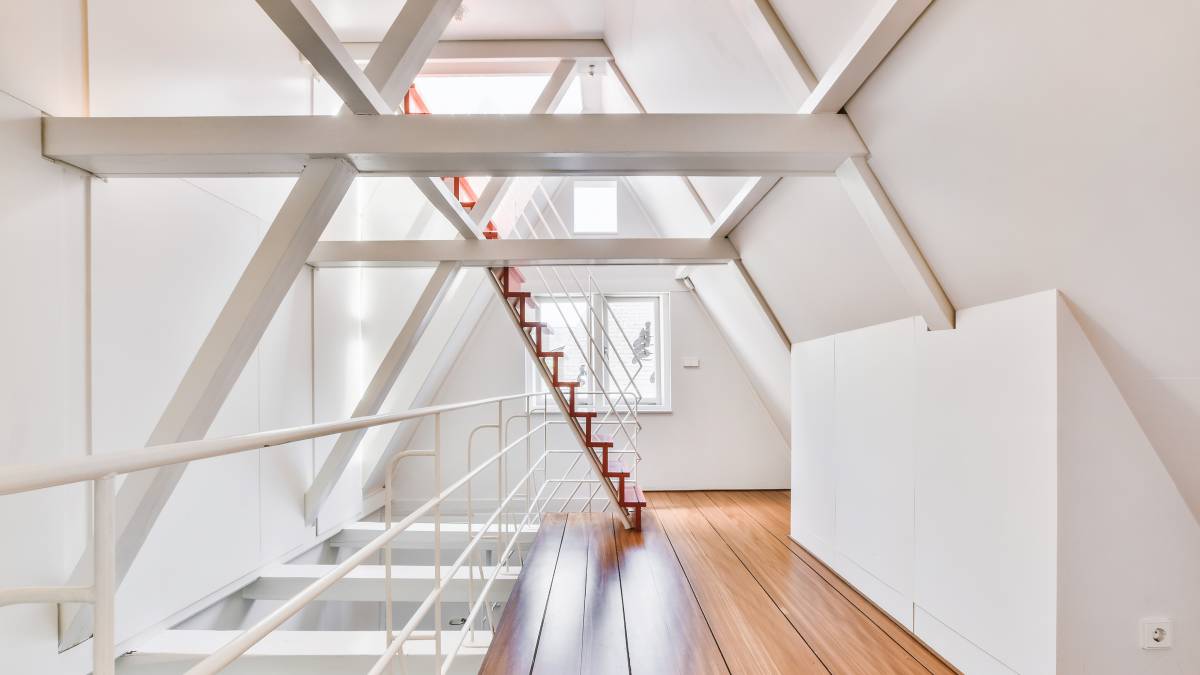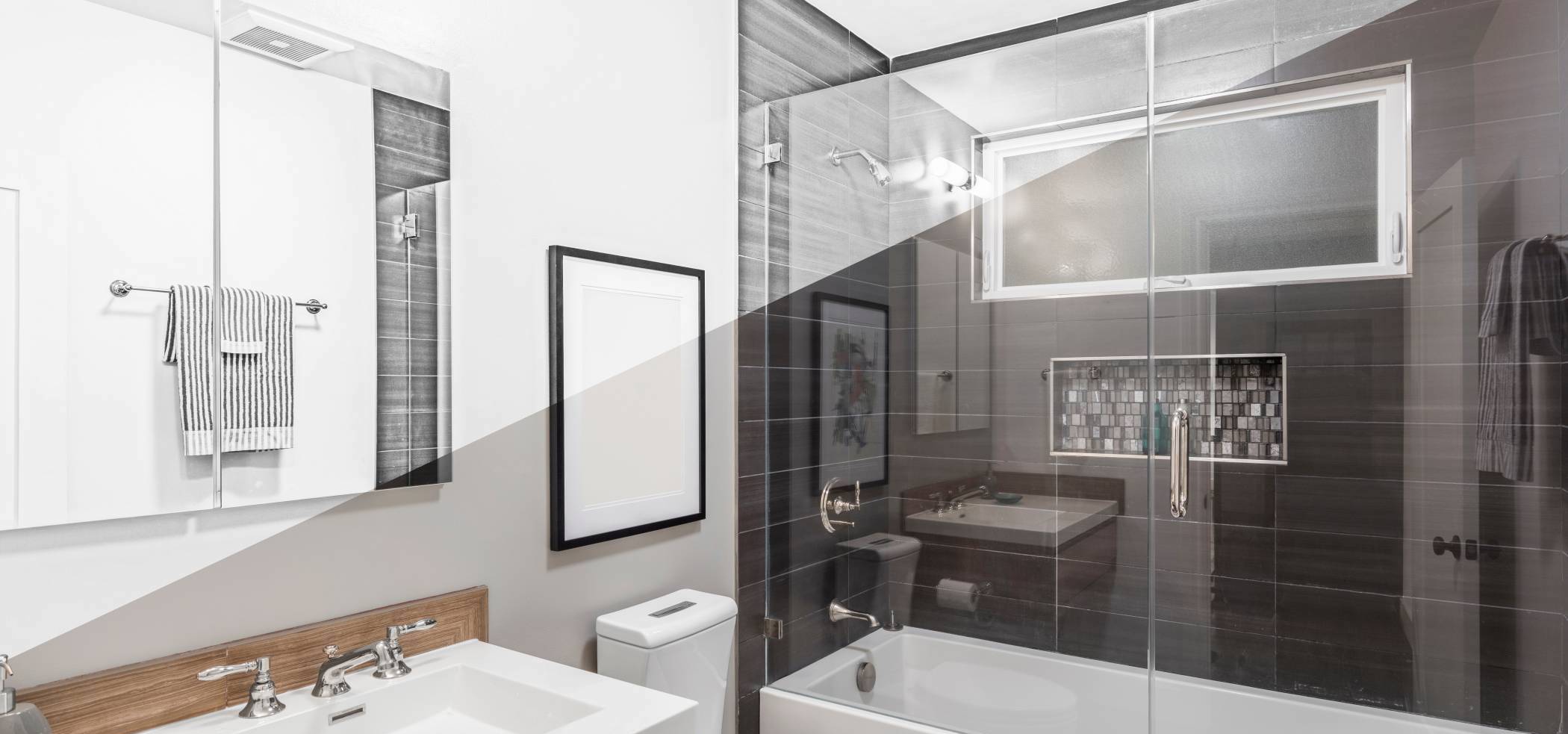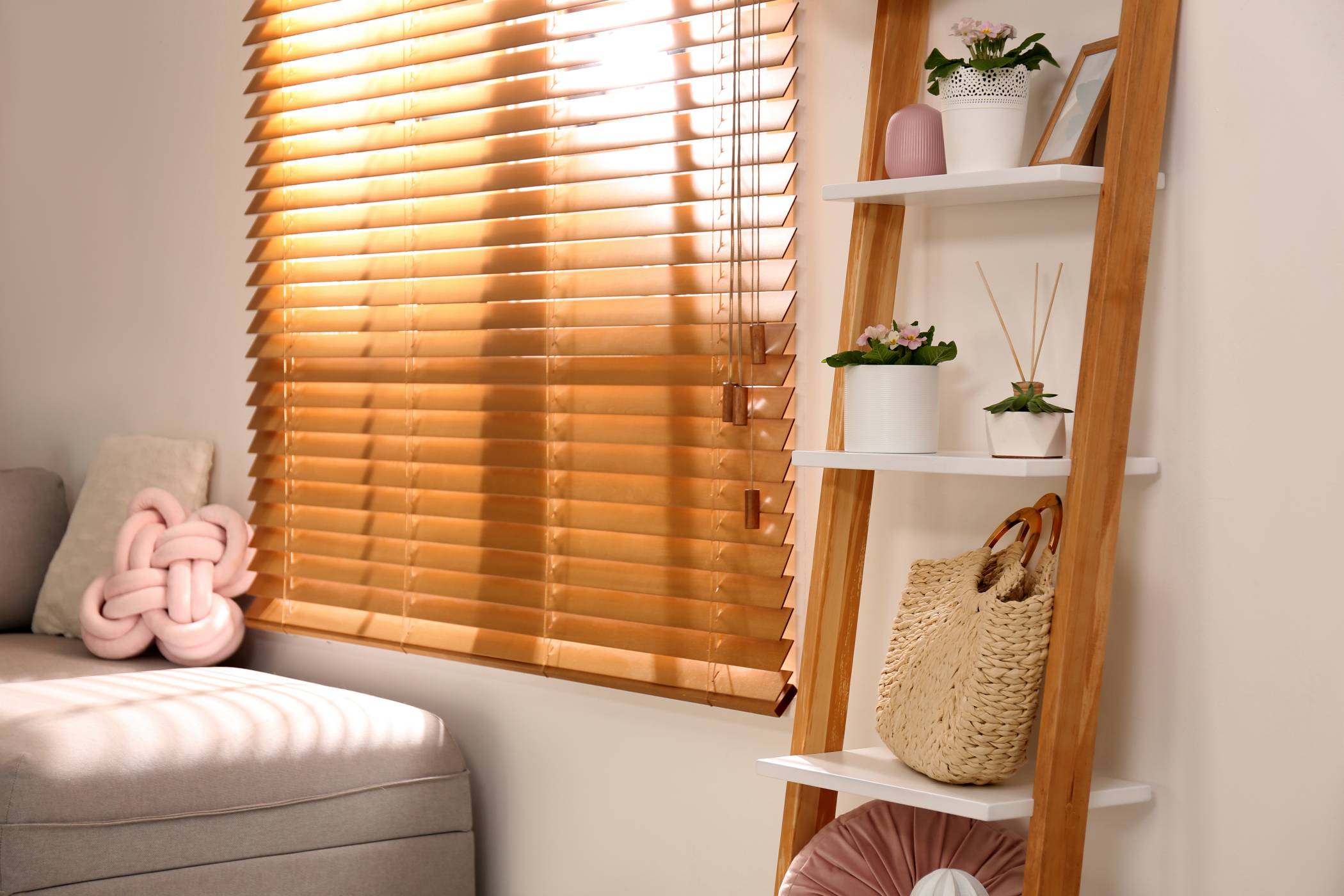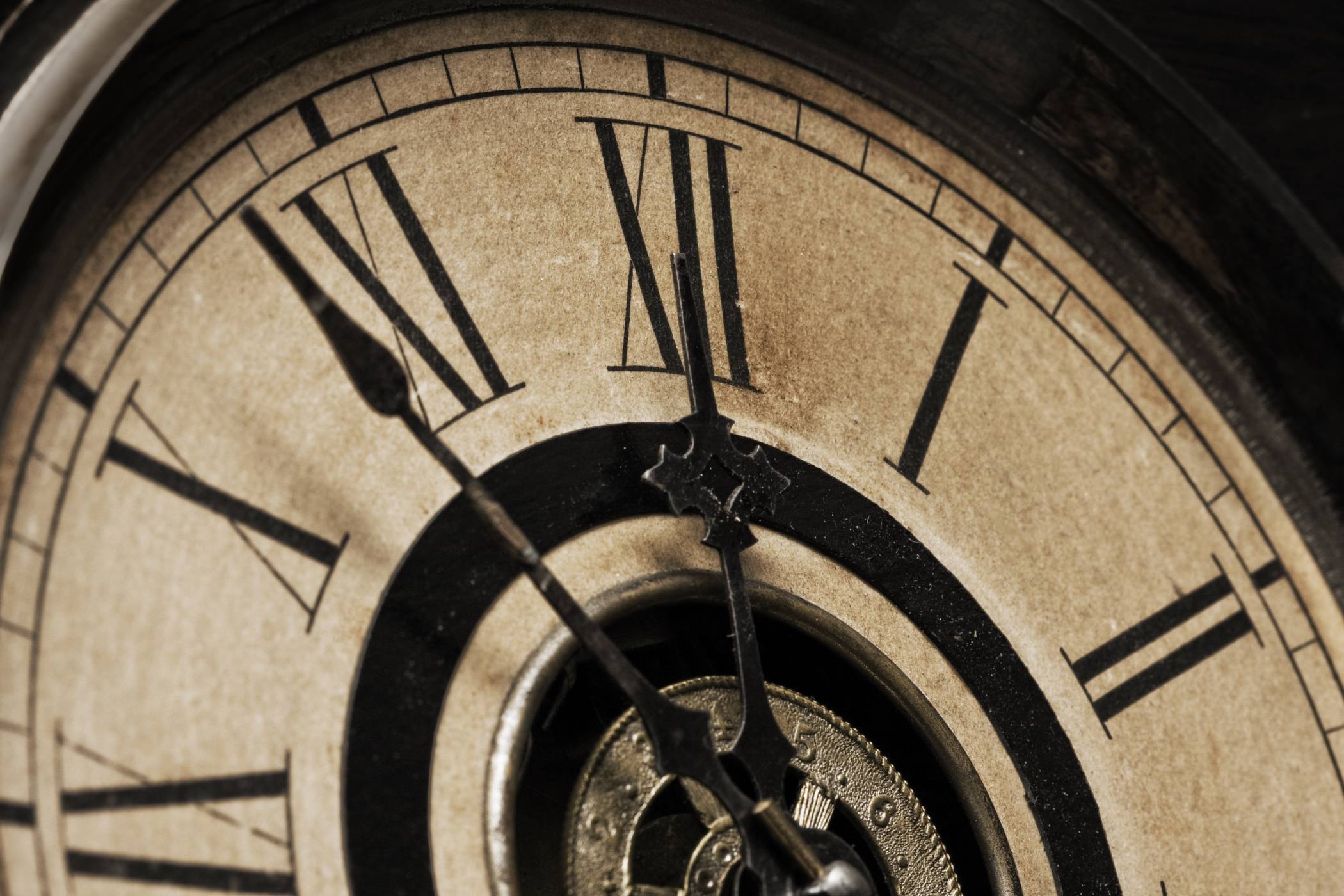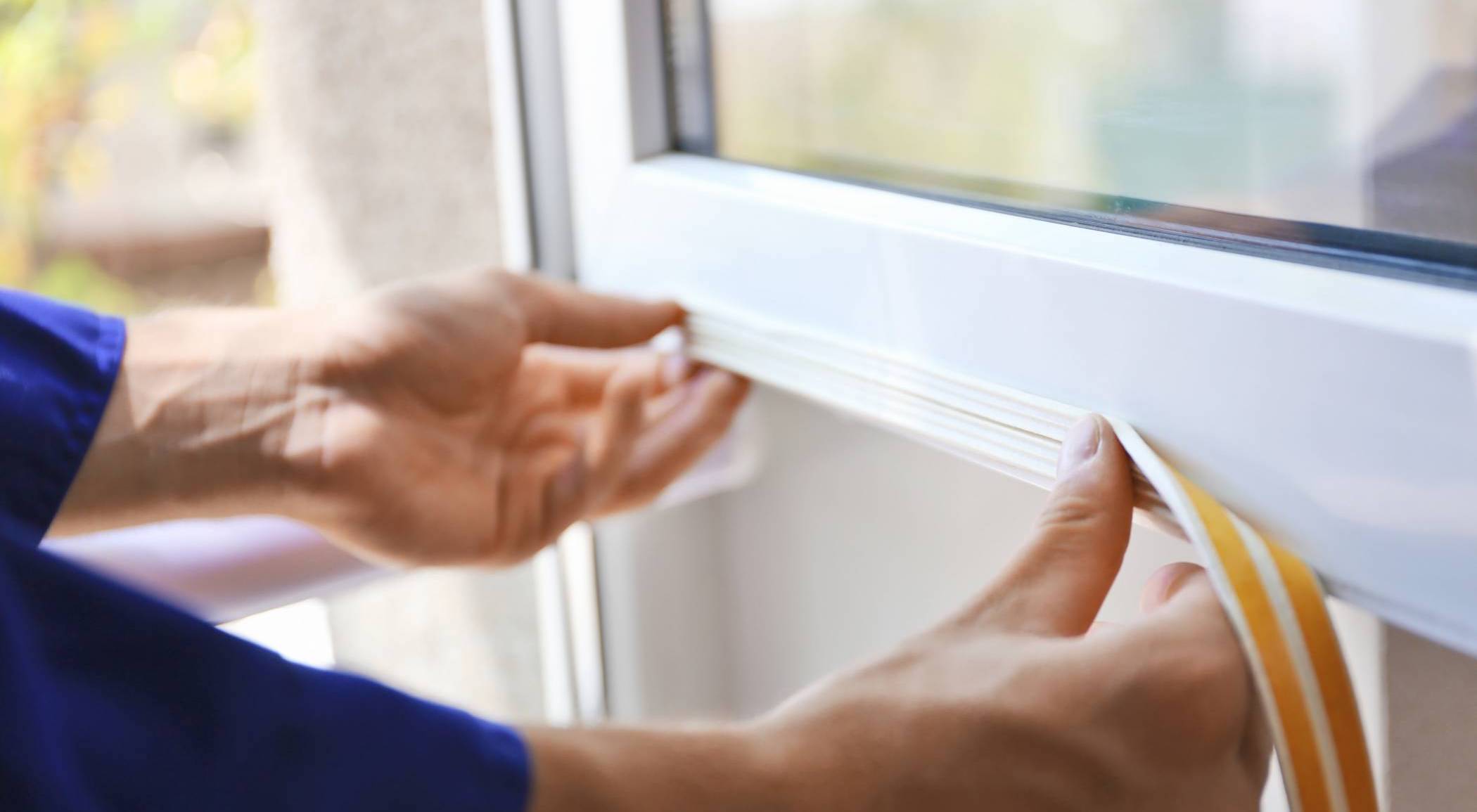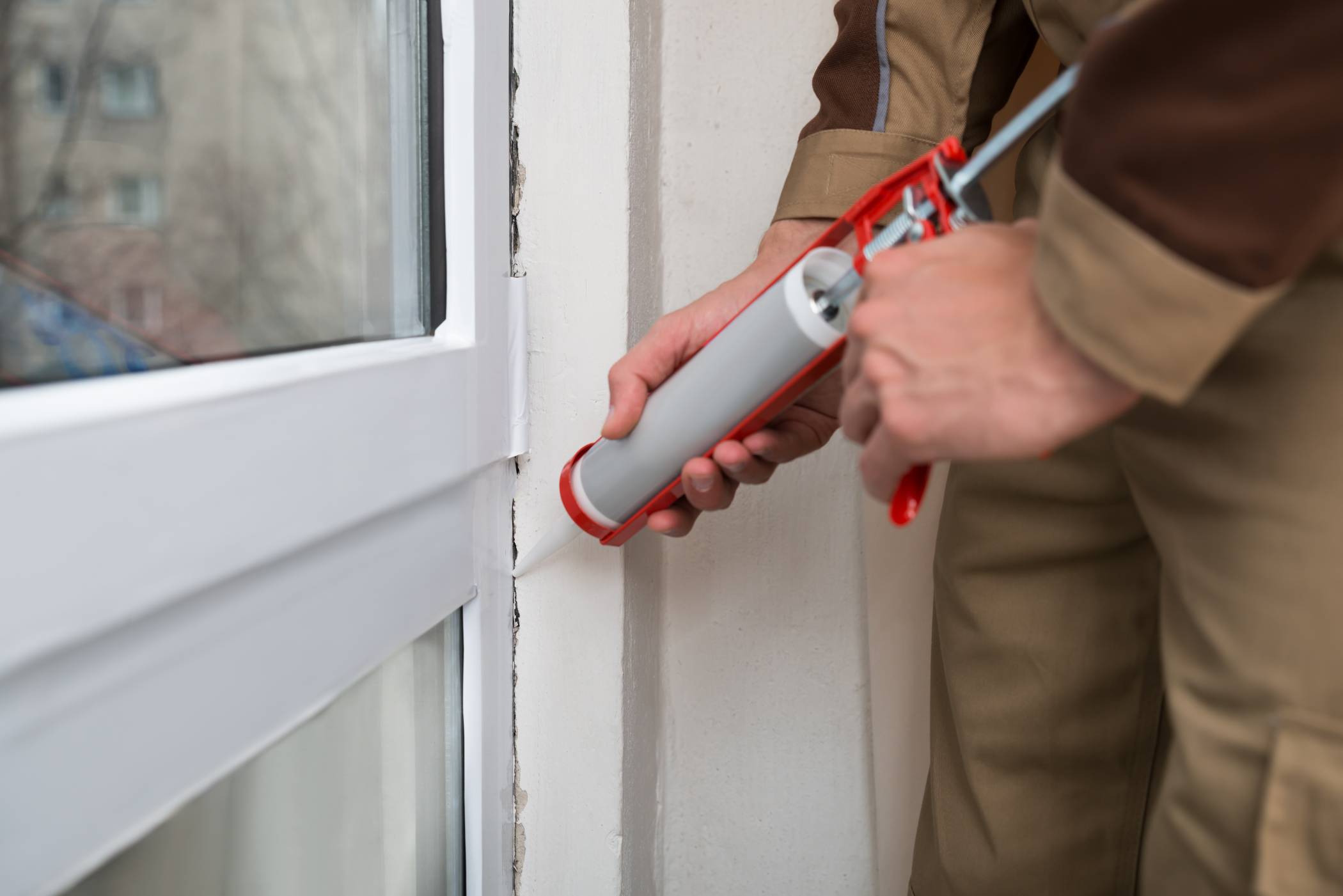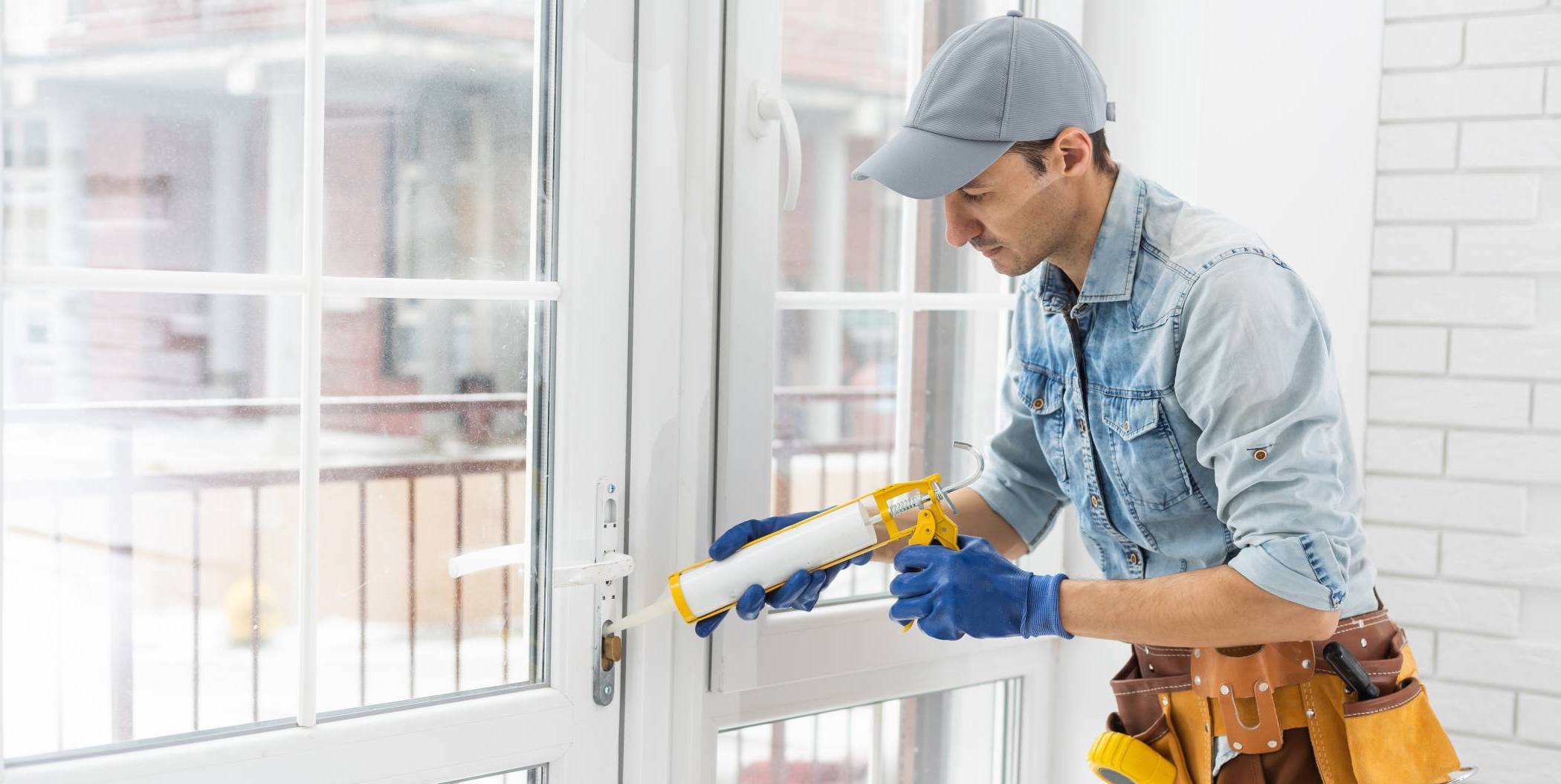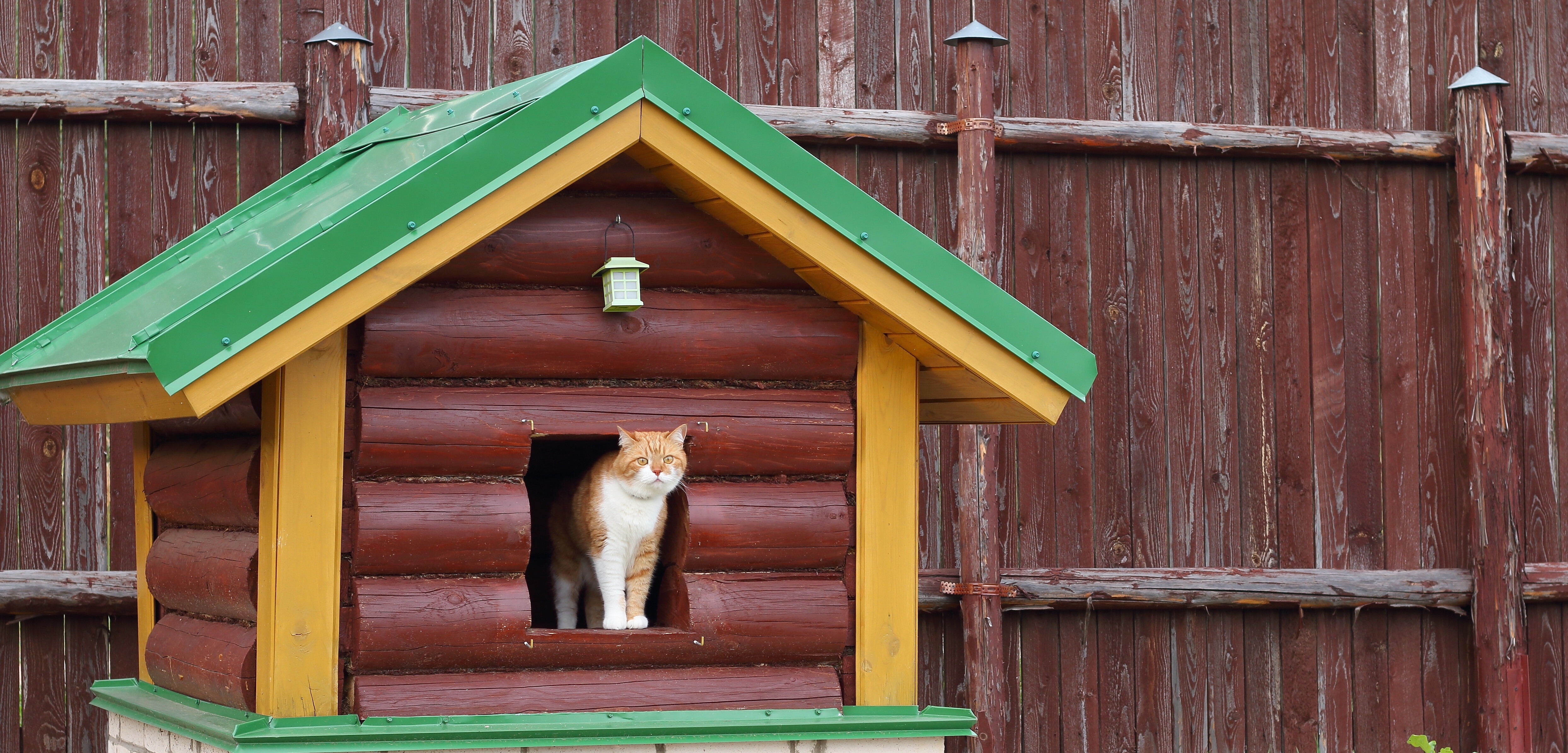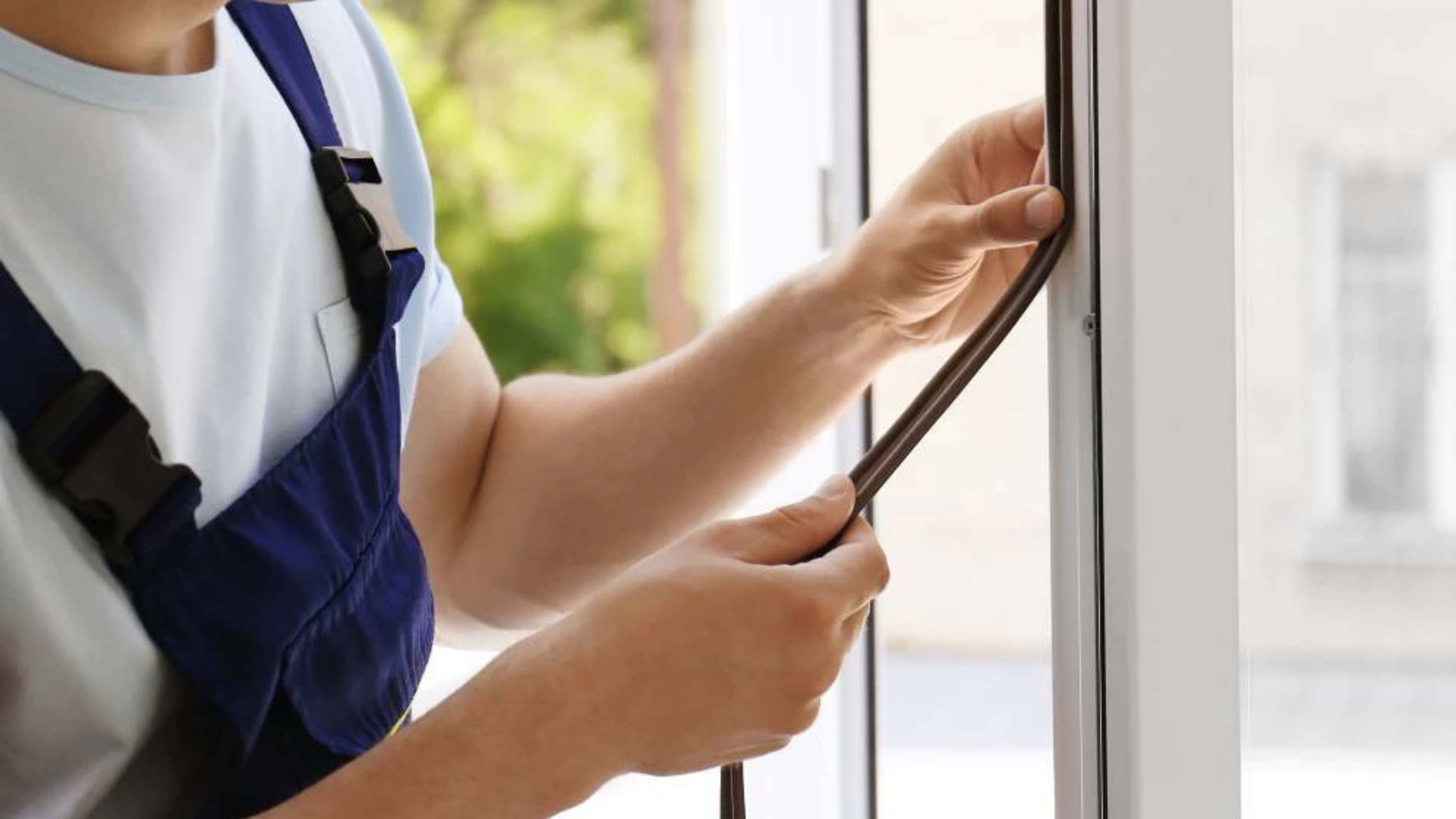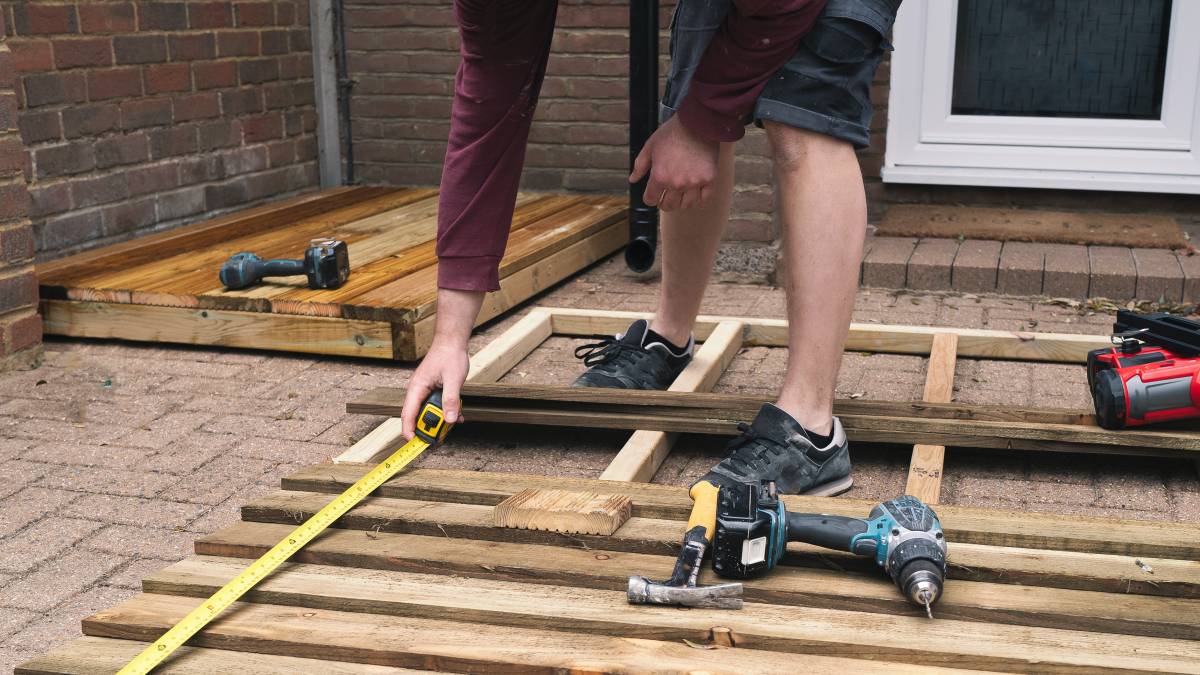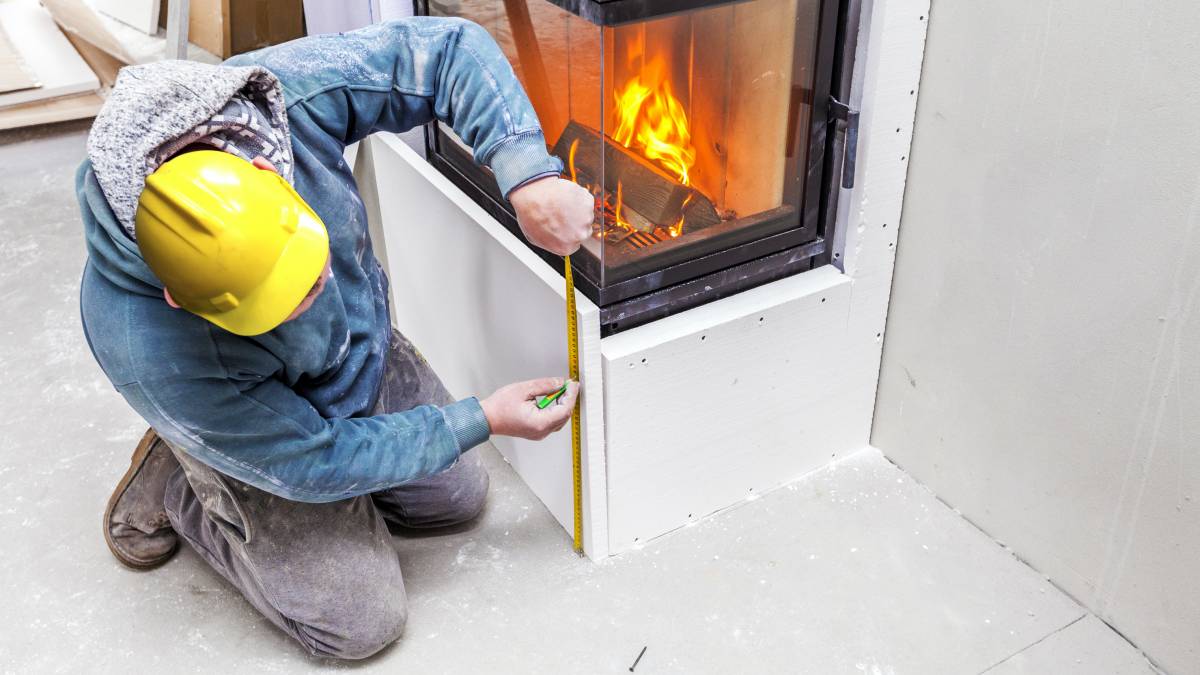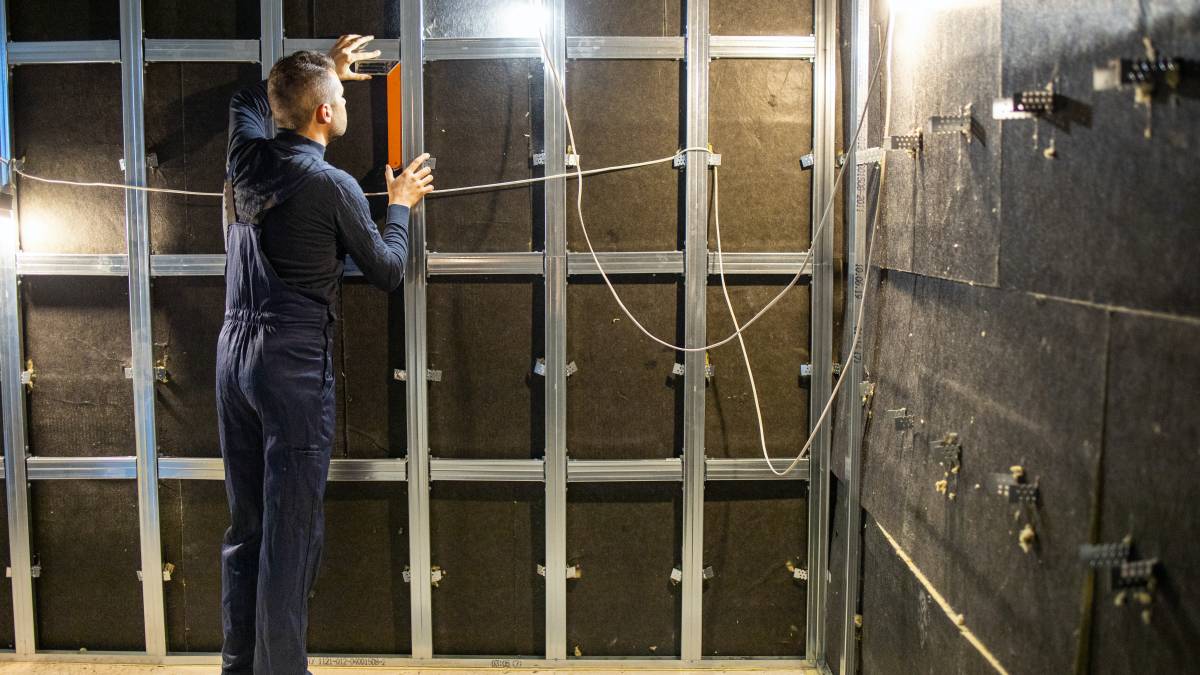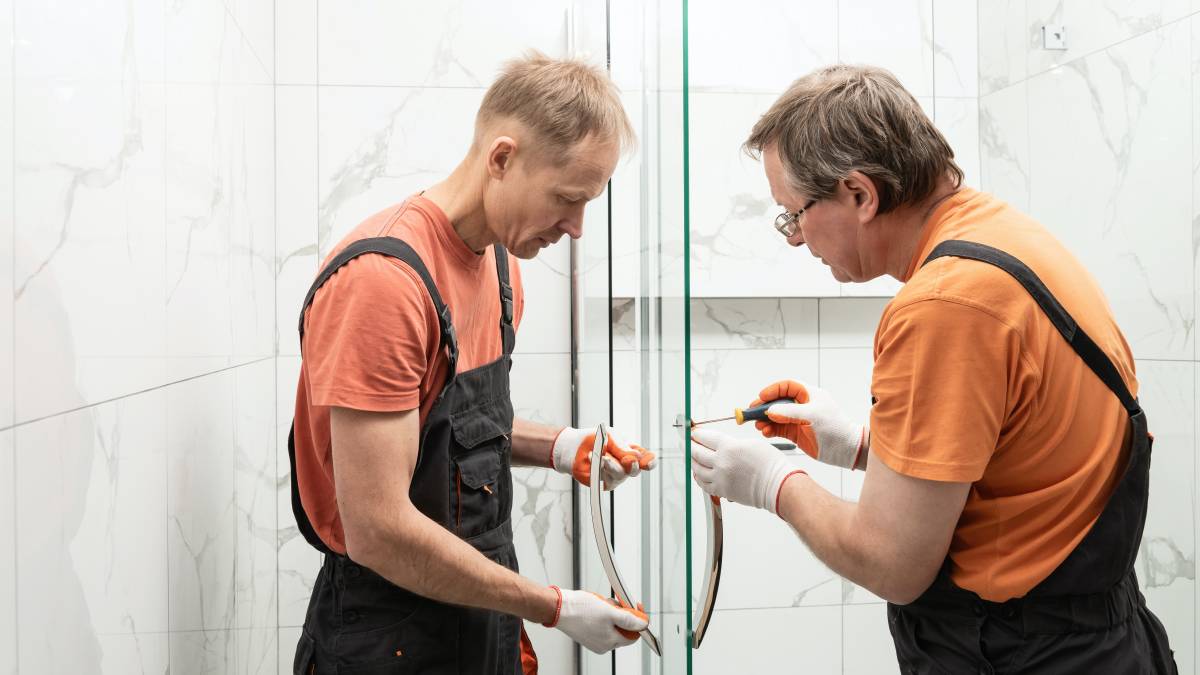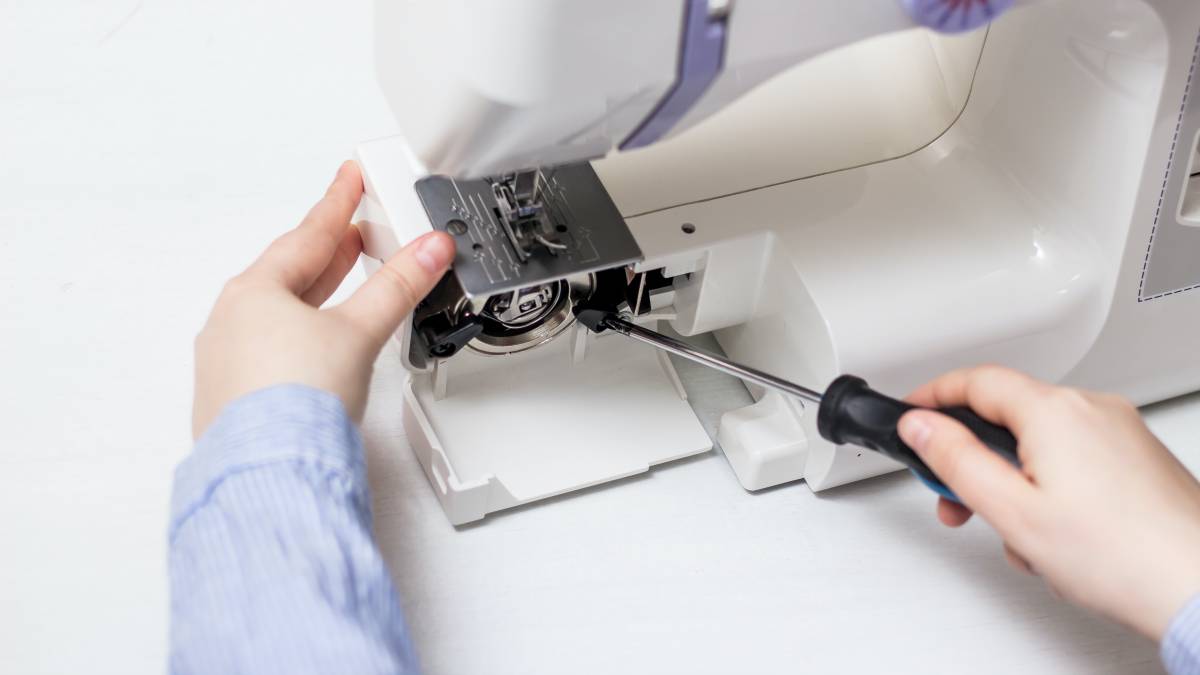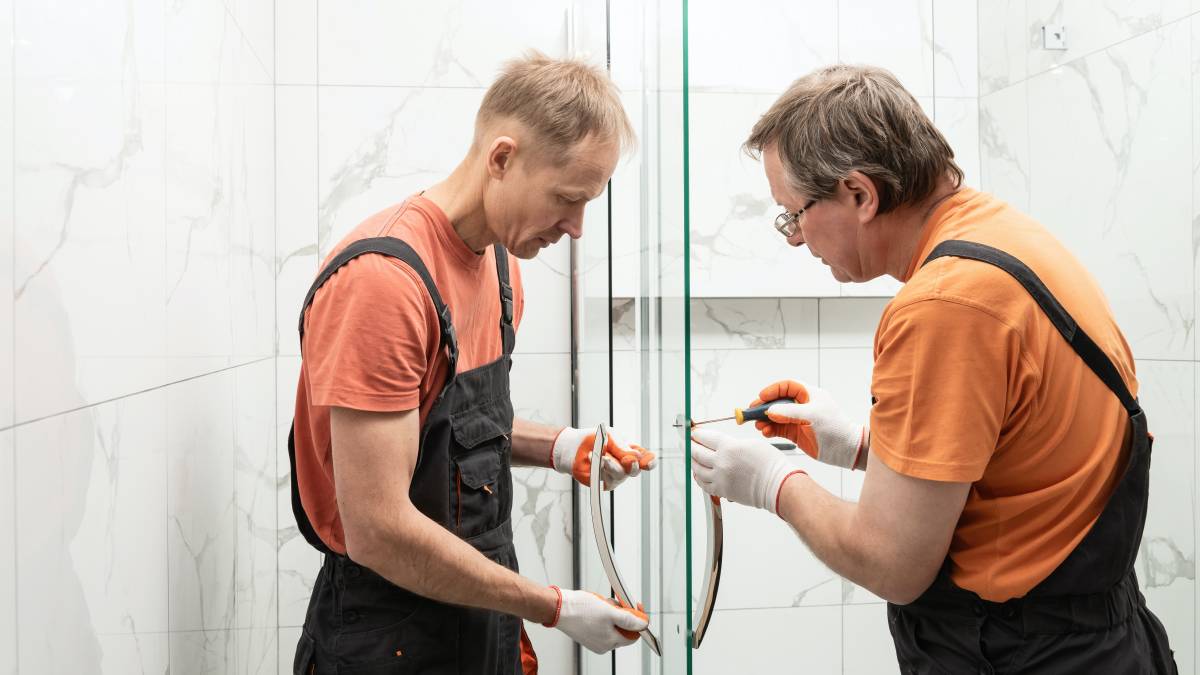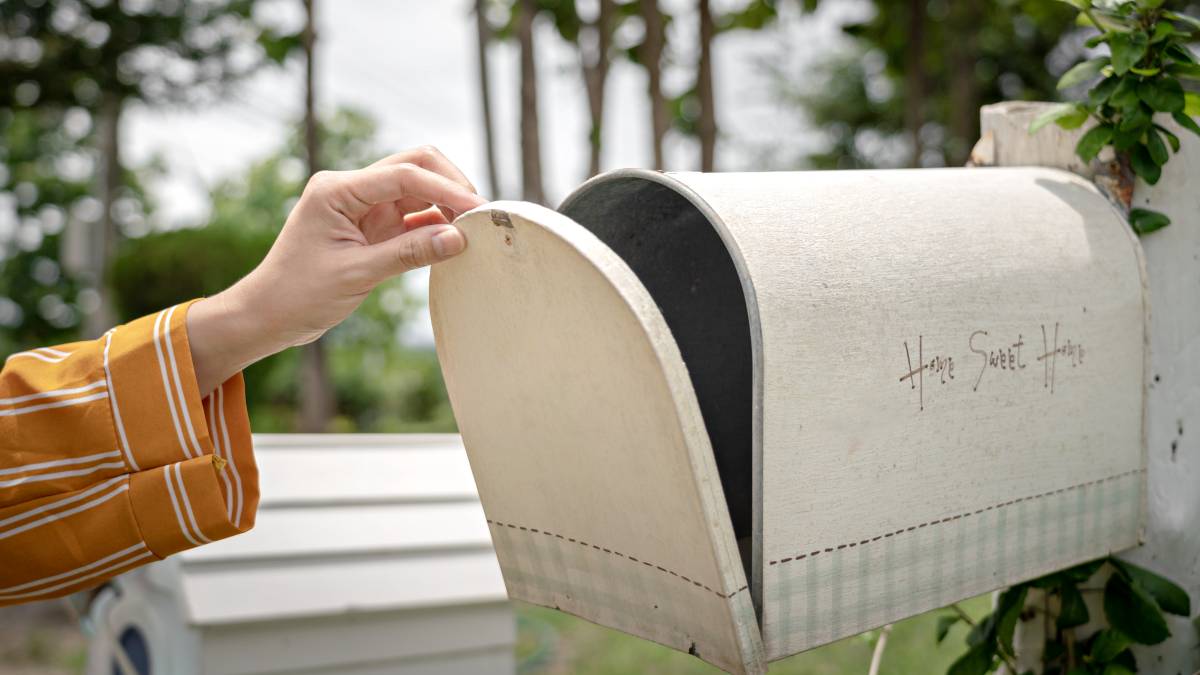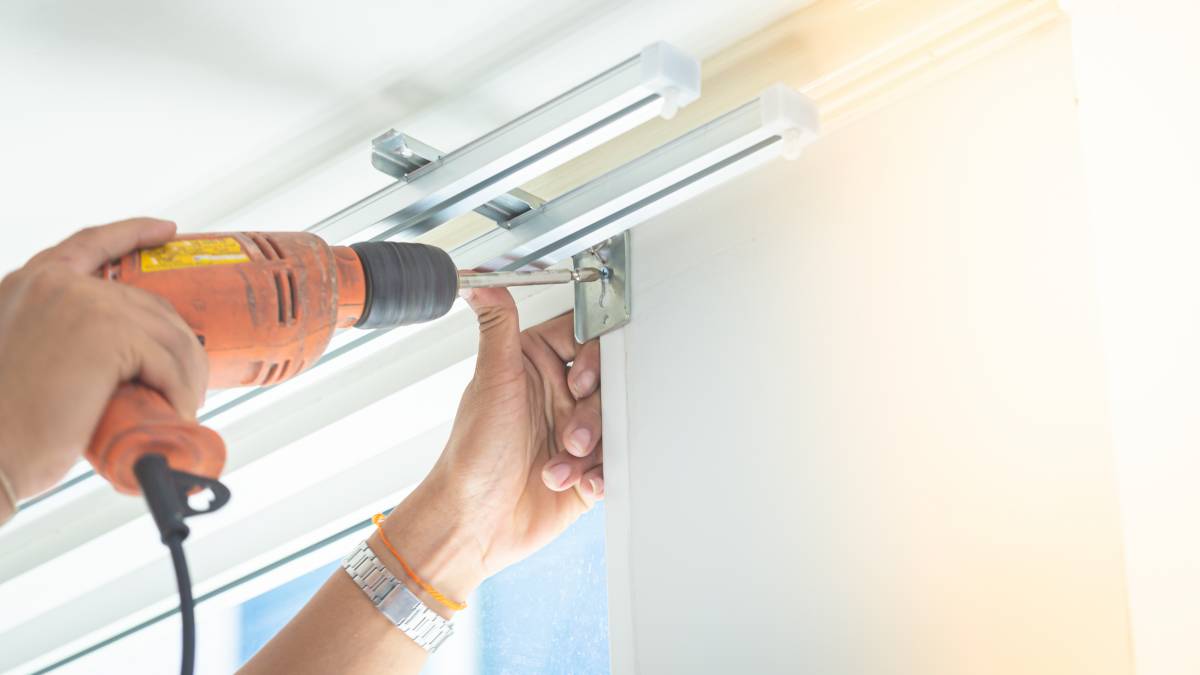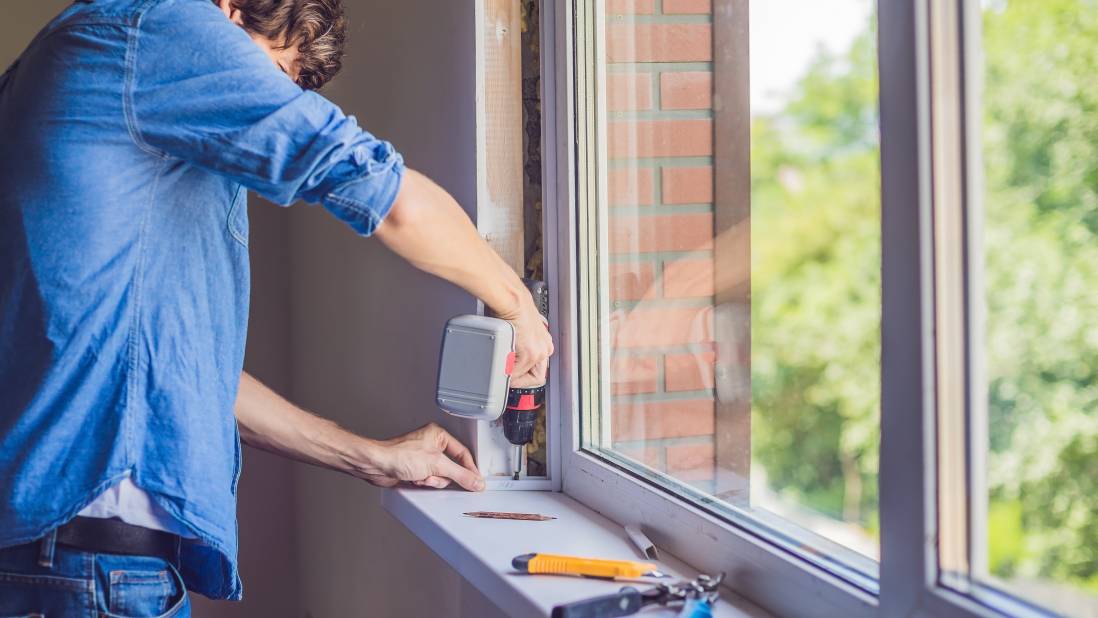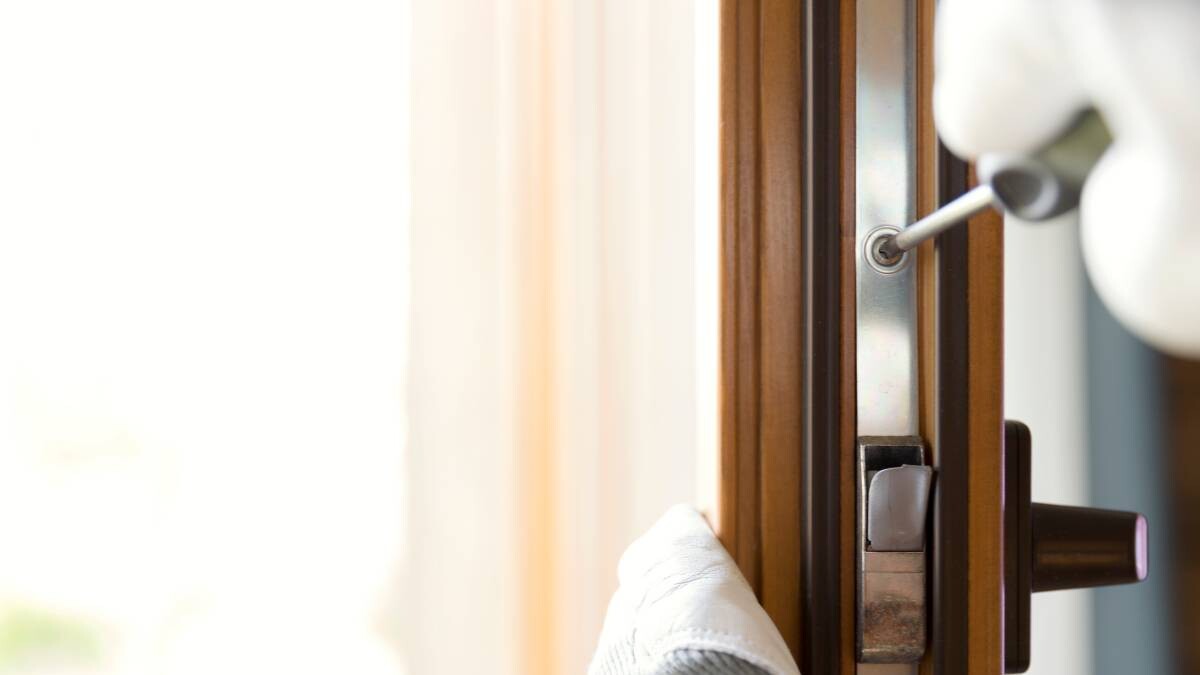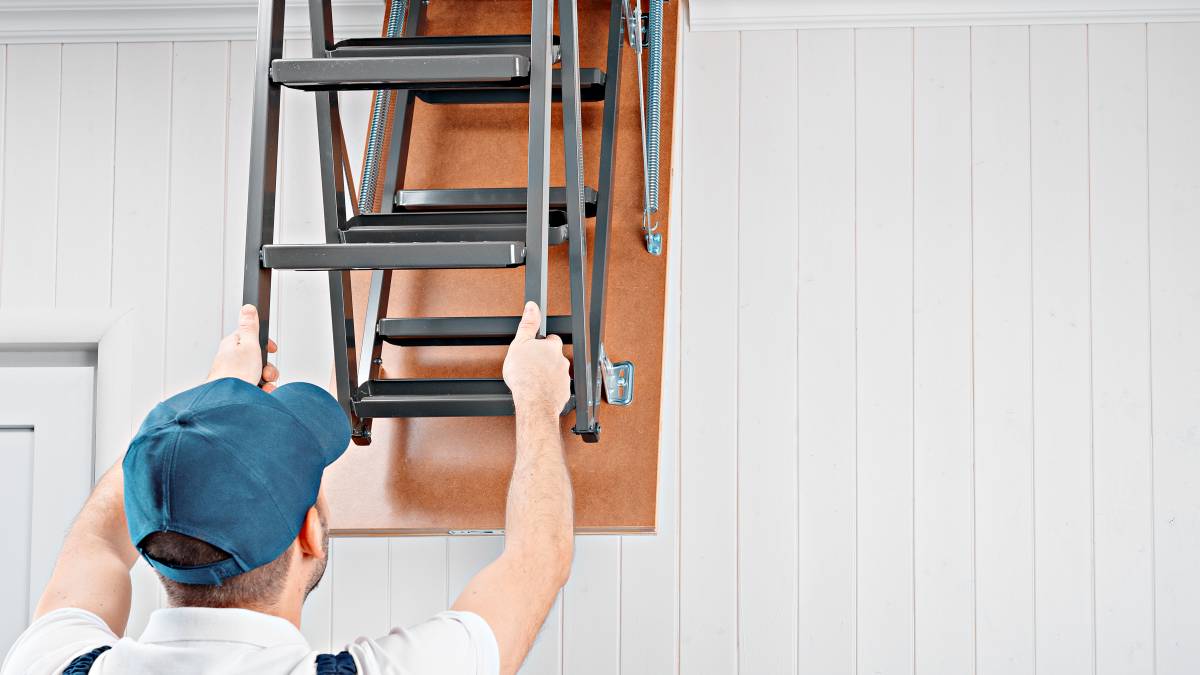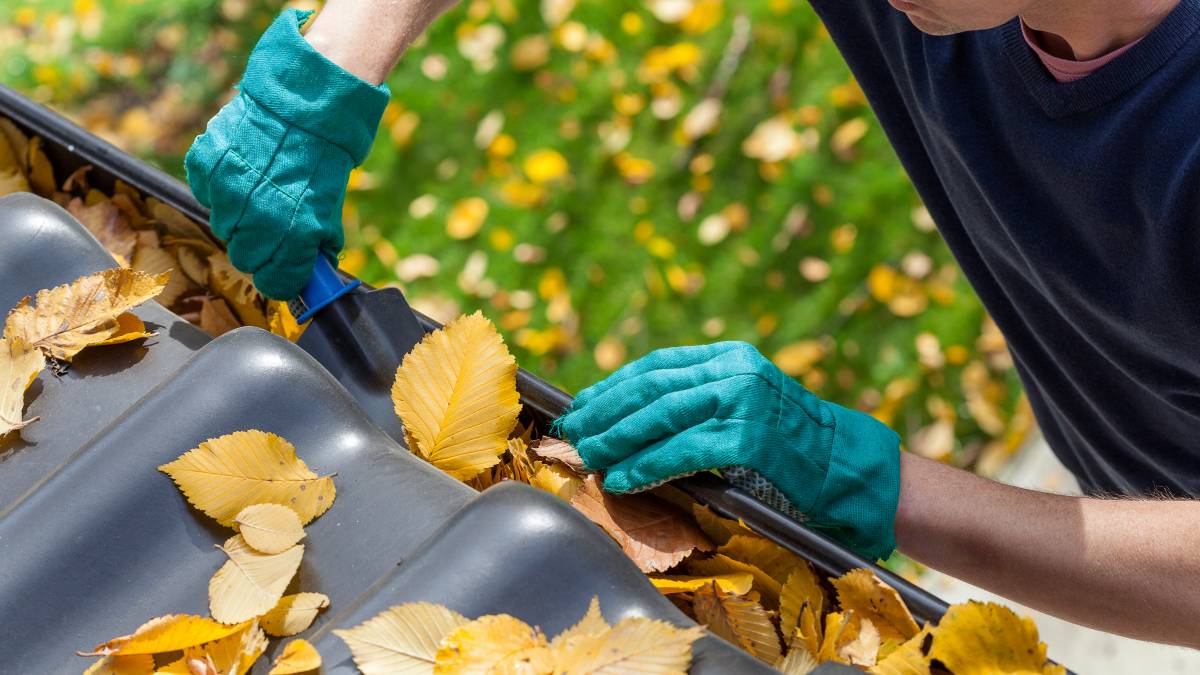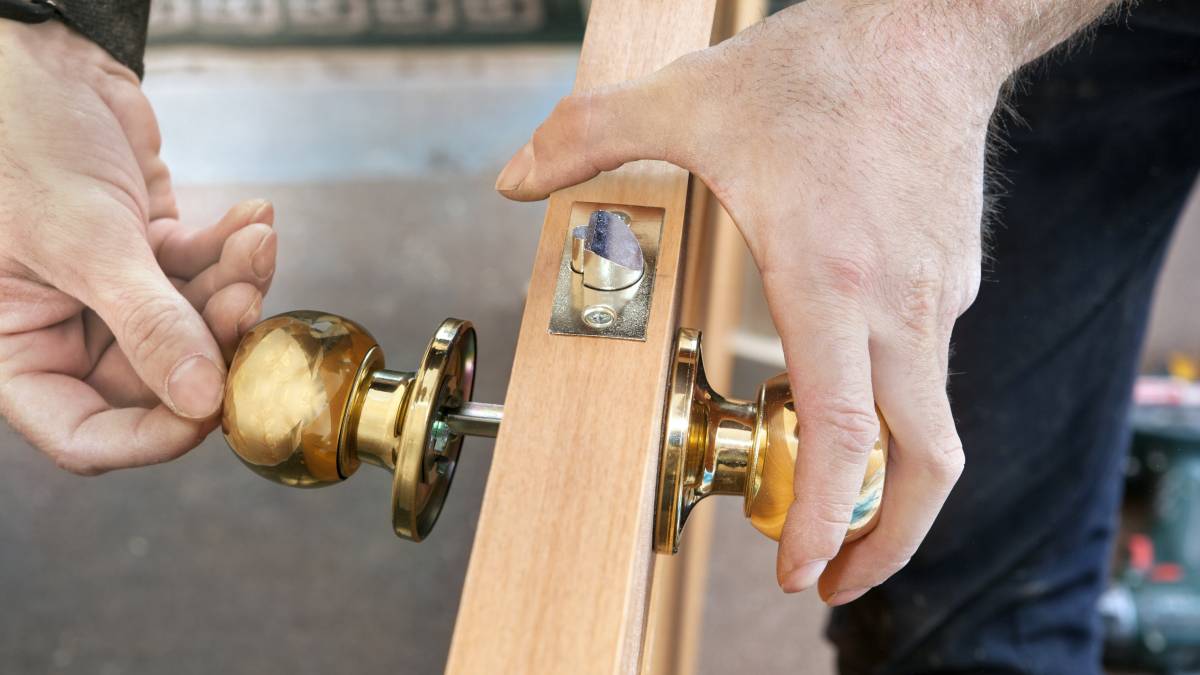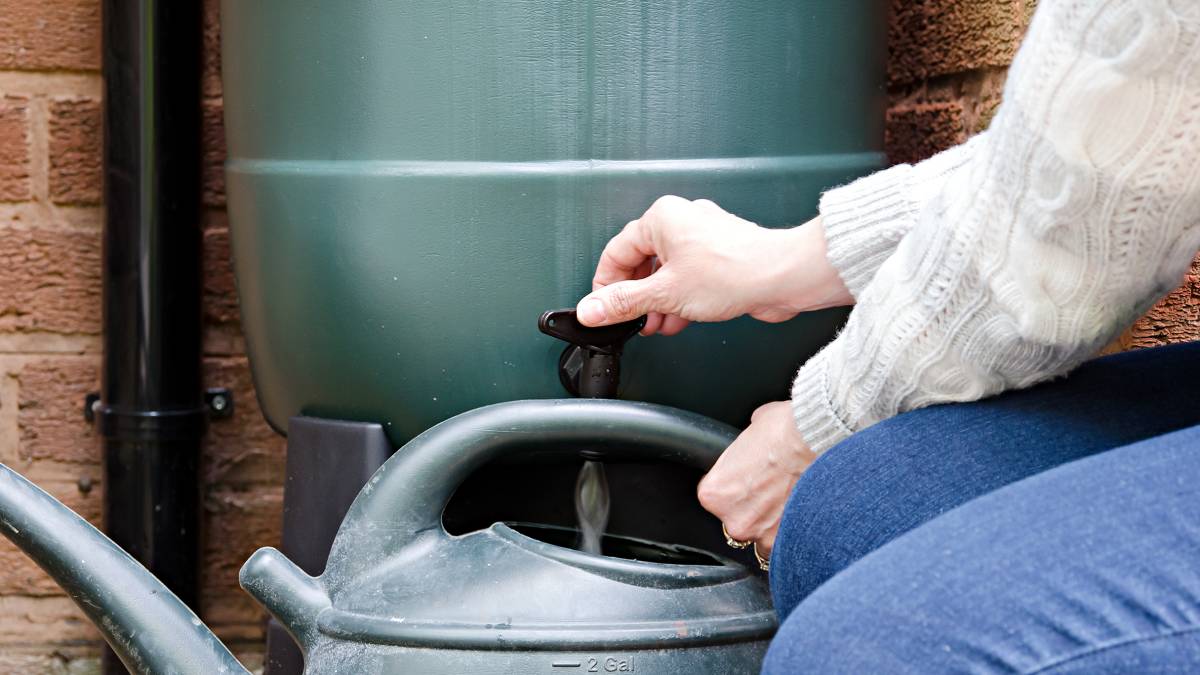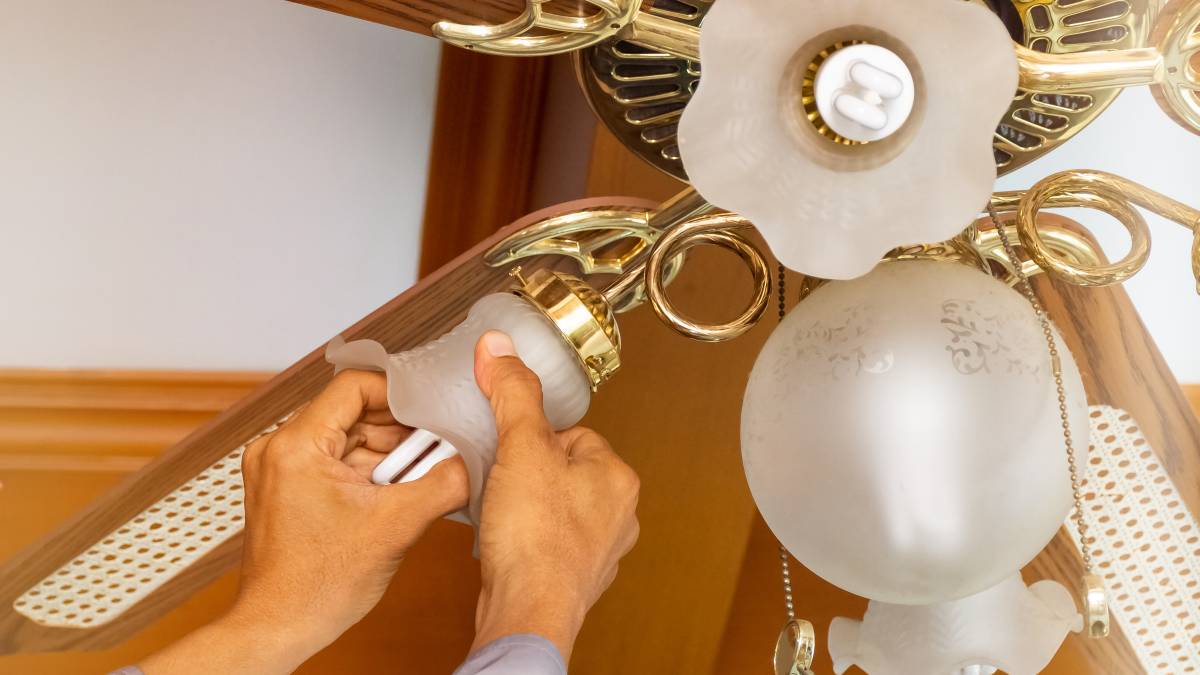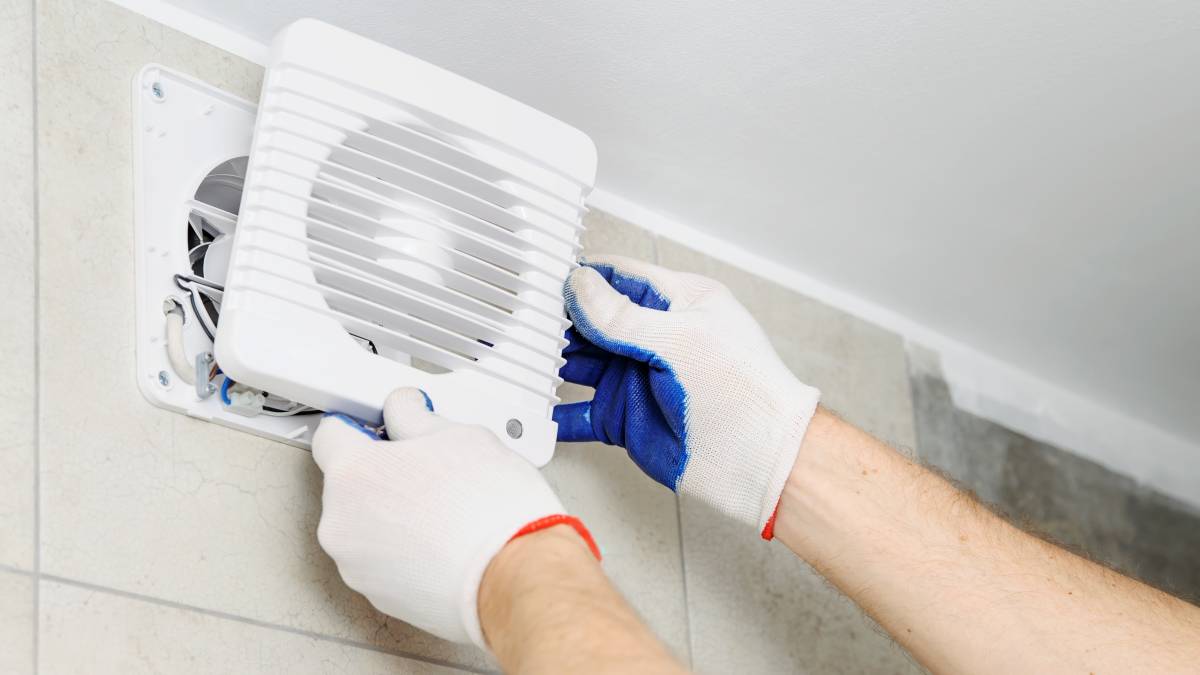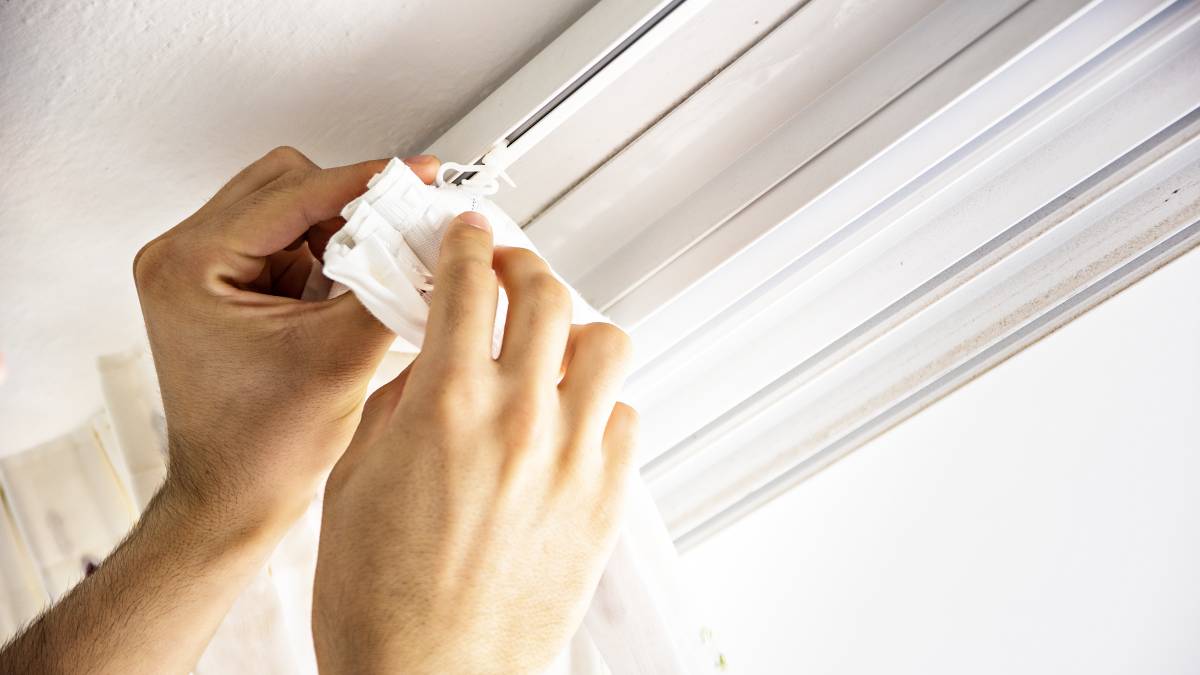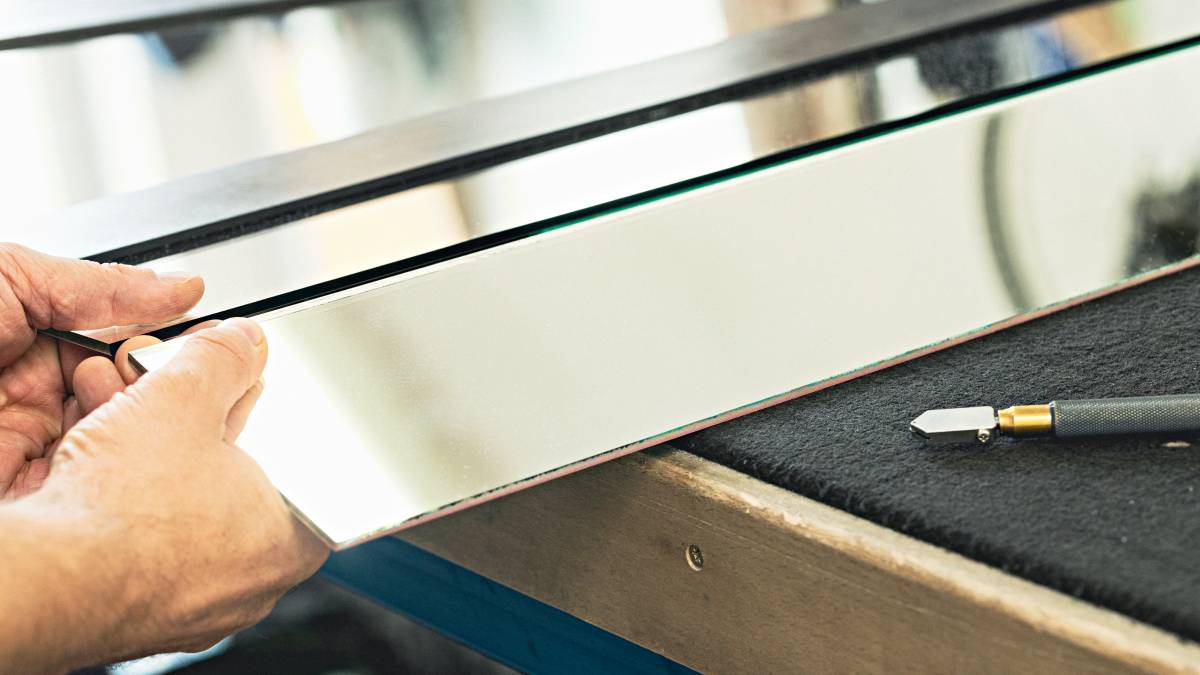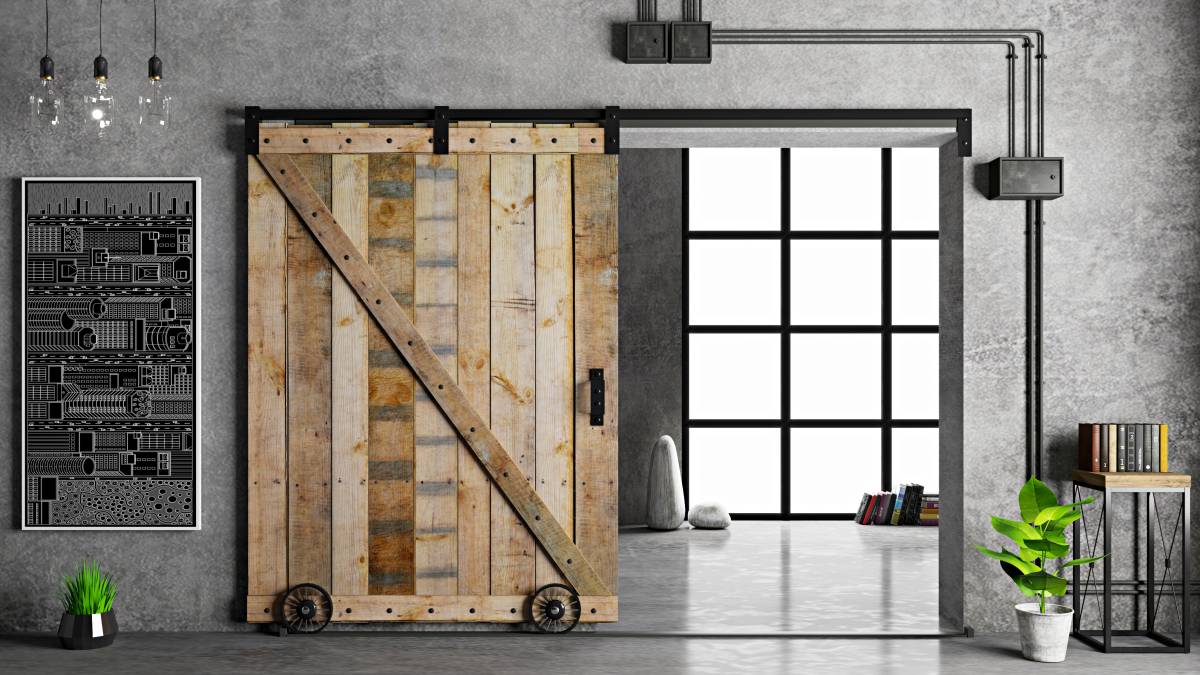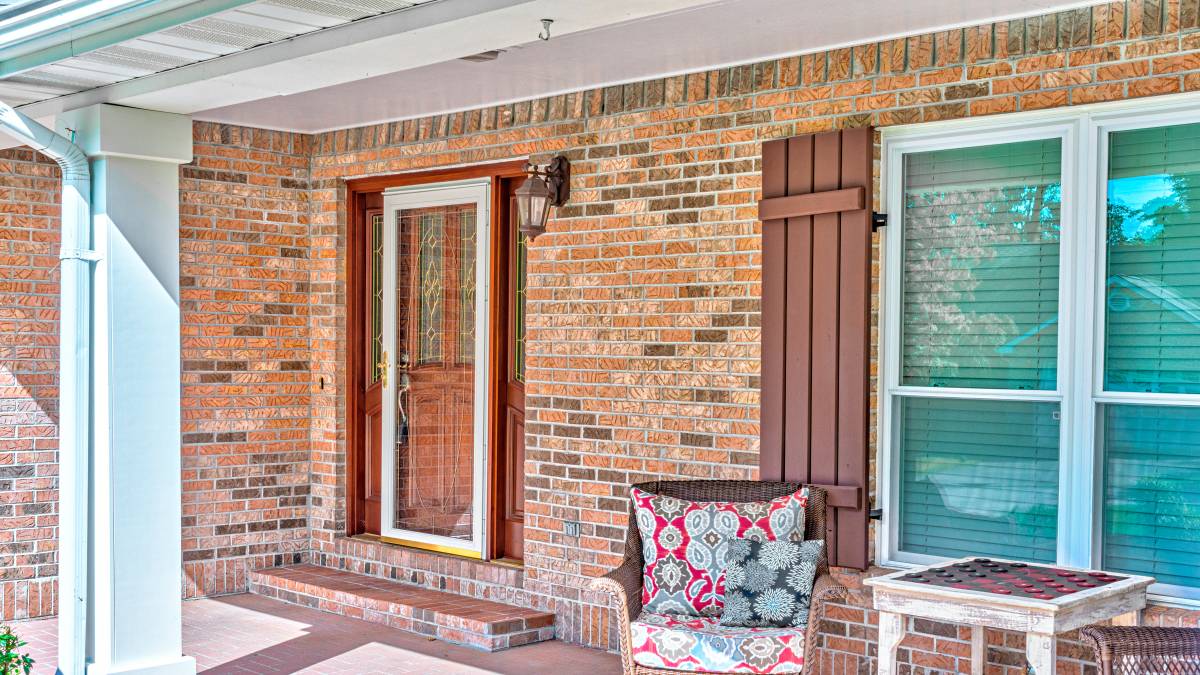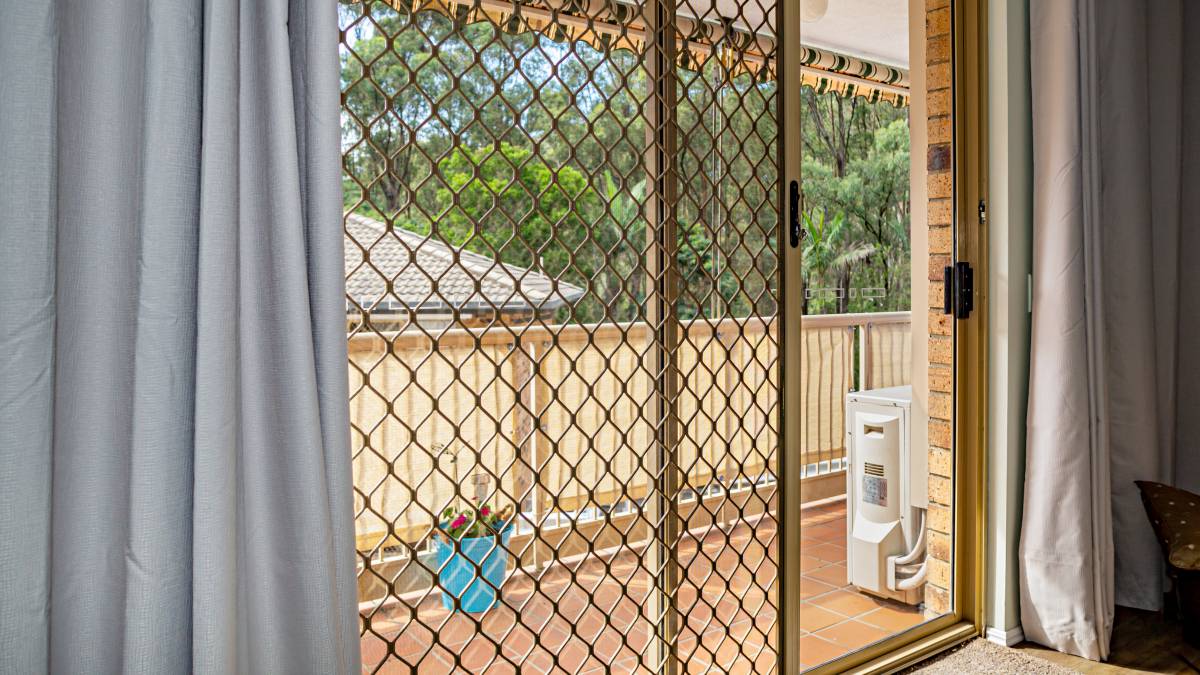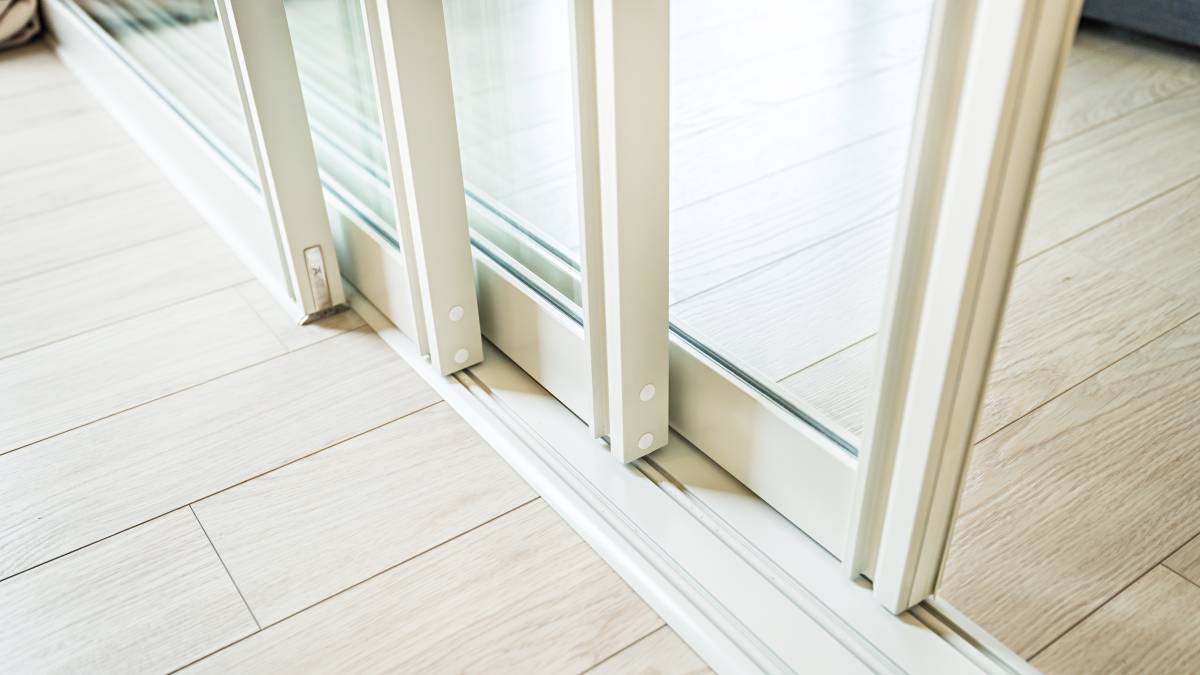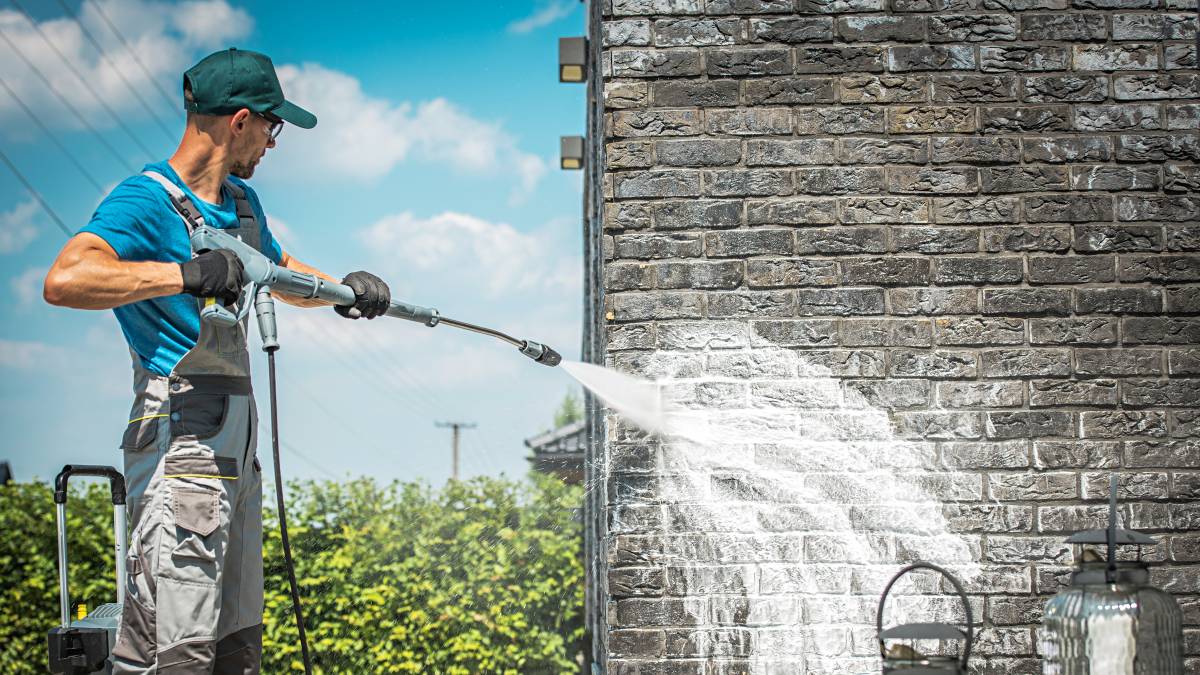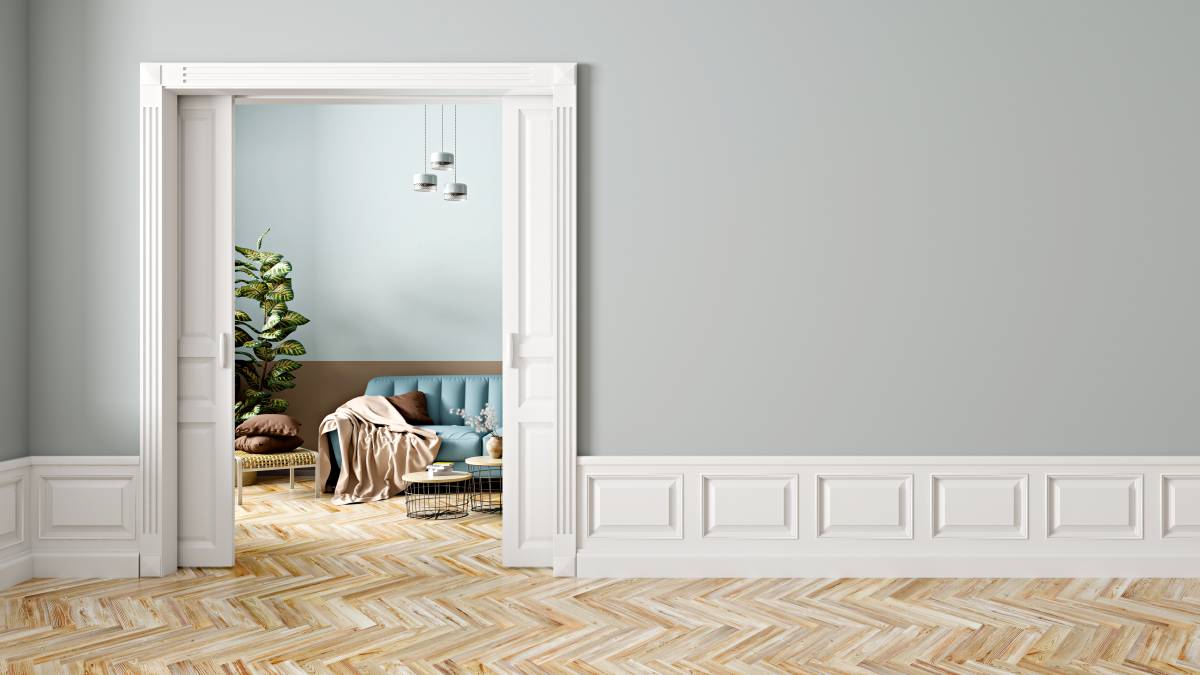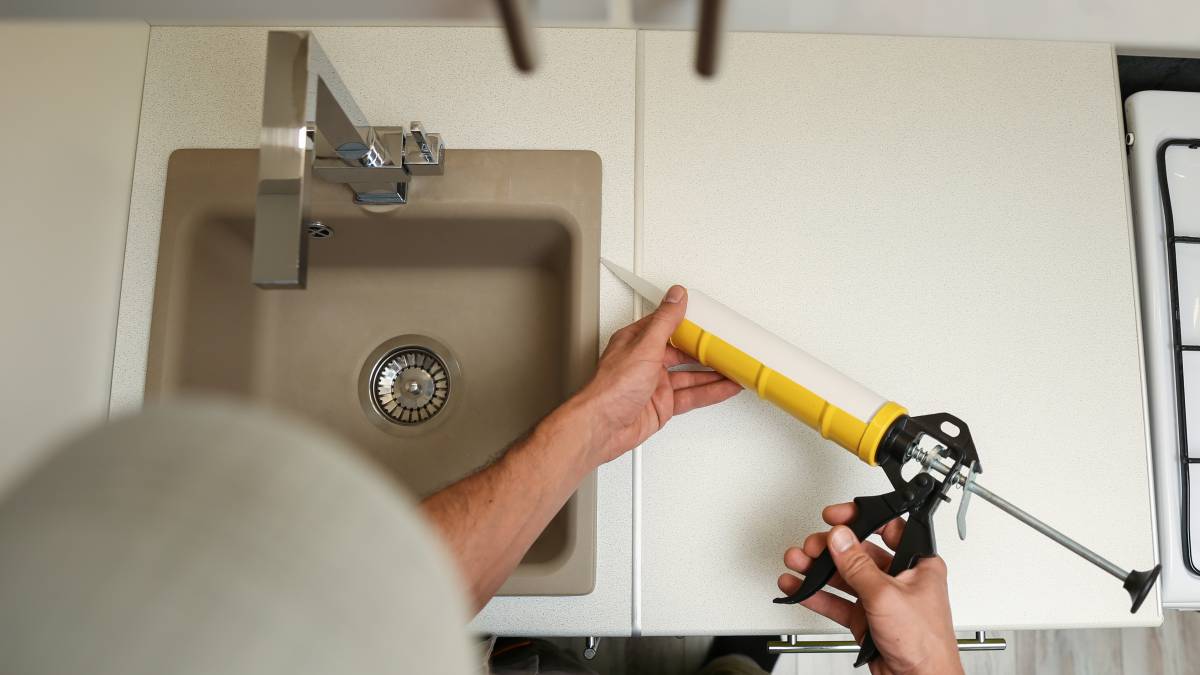- Home/
- Comparisons/
- Handyman/
- Metal Drill Bit vs. Wood
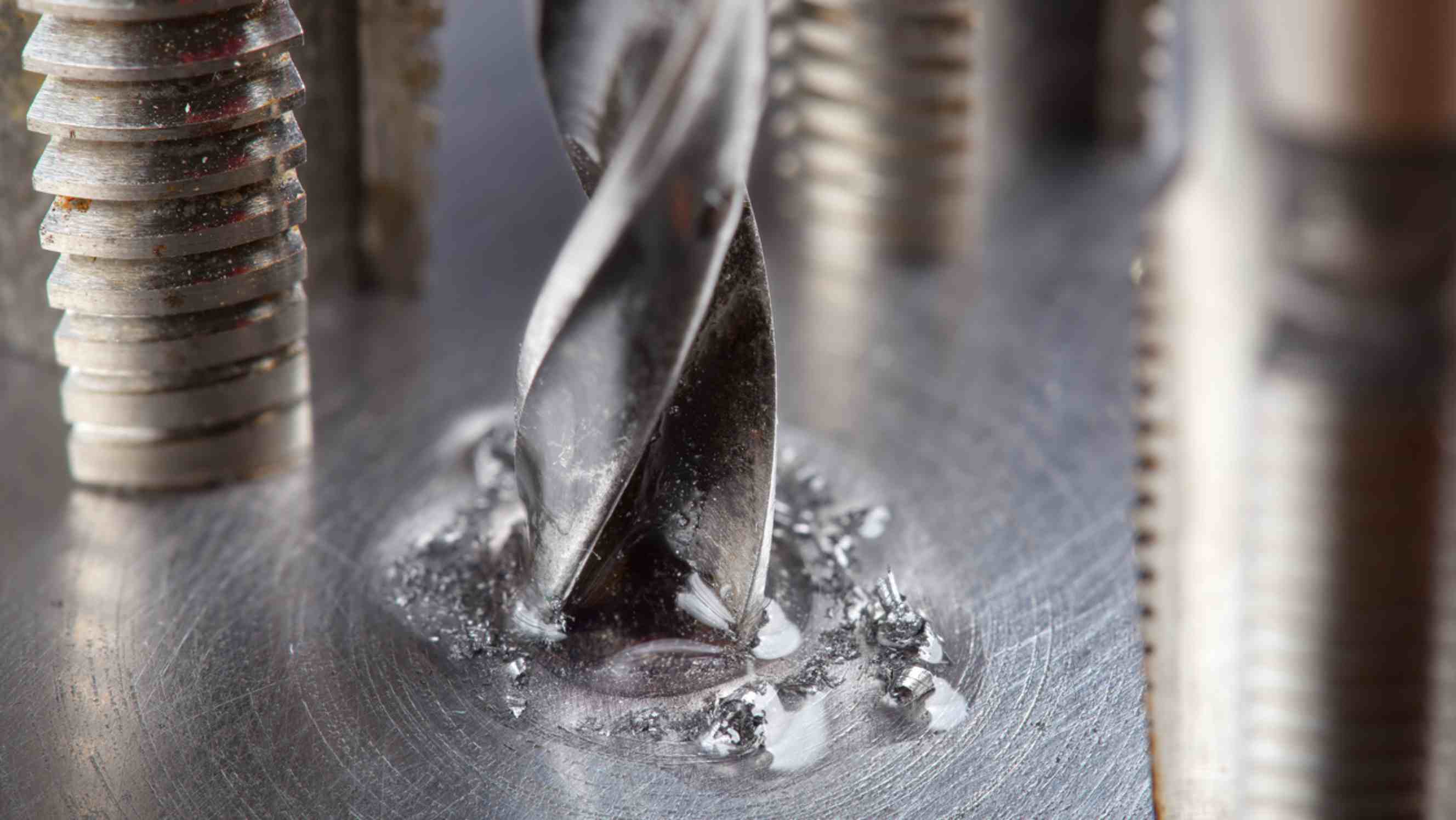
Metal drill bit vs. wood: Which is right for your project?
Comparing metal and wood drill bits based on their material compatibility, point design, bit design and shape, and more.
Hire a handypersonPublished on
Key Facts
- A metal drill bit is an essential tool for creating precise holes in metal surfaces, perfect for tasks ranging from metal fabrication to home repairs and DIY projects. It has a tip shaped like a cone with spiral channels for drilling small and precise holes.
- A wood drill bitis a cutting tool designed for drilling into various wooden surfaces. These bits have pointed edges to prevent wandering, grooves to remove wood shavings, and sharp cutting edges to maintain precision and avoid splintering.
If you need some guide to navigate through the many types of drill bits, you’re in the right place! Here’s a metal drill bit vs. wood guide that covers the key differences of each drill type. Hopefully, this comparison guide will help you better pick the right drill bit for your assembly and DIY projects and prevent costly mistakes during drilling.
What is a metal drill bit?
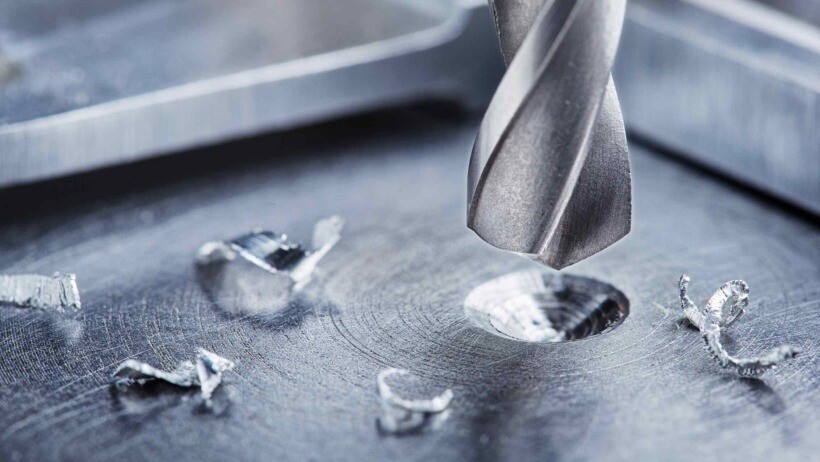
A metal drill bit is a versatile cutting tool for drilling holes into metal surfaces. It’s ideal for fabricating metal parts, installing metal fixtures, assembling furniture, home repairs, and various DIY projects.
It comes in many types, but the most common one is the twist drill bit. This type is made from high-speed steel (HSS), a tool steel composed of carbon, iron, and various metals. One advantage of using an HSS drill bit is that it can maintain its hardness for long periods and has high heat resistance. Cobalt and carbide steel are other popular materials for metal drill bits used for stainless steel, cast iron, and other rigid materials.
What is a wood drill bit?
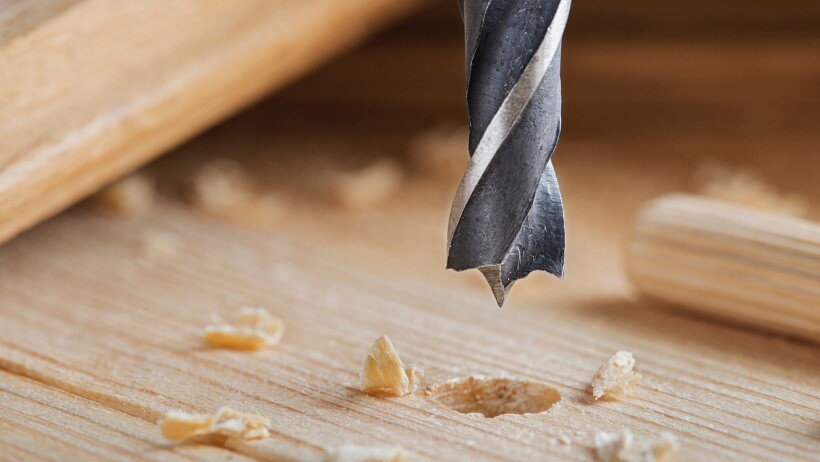
A wood drill bit has a similar cutting function, but it’s designed for drilling holes in various wooden surfaces, such as oak, walnut, composite wood, and a whole lot more.
Like a metal drill bit, a wood drill bit comes in many types, each with unique applications. Brad point drill bits are ideal for furniture making, spade bits for plumbing and electrical wiring, forstner bits for hardware installations, and auger bits for woodworking and construction projects.
Although there are many variations of wood drills, these cutting tools share some standard features. They all have pointed protruding edges or spurs to prevent the bit from wandering, maintaining precision while drilling. You’ll also notice that wood drill bits have grooves that help remove wood shavings, keeping the wooden surface clean after drilling. Moreover, they usually have sharp cutting edges to avoid splintering or tearing the wood while drilling.
Wood drill bit vs. metal: Which drill bit should you use for assembly projects?
Here, we’ll further break down the distinct features of a wood drill bit and a metal drill bit to help you easily decide which to use for various assembly and handymen tasks.
In terms of material compatibility
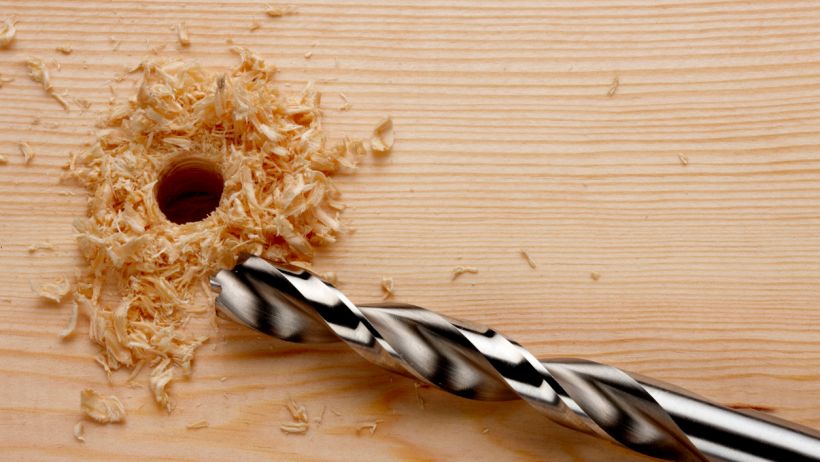
Some metal drill bits have protective coatings like titanium and black oxide, which make them compatible with various surfaces, including wood, metal, Polyvinyl Chloride (PVC), and fiberglass.
However, a regular HSS metal drill bit isn’t suitable for drilling into masonry and other rigid materials since it’s designed for light metals and plastics. When working with such materials, you must look for a drill bit with a carbide tip, as the carbide material is more durable and has heat-resistance properties.
Conversely, wood drill bits are only limited to hardwood and softwood since wood tends to dull quickly.
In terms of point design
Most metal drill bits have a conical or split point design with an angle that varies from 118° to 135°. A conical point design looks like a small sharp cone, and the purpose of this specific point design is to prevent the bit from “walking” or sliding away easily from the intended drill spot. This allows the user to drill holes more precisely.
On the other hand, wood drill bits have a brad point design. It appears as a small sharp point at the center of the drill bit, which also functions like the conical point of a metal drill since it keeps the wood drill bit centered, helping the user drill precise holes.
Other wood drill bit variations, like the auger bits, have a screw-like point tip. This point design creates deep, clean holes and makes pulling the bit from the wood easier.
Remember that even though their unique point design makes drilling more efficient, the tip of a drill bit will get dull over time. It would be best to hire an expert who can provide tool sharpening services and help refine the edges of the drill bits. Doing this helps avoid damaging the material and the drilling tool itself.
In terms of bit design and shape
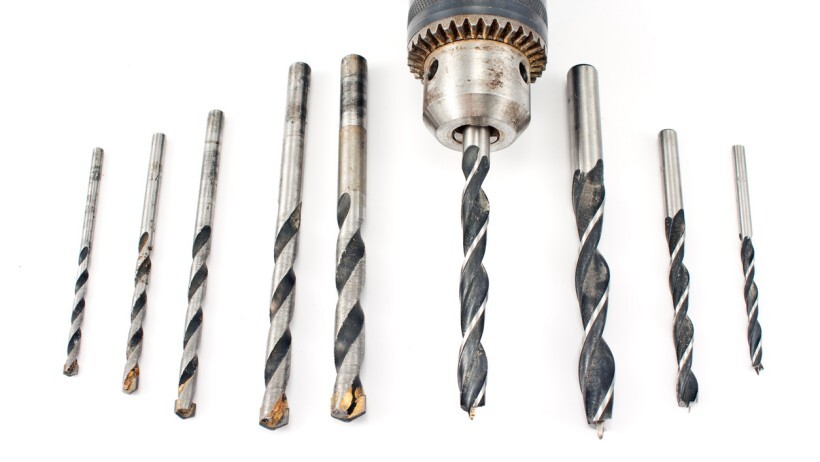
Most metal drill bits are shaped like cones or cylinders. A cone-shaped metal drill bit has multiple diameter steps for drilling holes of different sizes. Meanwhile, those with a cylindrical shape usually come with spiral channels or flutes for drilling small and precise holes.
On the flip side, wood drill bits have a pointed bit design with lips or cutting edges for precise positioning and drilling clean holes. Although some variations of wood drill bits have different bit design shapes (i.e., spade bits having a flat-paddled shape and auger bits having a screw shape), the pointed tips and cutting edges will remain the standard features of all wood drill bits.
In terms of cutting speed
When measuring the cutting speed of drill bits, look into their revolutions per minute (RPM) or spindle speed to check how fast they rotate per minute. Metal drill bits typically have a lower RPM, which ranges from 500 to 2,000 RPM, to prevent the metal from overheating while drilling.
As for wood drill bits, their average RPM ranges from 3,000 to 4,000 RPM. The cutting speed is higher because of the softer nature of wood. It doesn’t overheat, unlike metal drill bits. However, when drilling into hardwood, you may have to lower the cutting speed to 1,500 to 2,000 RPM to prevent the risk of burning the wood.
Maintaining the correct cutting speed can be tricky, especially for beginners. So, if you’re unsure about this specific drilling aspect, consider seeking help from an expert handyperson. They can configure the drills for you, ensuring control and precision when drilling with various drill bits.
In terms of project suitability and ease of use
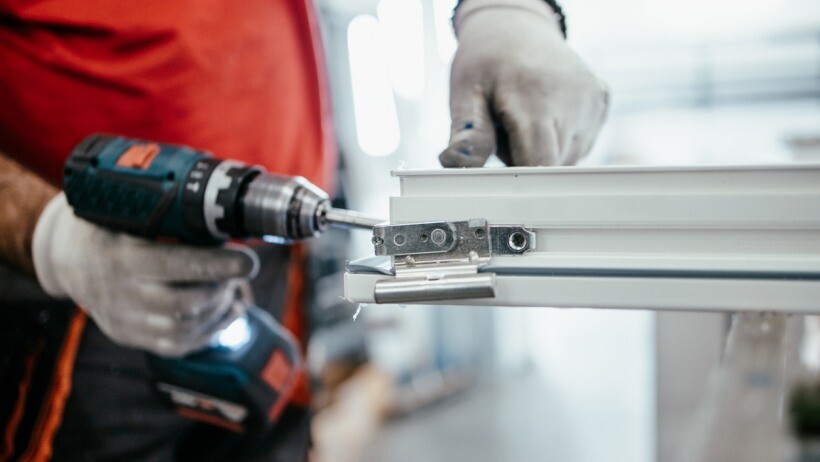
Wood drill bits are more convenient for assembly and disassembly projects involving wood. They come in a wide range of bits for different hole sizes and types and allow you to drill holes precisely with minimal wood splintering and tear-out.
On the other hand, metal drill bits are necessary for metal projects, providing high precision for various assembly projects, especially those involving metal fabrication. However, metal drill bits are less convenient than wood drill bits because, as we said earlier, they tend to overheat. So, properly cool the metal drill bits first and apply a slower drilling speed to avoid overheating.
In terms of cost
Since metal drill bits are designed for drilling more rigid materials, the materials and technologies used to manufacture them are more advanced. For this reason, they are more expensive than wood drill bits. They cost approximately $2 per piece, while the most expensive ones are $1,735.
Meanwhile, the price for wood drill bits per piece is the same since you can buy them for around £2 per piece. But when you buy them in a set, you’ll notice they’re still much cheaper than the metal bits, with the most expensive wood drill bit sets being only $235.
Aside from the initial cost of each drill bit, you may also have to consider the cost of hiring a handyperson or carpenter. Drill bits, whether wood or metal, come in different types, so you may need the help of these experts when choosing and setting up the drill bits for the drill driver.
Level up your DIY projects: Get expert help with Airtasker
Feeling unsure about doing assembly projects for the first time? Don’t stress—consider hiring a pro!
At Airtasker, you can find skilled handypersons and assembly experts near you by simply posting a task! They’re knowledgeable about the various drill bits, so you can rest assured that they’re unlikely to damage your tools while finishing your projects for you!
Metal drill bit vs. wood
| Metal Drill Bit | Wood Drill Bit | |
| Material Compatibility |
Compatible with various surfaces (wood, metal, PVC, fibreglass); needs carbide tip for masonry |
Limited to hardwood and softwood |
| Point Design |
Conical or split point design (118° to 135°) for precise drilling |
Brad point design for centering, auger bits with screw-like tips for deep, clean holes |
Bit Design and Shape |
Cone or cylinder shape with multiple diameter steps or spiral channels |
Pointed design with lips or cutting edges; variations include spade (flat-paddled) and auger (screw shape) bits |
| Cutting Speed |
Lower RPM (500 to 2,000) to prevent overheating |
Higher RPM (3,000 to 4,000) |
| Project Suitability and Ease of Use |
High precision for metal projects, but requires cooling and slower speed to avoid overheating |
Convenient for wood projects with minimal splintering and tear-out; doesn’t overheat |
| Cost |
More expensive due to advanced materials and technology |
More affordable |
FAQs on metal and wood drill bits
When it comes to masonry vs. wood drill bits, the main difference lies in their material compatibility. Wood drill bits are used to drill into soft materials like wood, while masonry drill bits are designed for concrete, brick, and other dense materials
Yes, you may use an HSS drill bit for masonry, but make sure that it has a protective coating like carbide or titanium. This way, the drill bit can withstand the high temperatures while drilling into brick, stone, and concrete
It depends on the type of metal. If you are drilling through non-ferrous metals like aluminium, copper, and iron, regular HSS drill bits can go through these materials. However, a regular drill bit isn’t enough for harder metals like stainless steel. You need to use a metal drill bit that’s coated with titanium
Yes, you may use metal drill bits to drill into wood, but it’s not recommended because metal drill bits have a slower cutting speed, which makes drilling slower. Moreover, metal tends to overheat, so you have to use the drill with caution.
Find handyman, fast
Post a task
Related articles
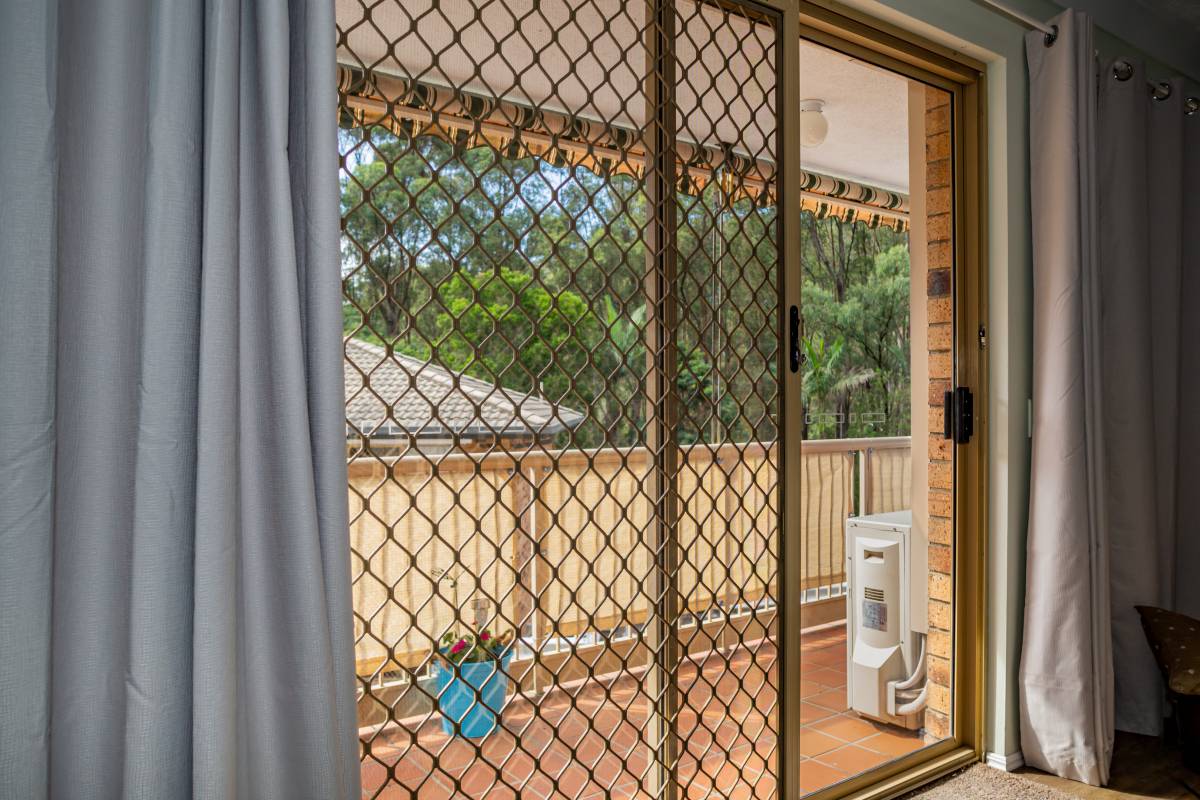
Install a screen door in 6 steps
Read more
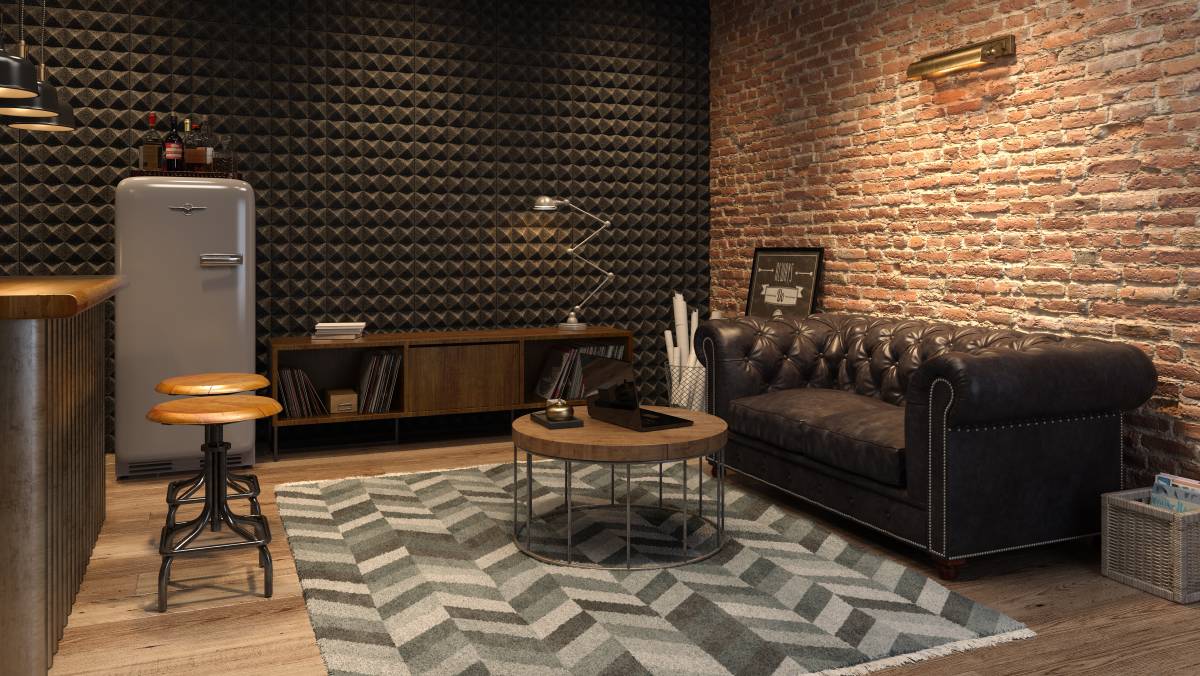
How to Soundproof a Room
Read more
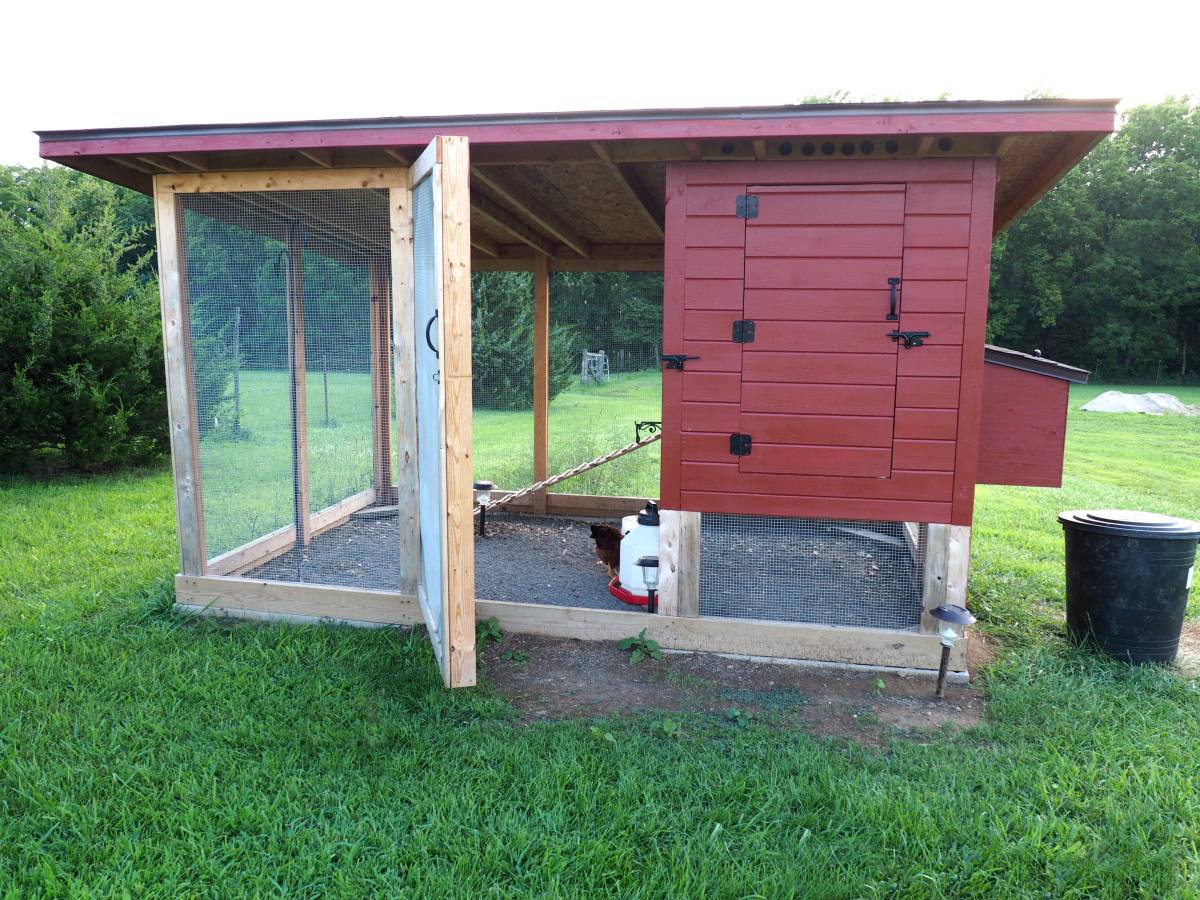
How to fox proof your chicken coop
Read more

How to install curtain rods
Read more
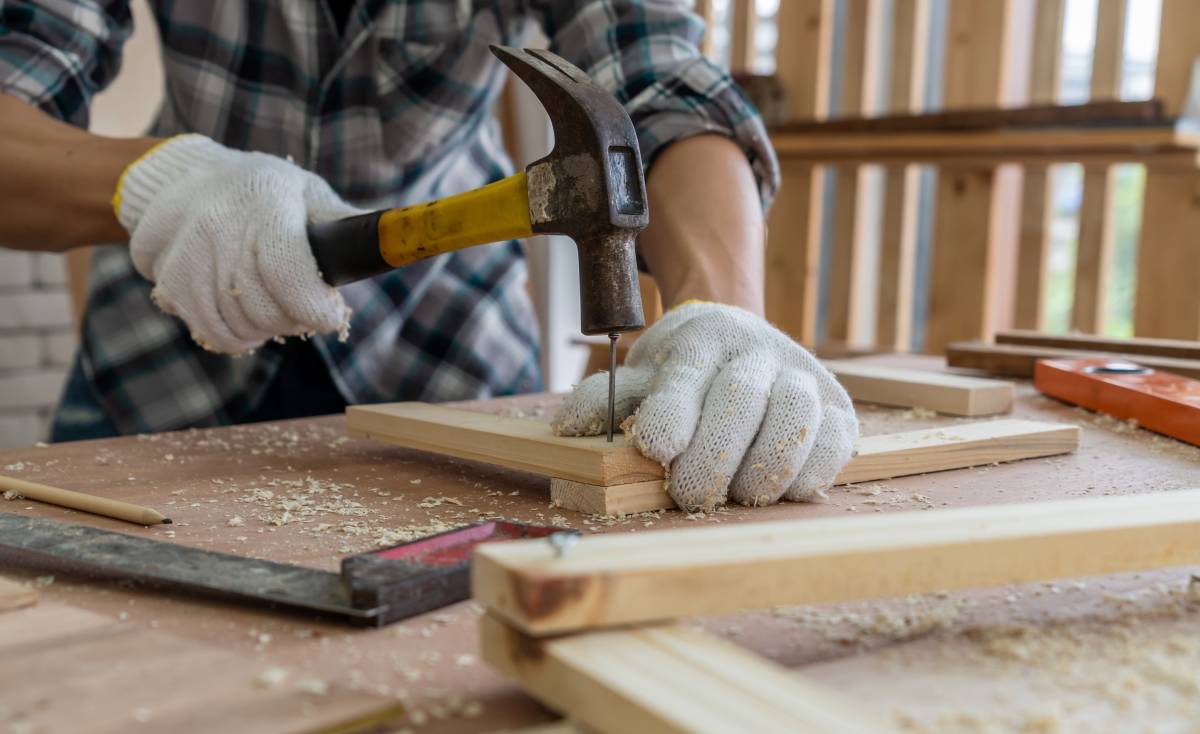
Best blue-collar jobs on Airtasker
Read more
Related price pages
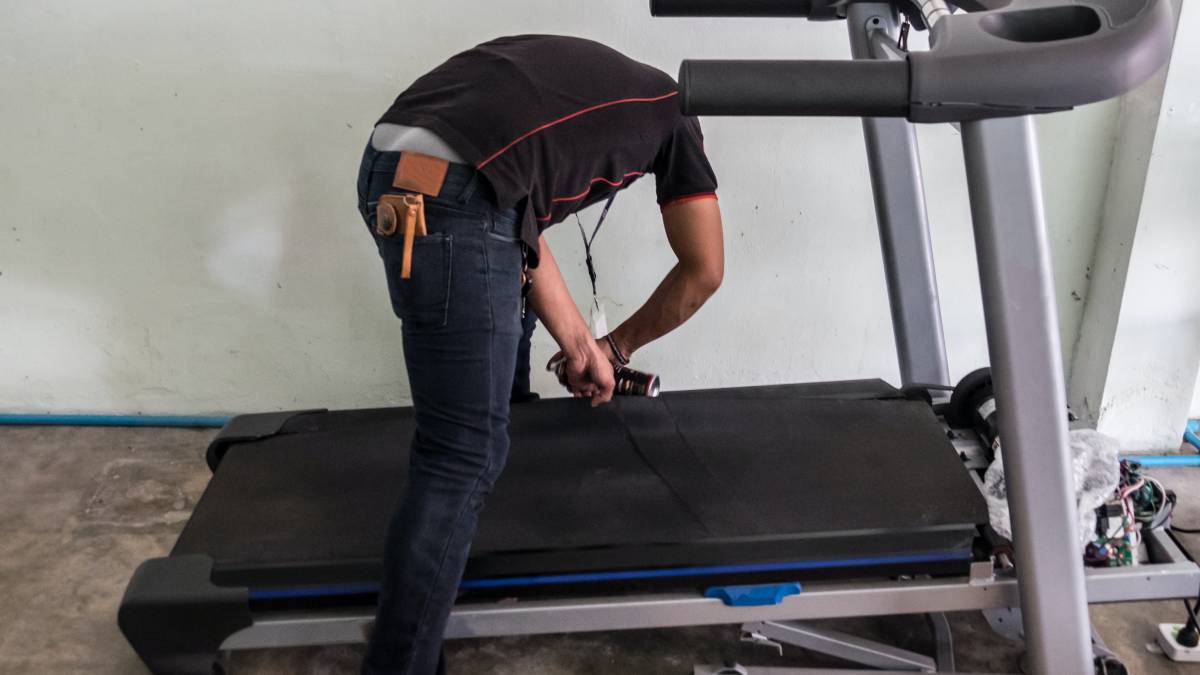
How much does treadmill repair cost?
Read more
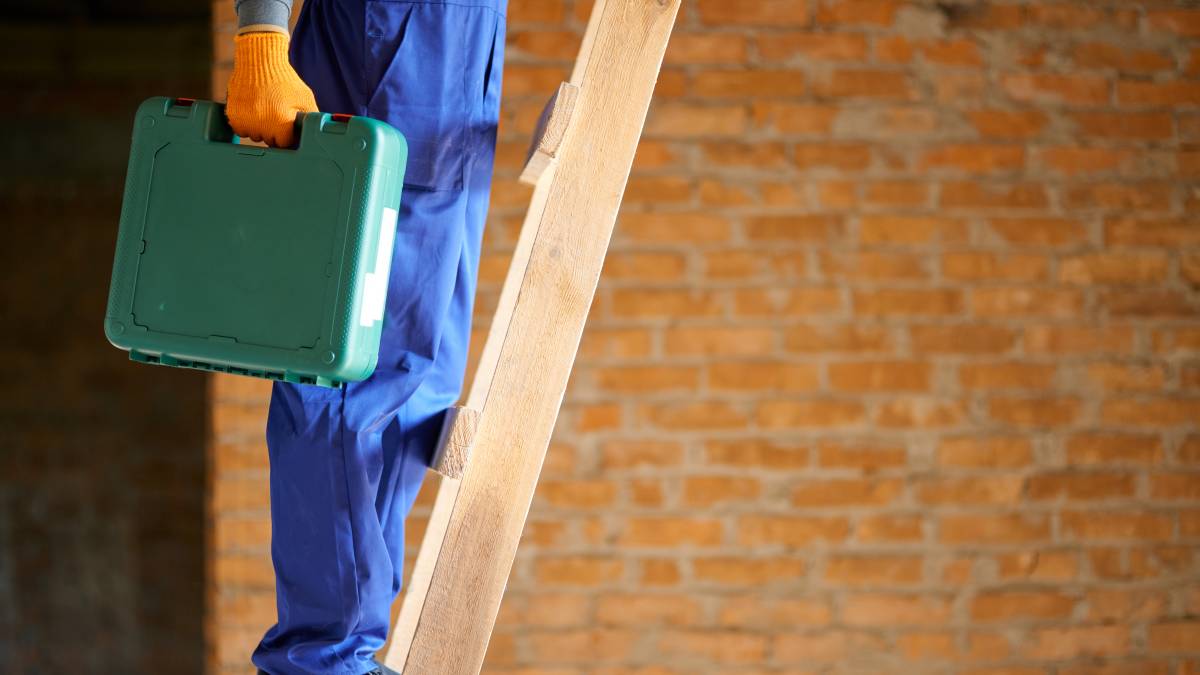
What are average handyman prices?
Read more
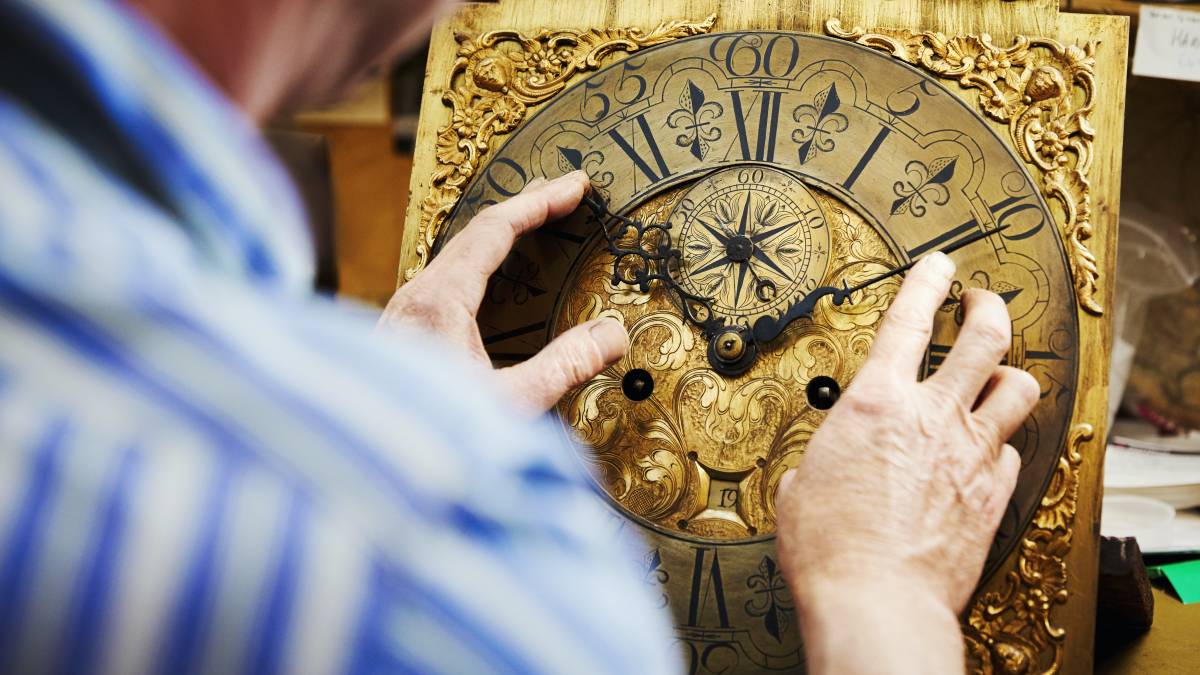
How much does clock repair cost?
Read more
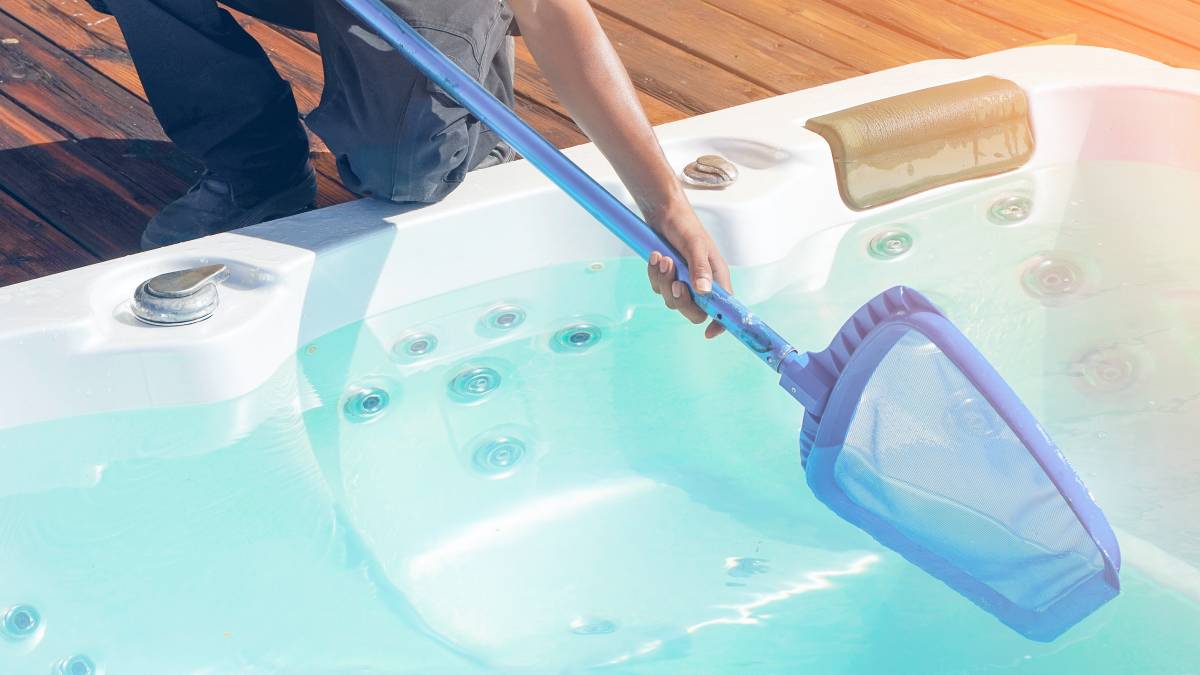
How much does hot tub repair cost?
Read more
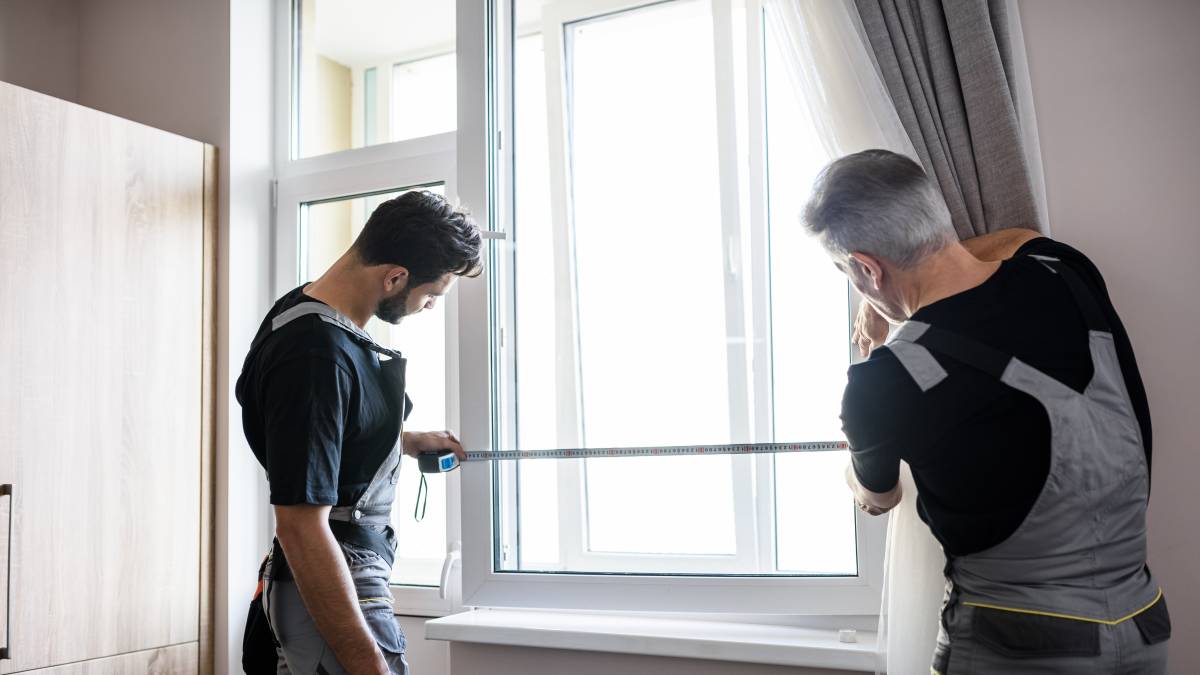
How much do roman blinds cost?
Read more

How much does a sunroom cost?
Read more
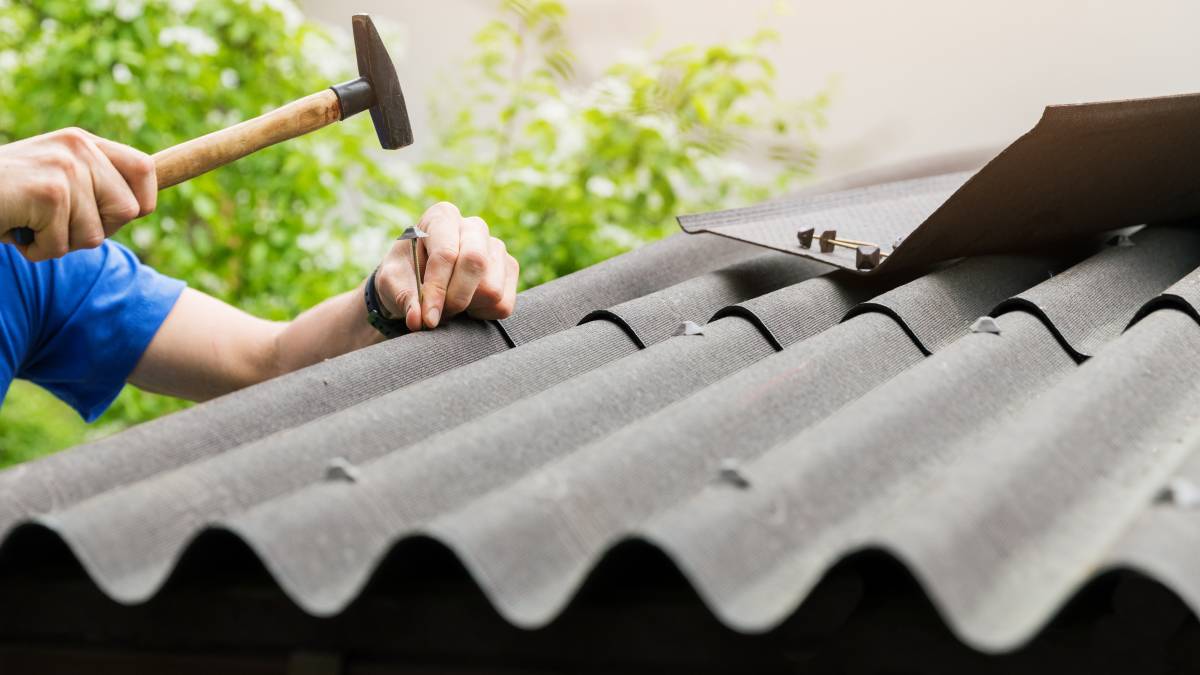
How much does shed roof repair cost?
Read more

How much does signage cost?
Read more
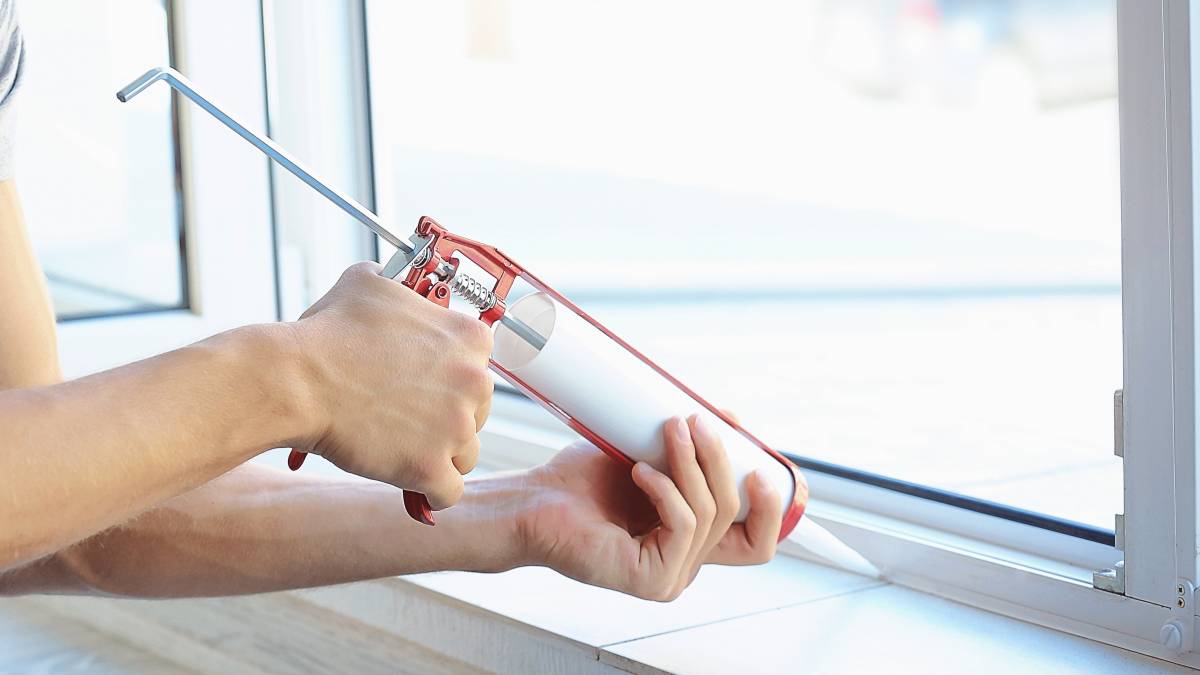
How much does window repair cost?
Read more
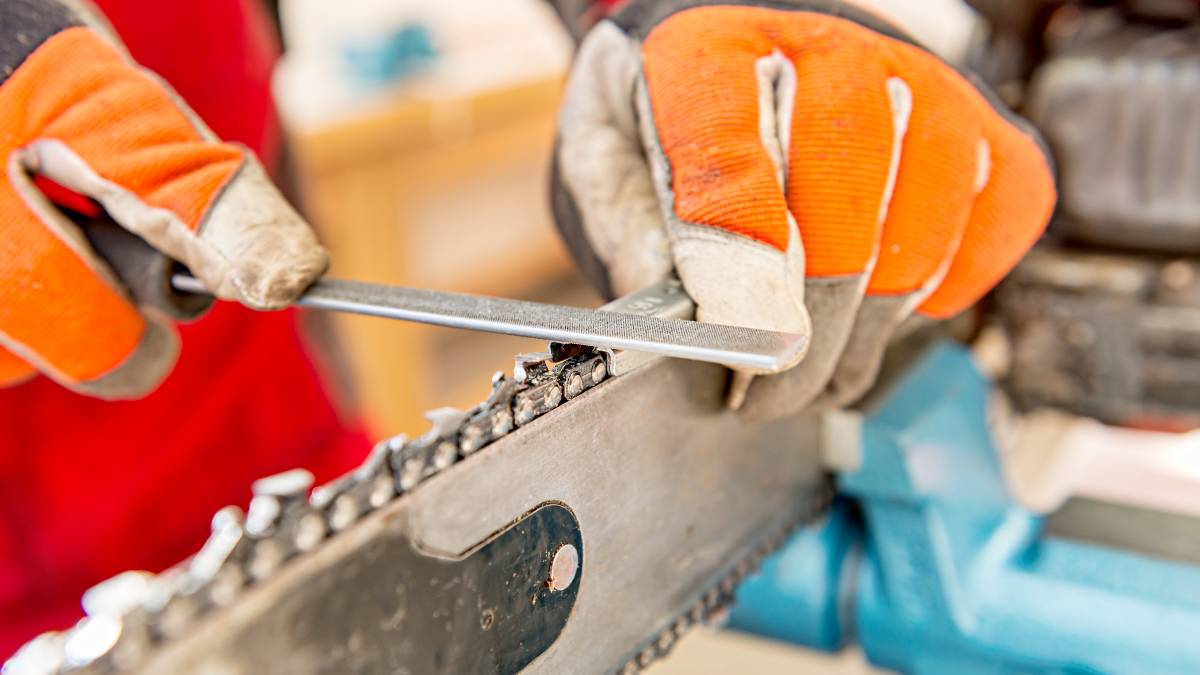
How much do chainsaw services cost?
Read more
